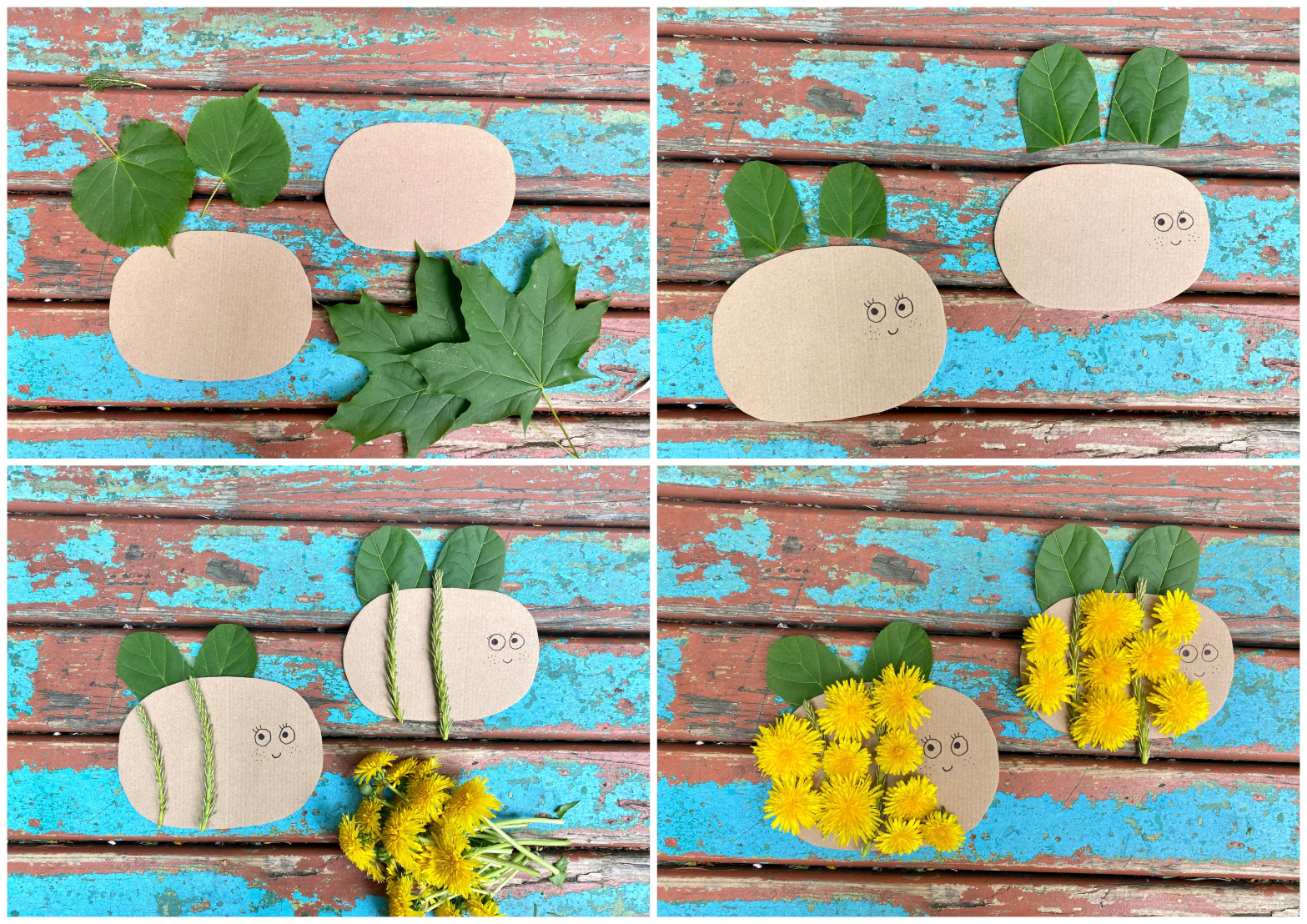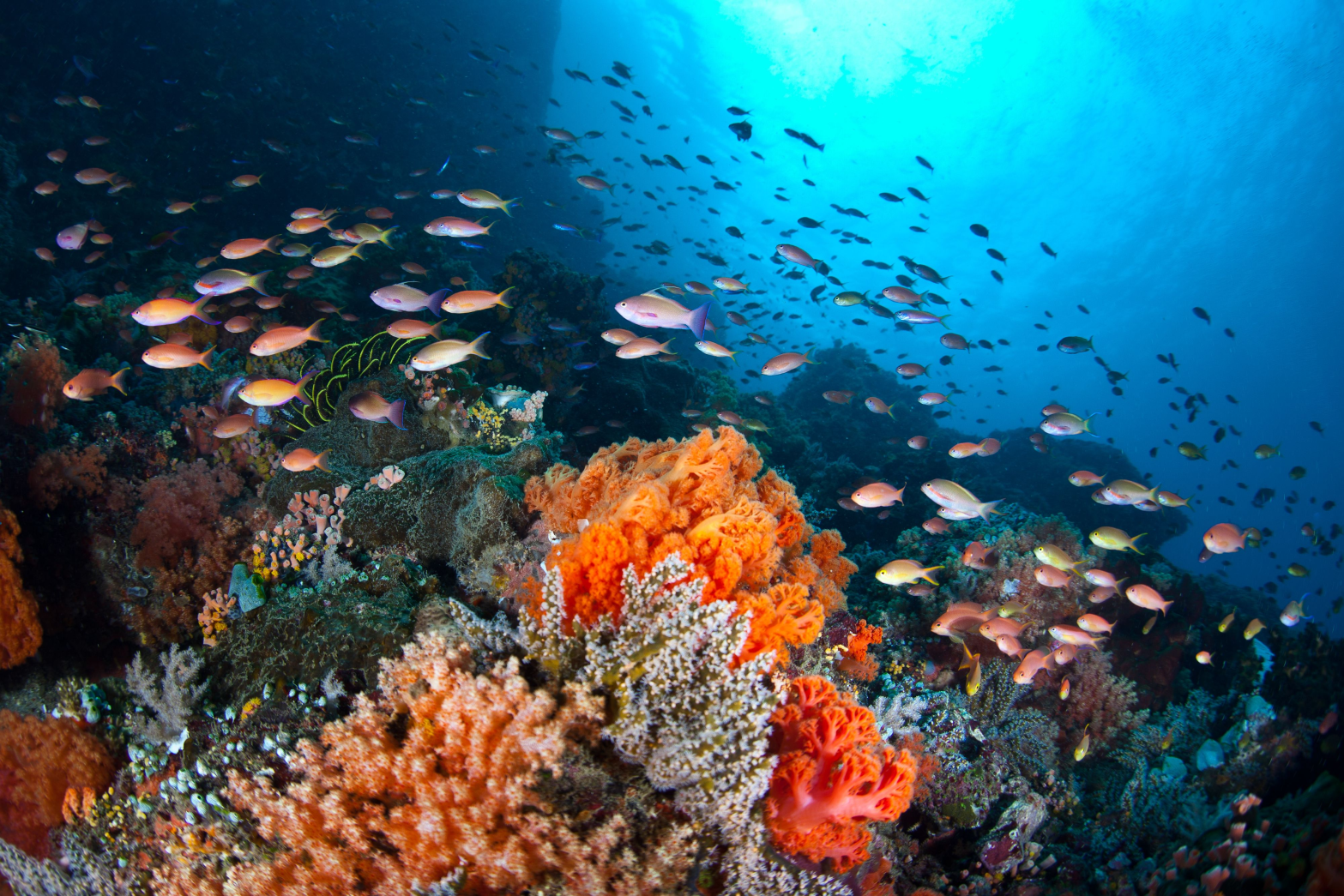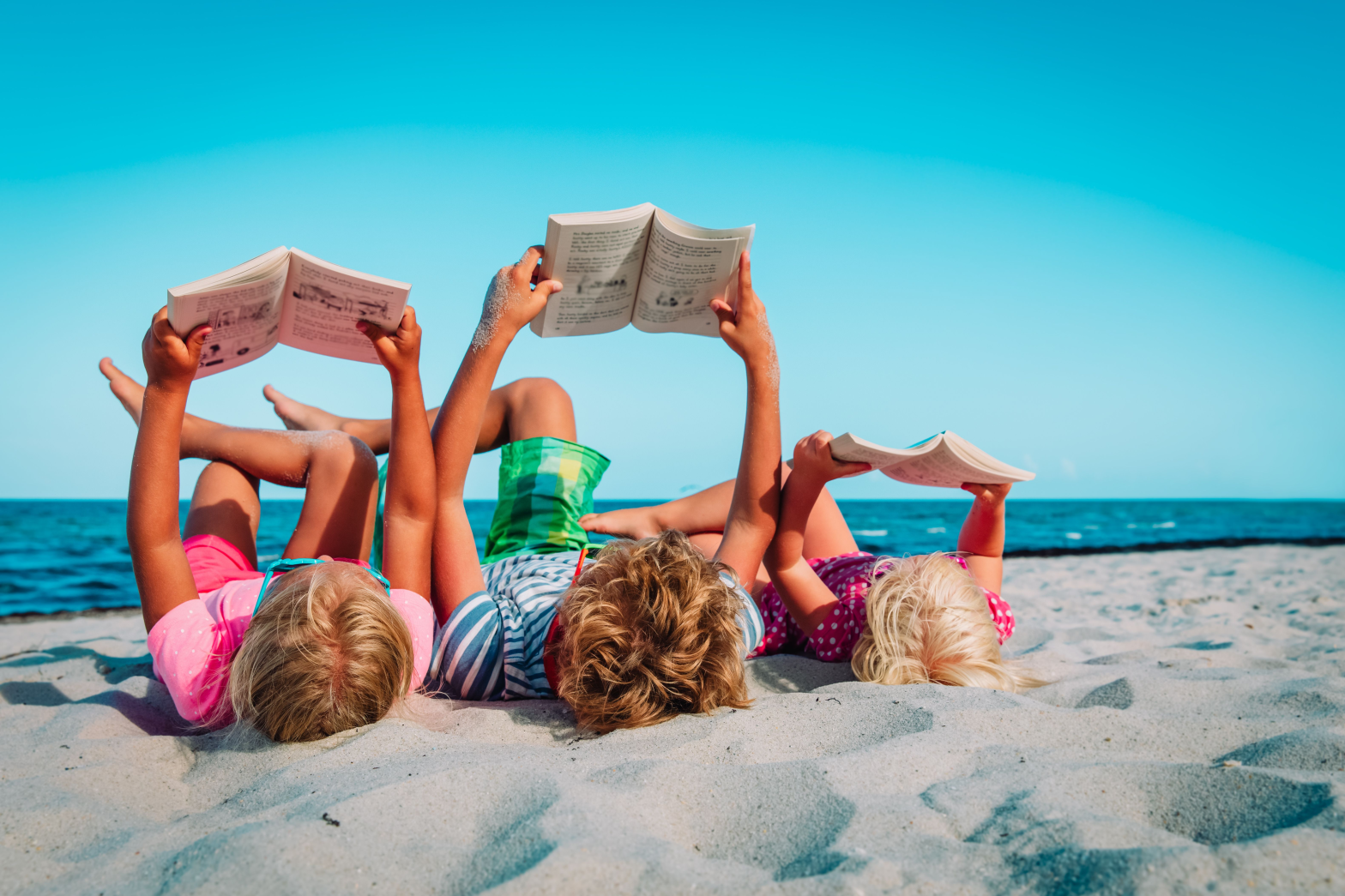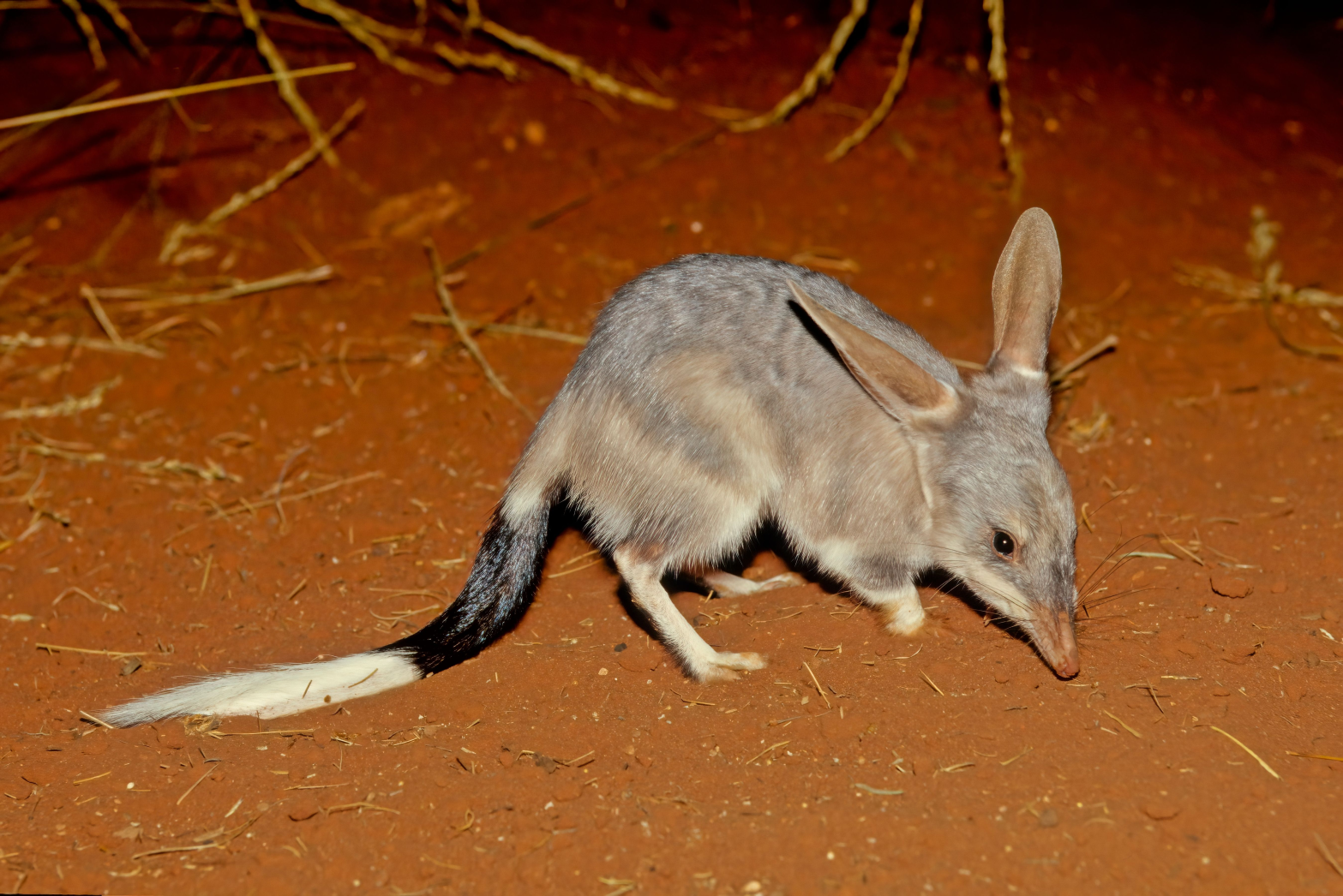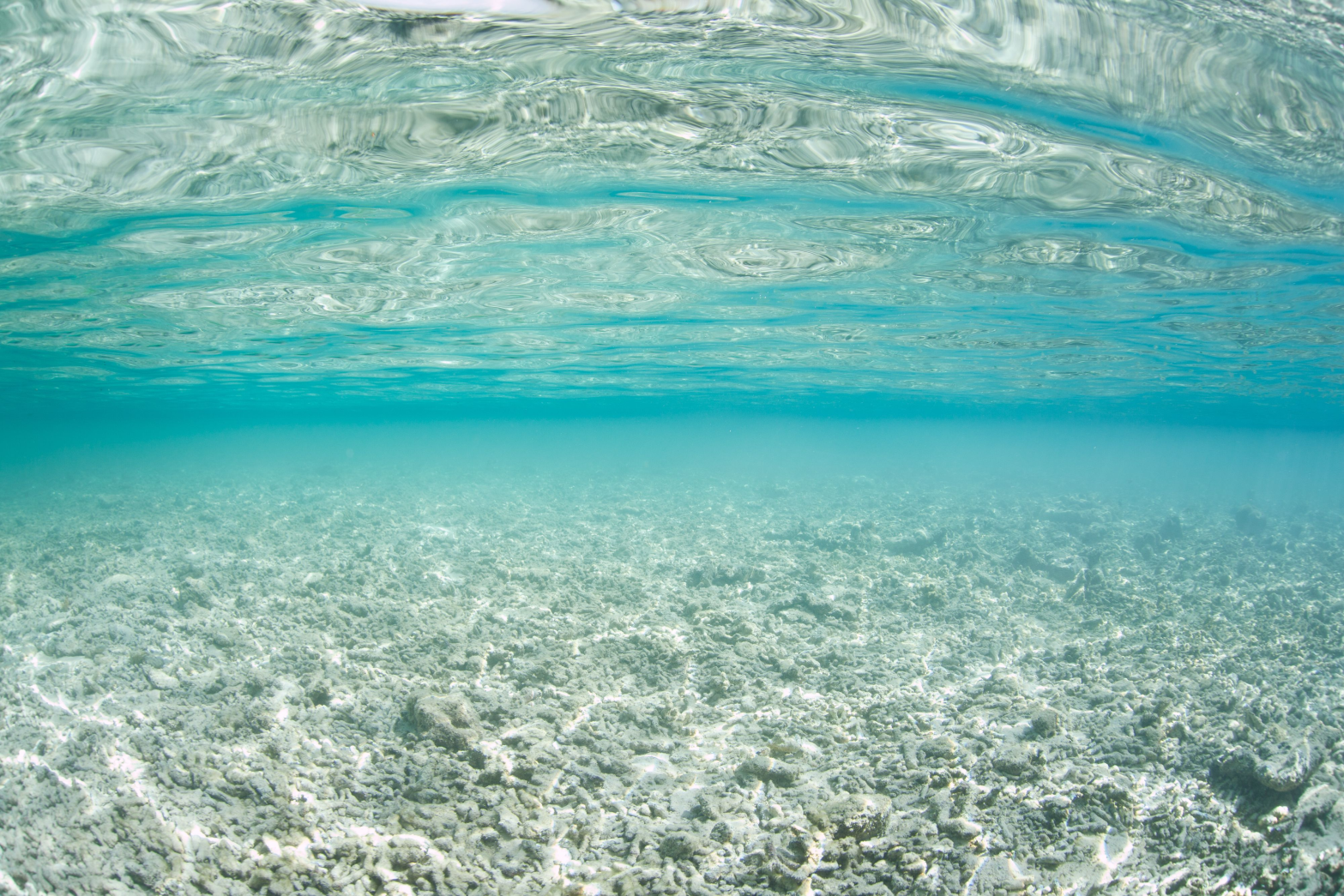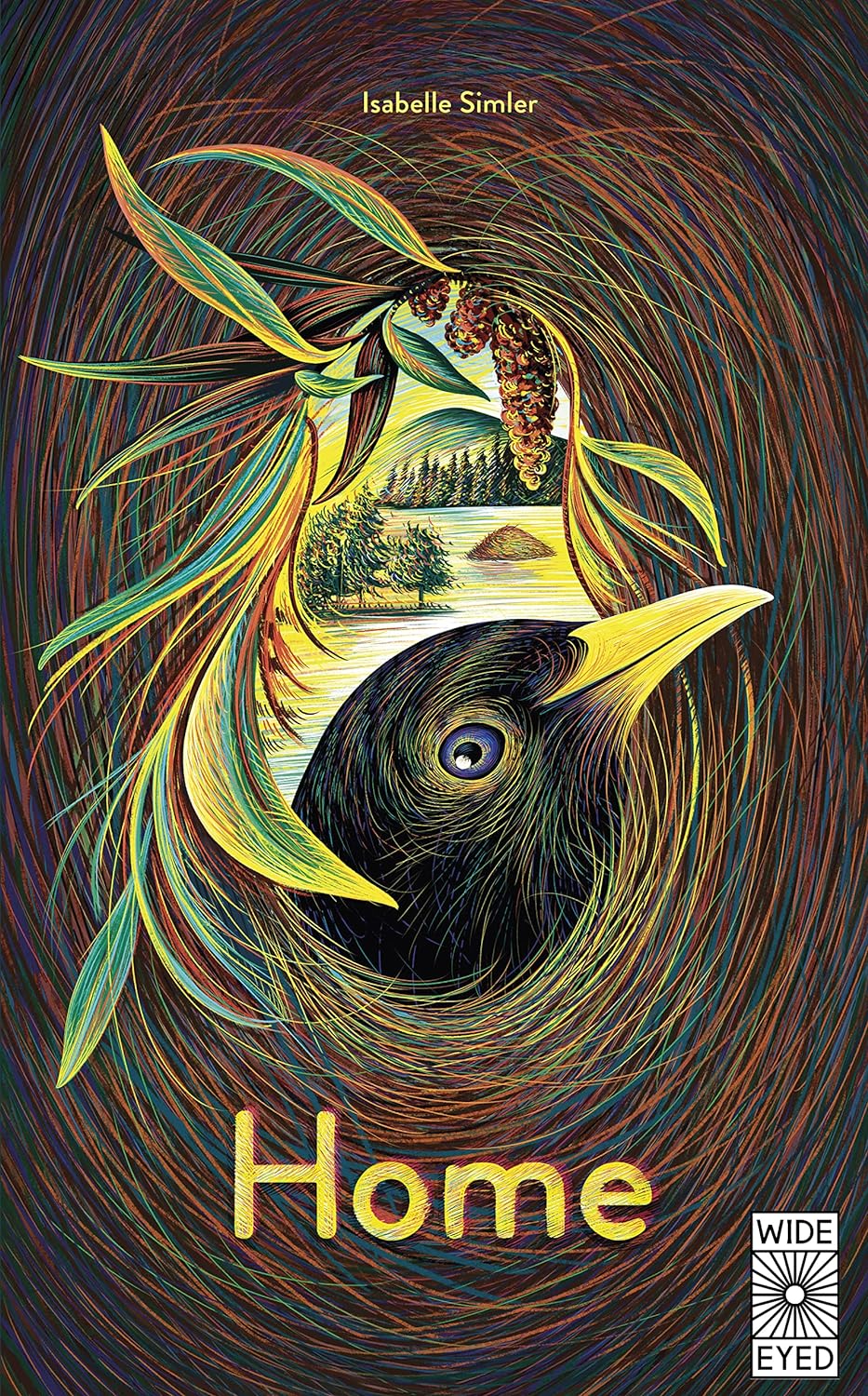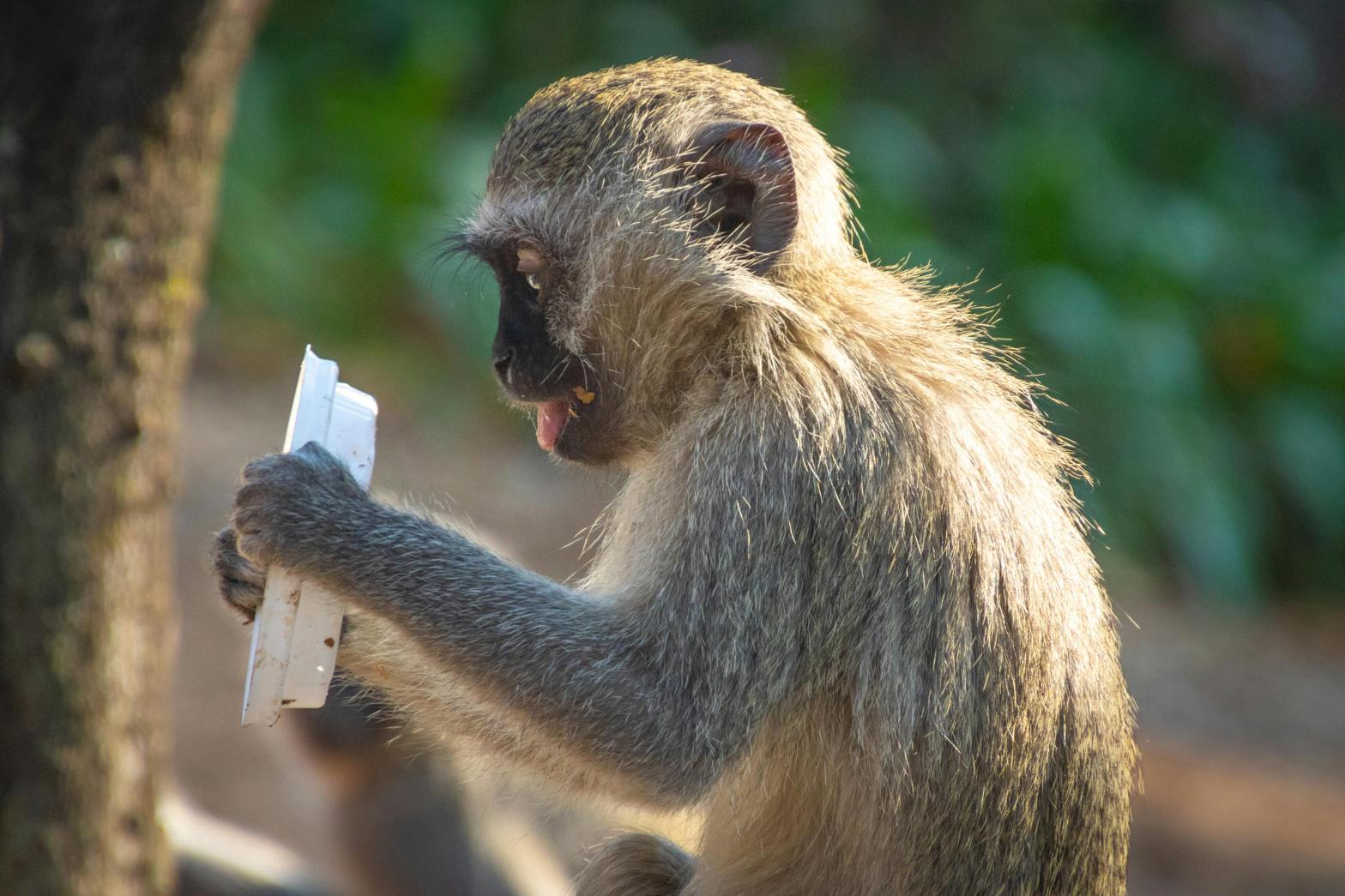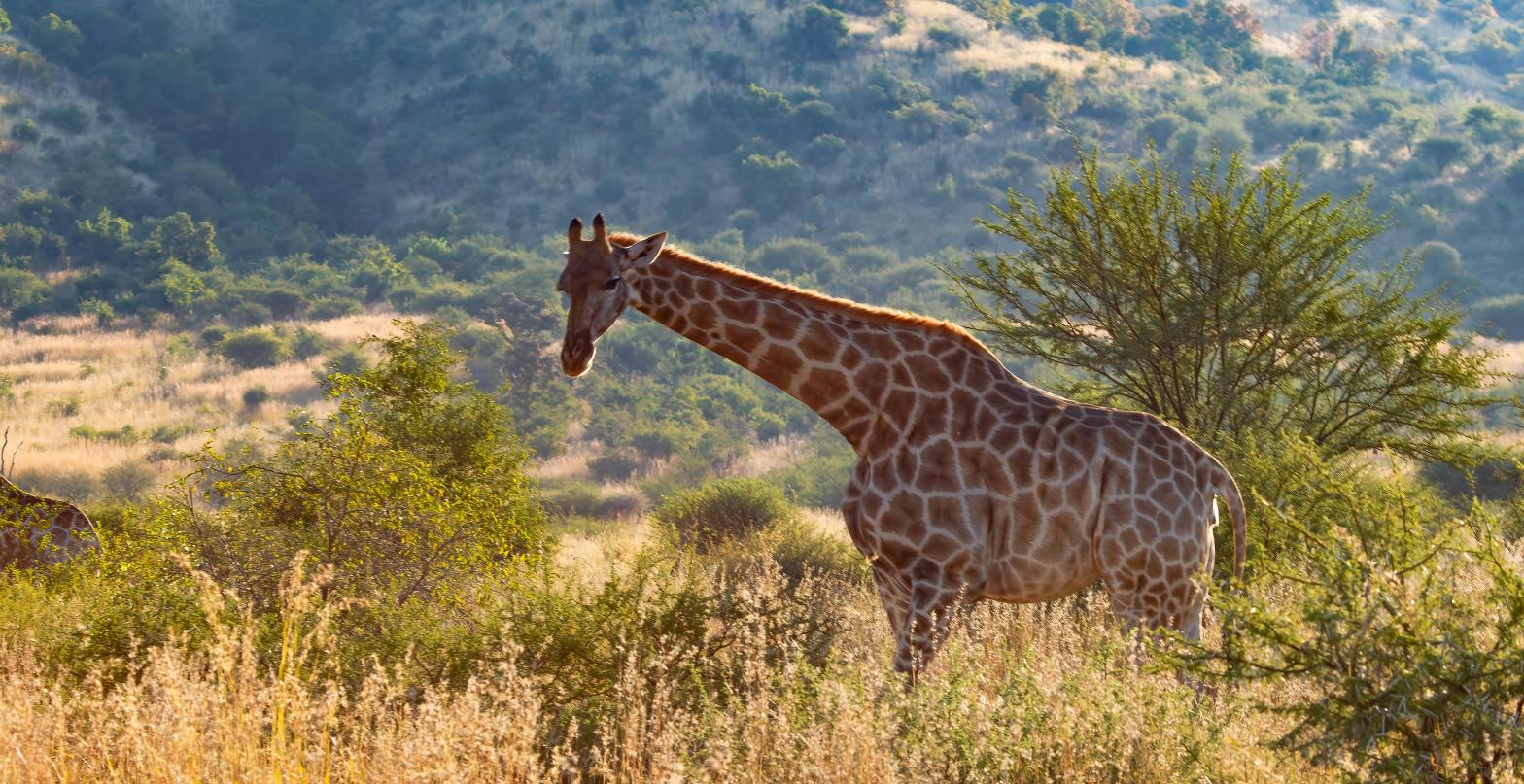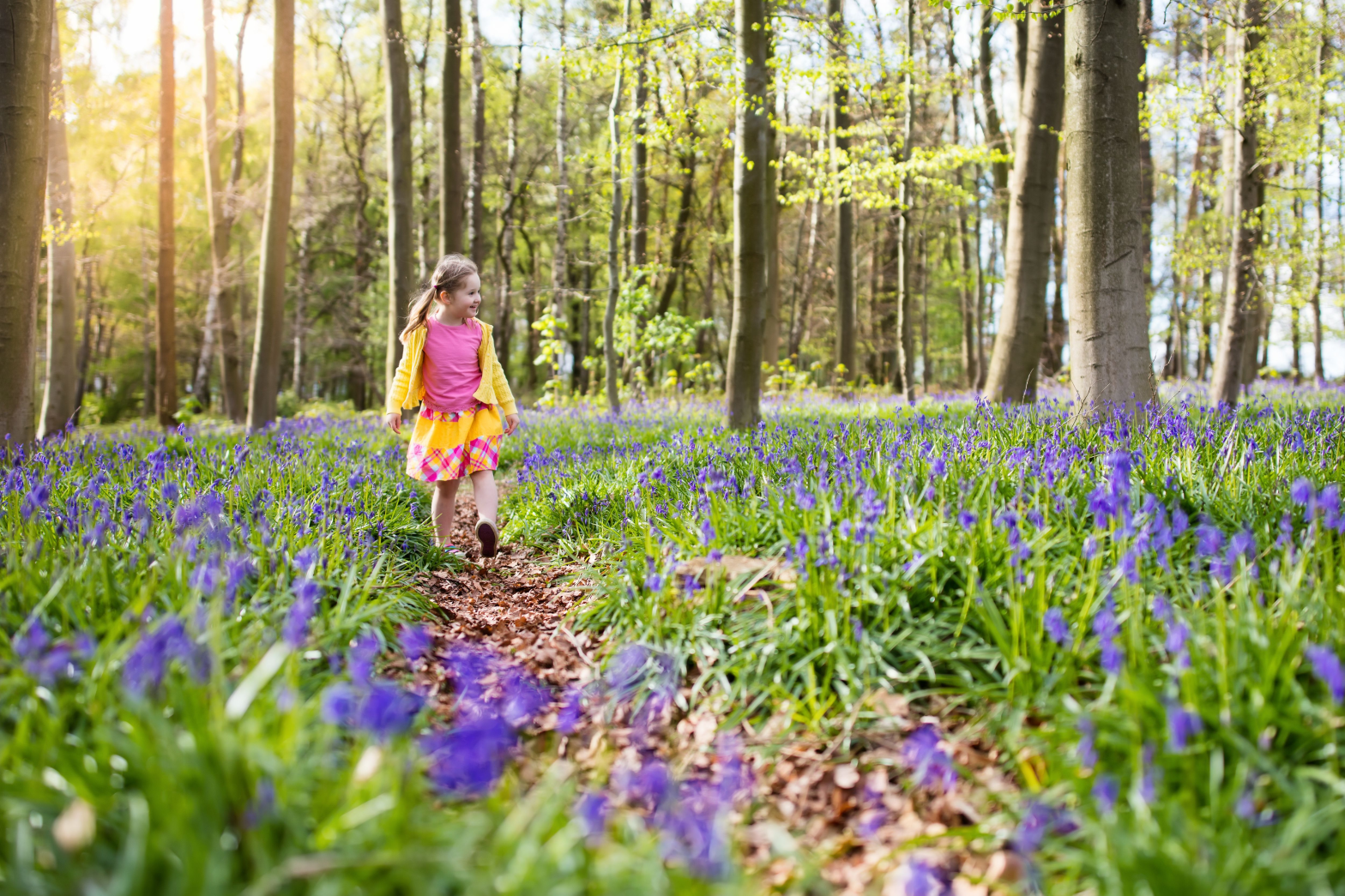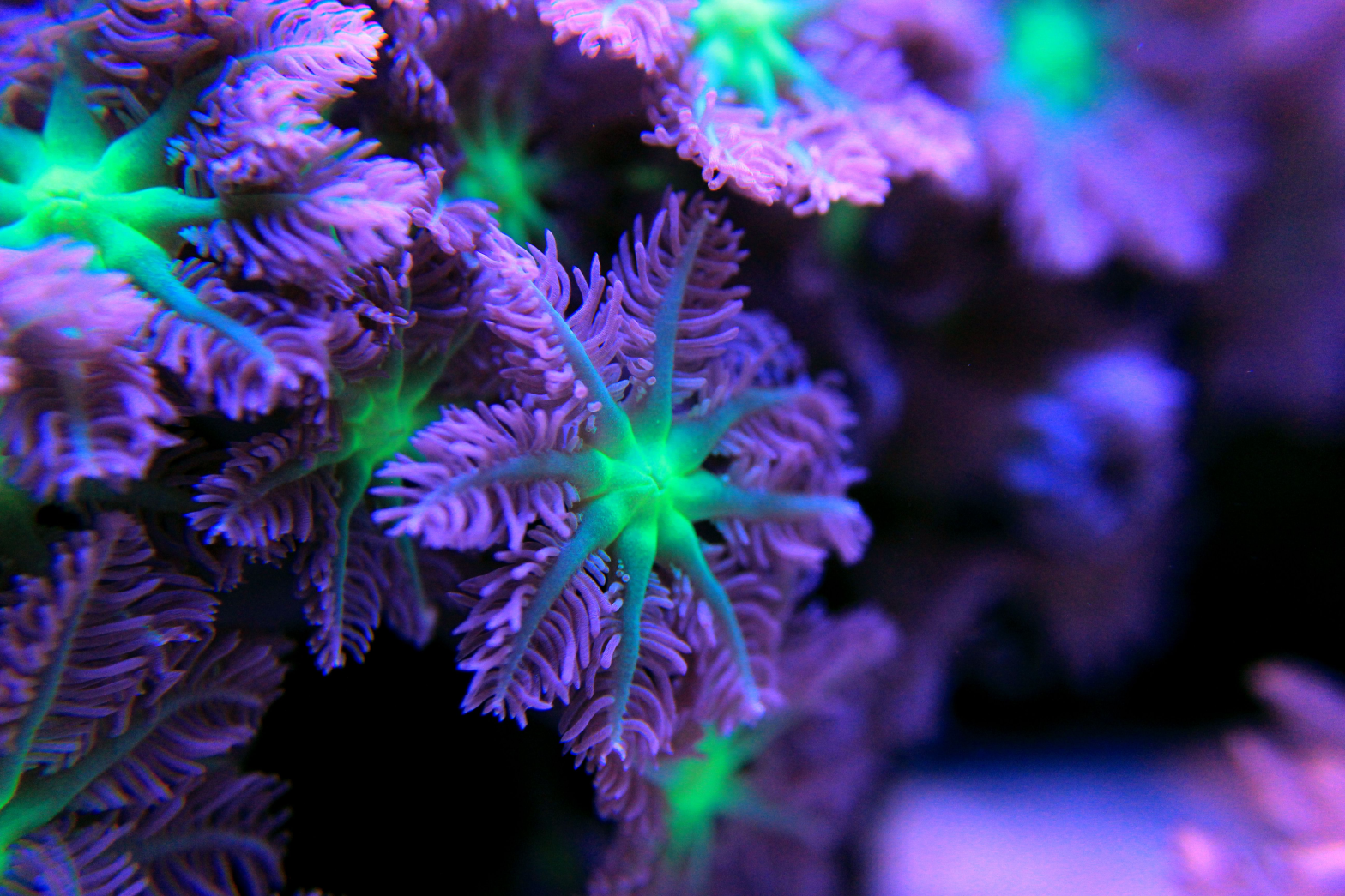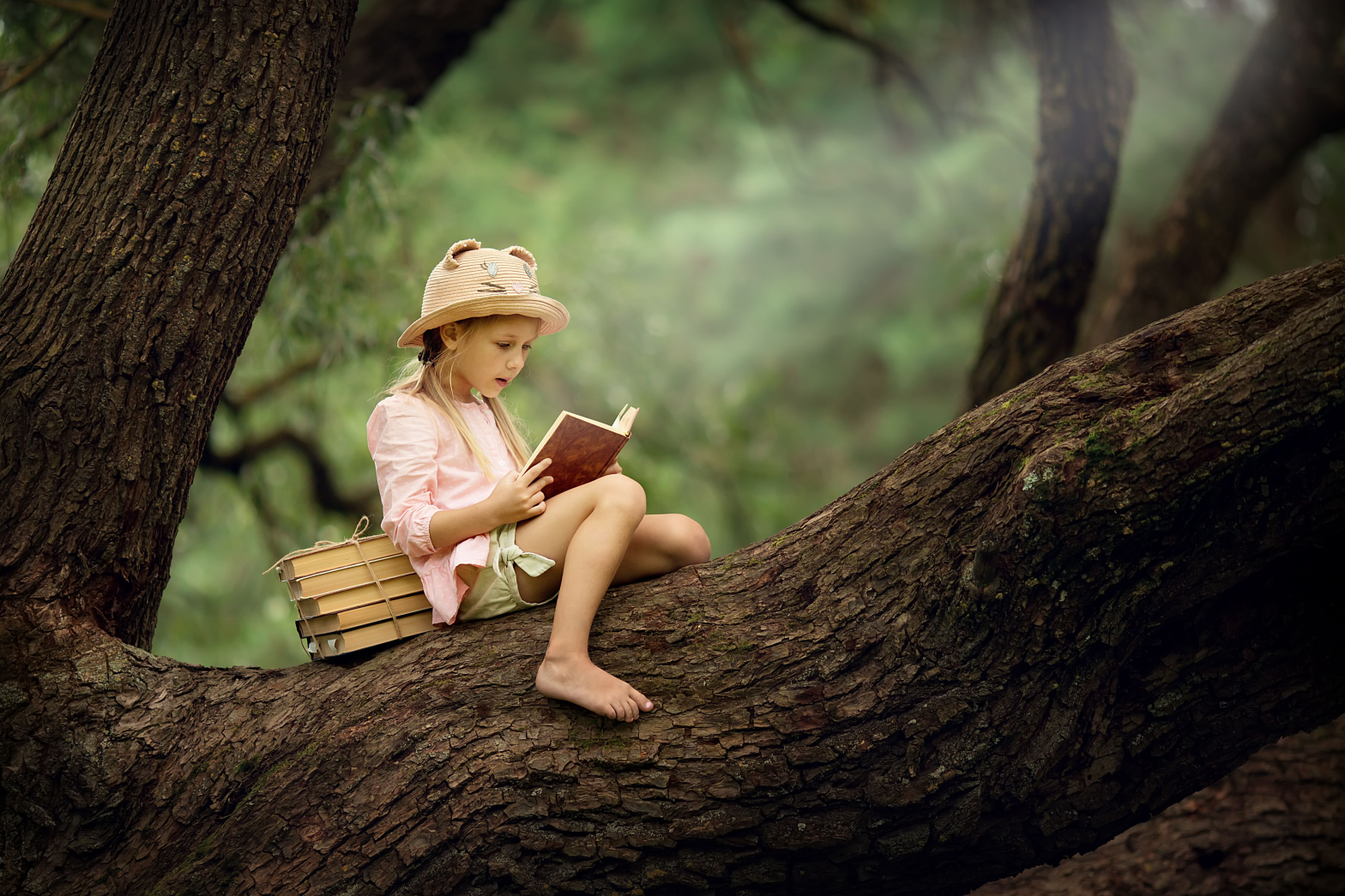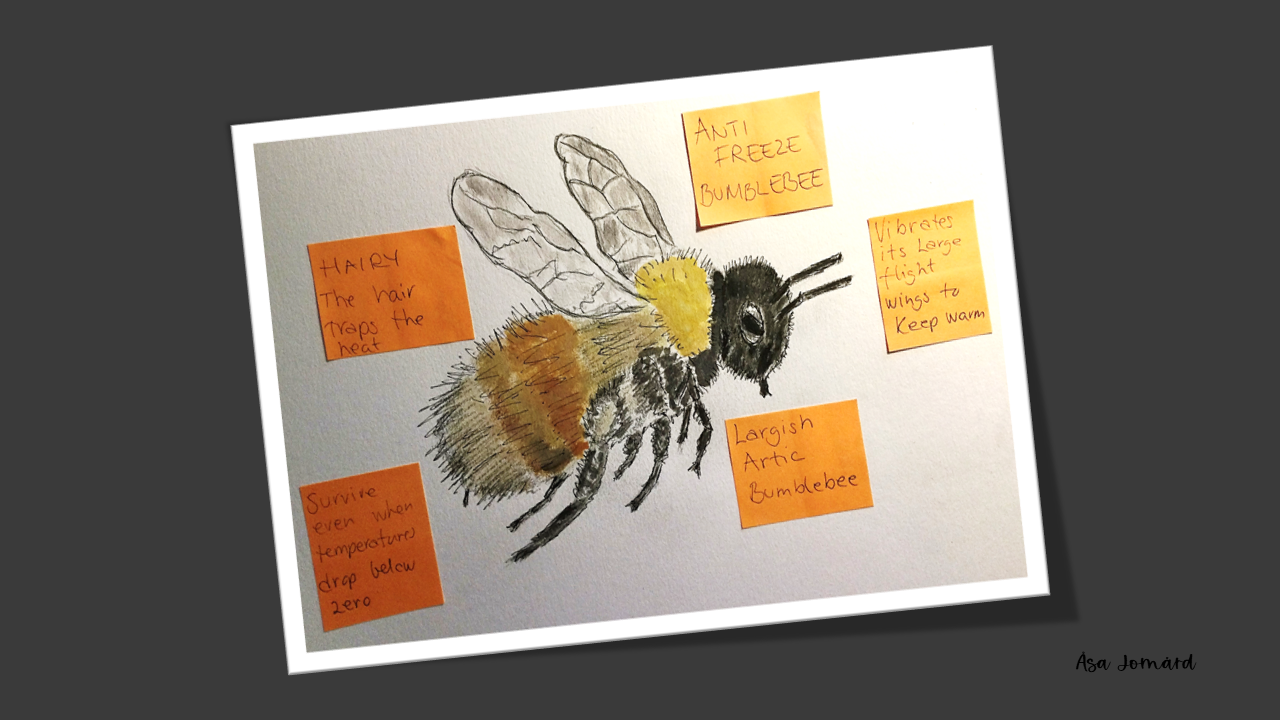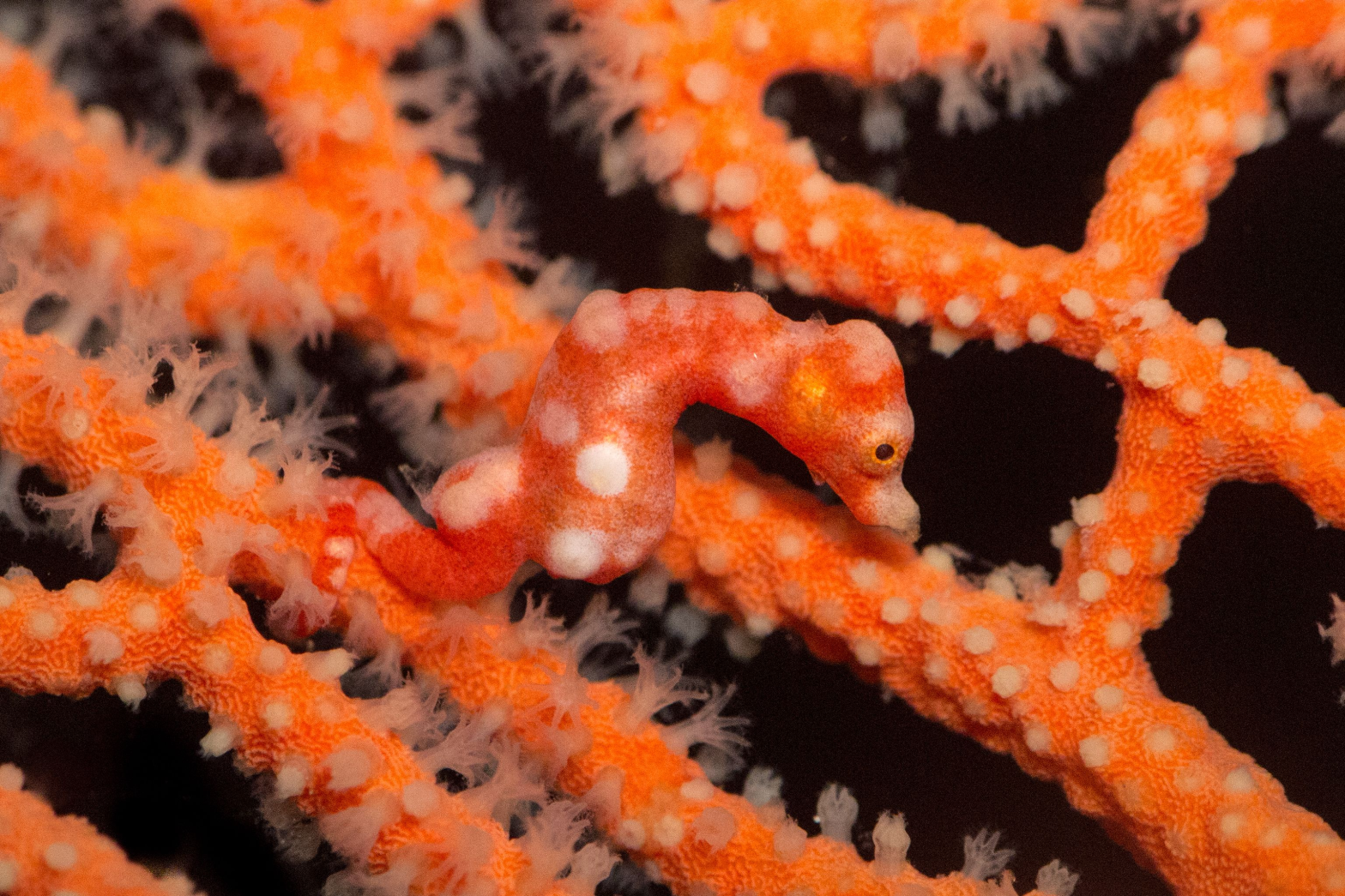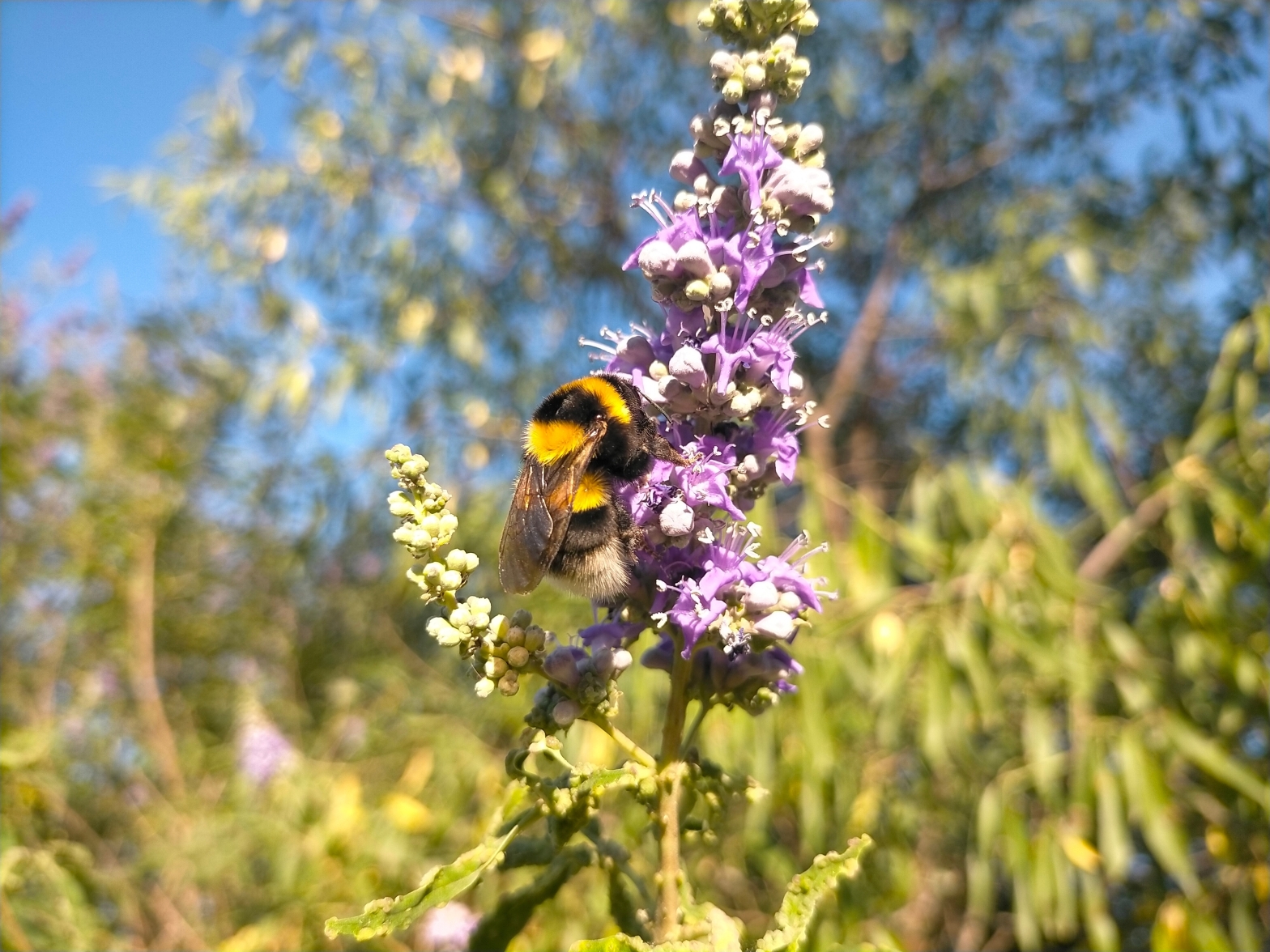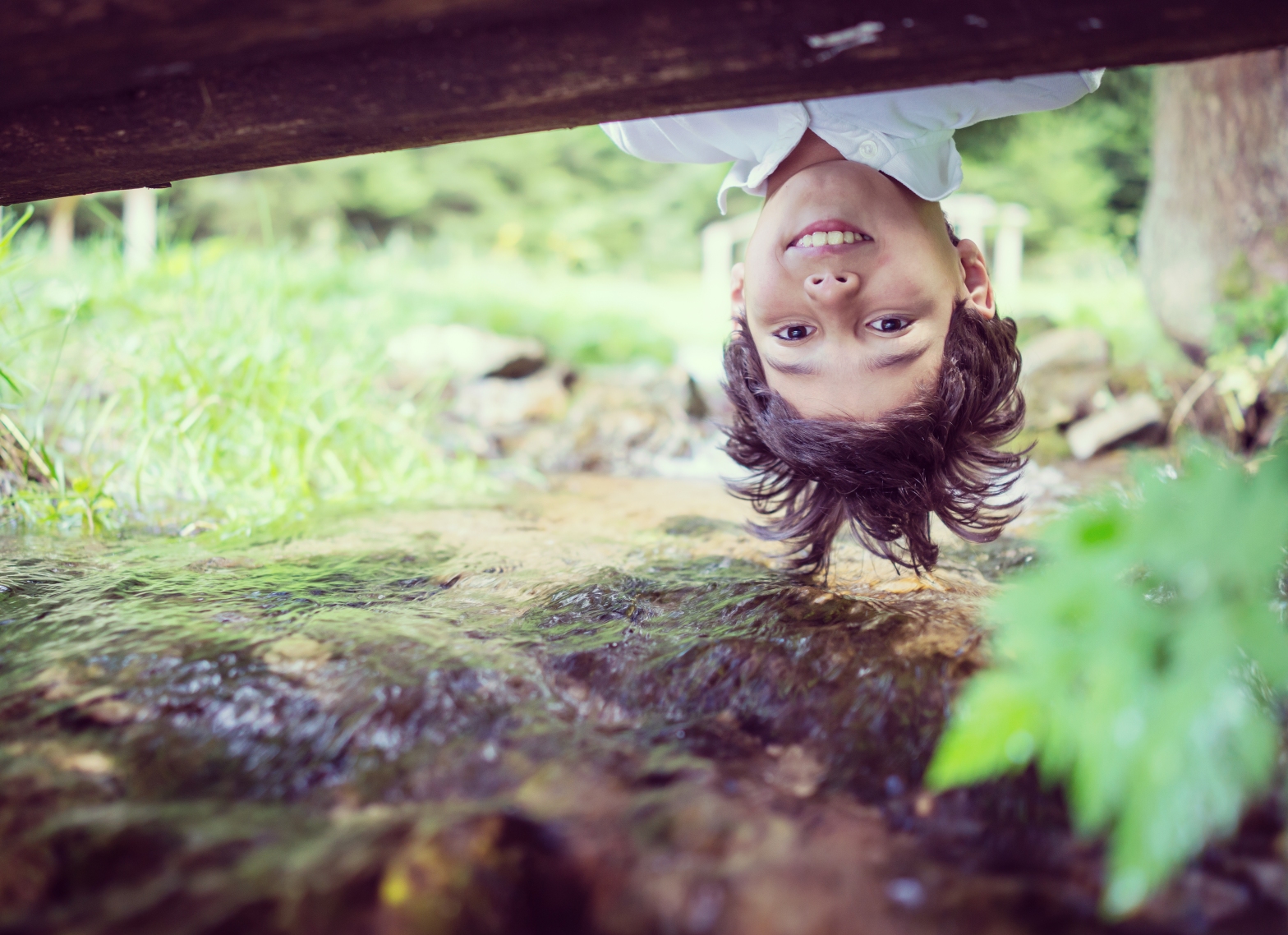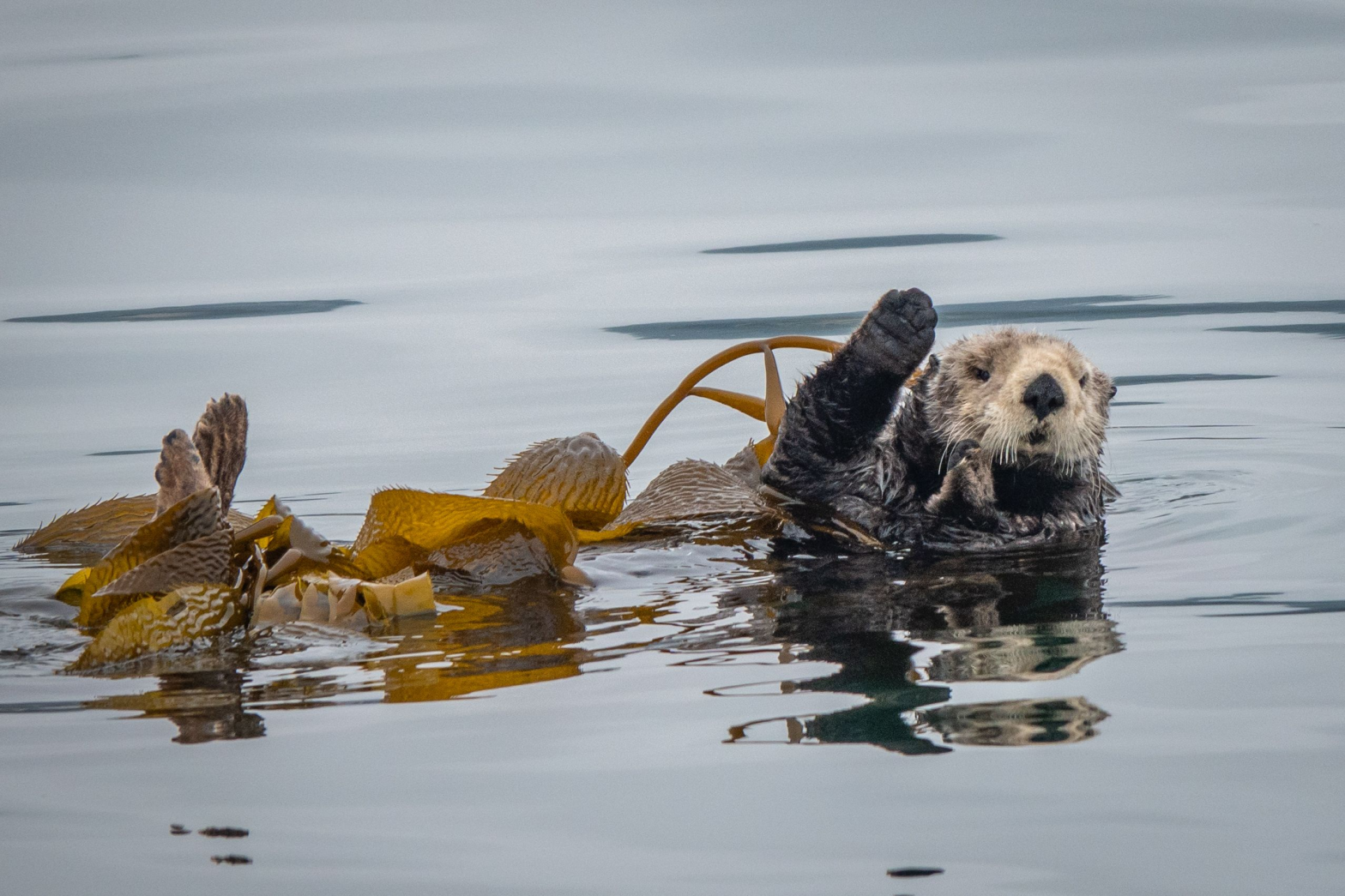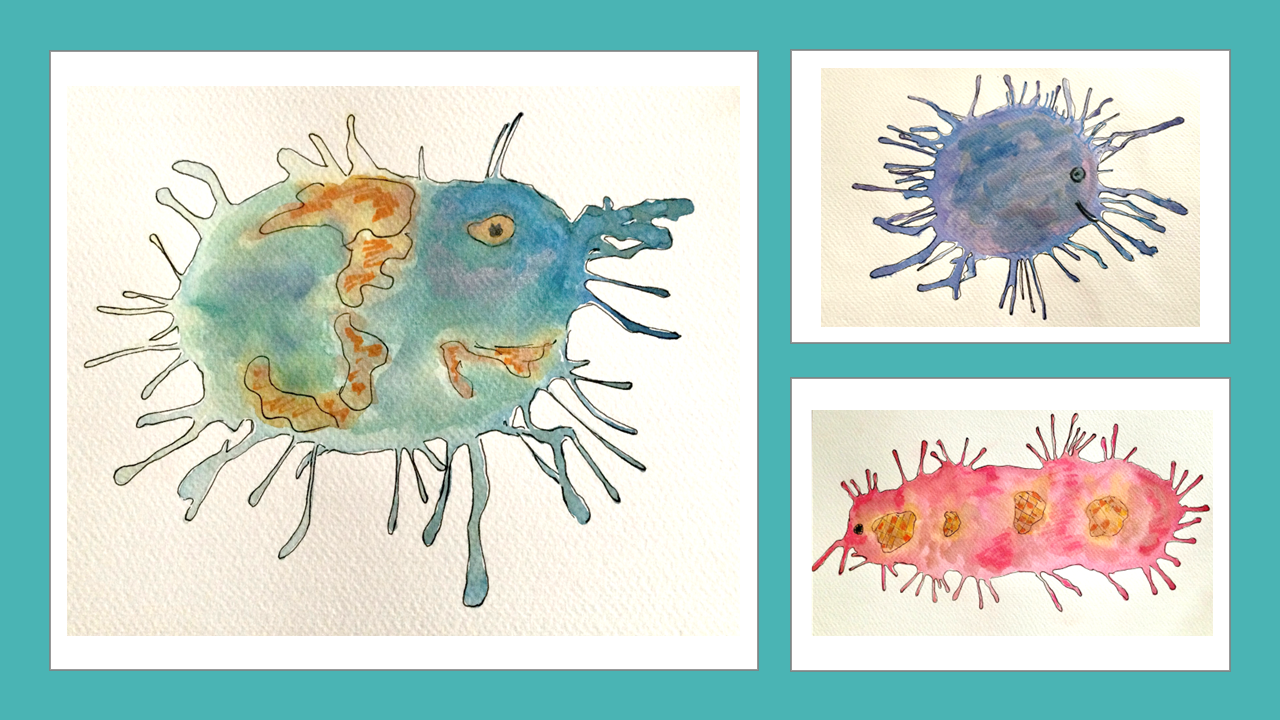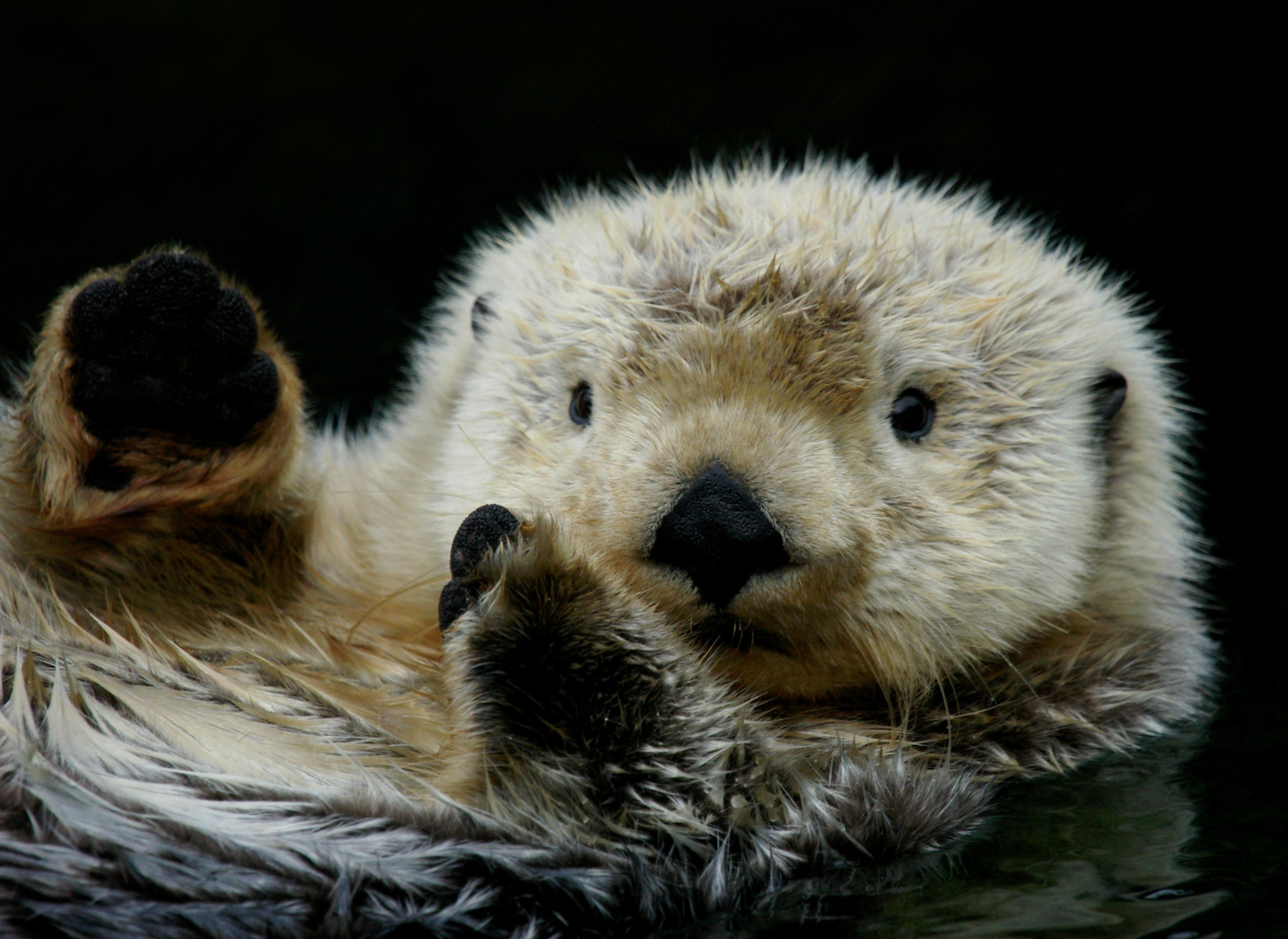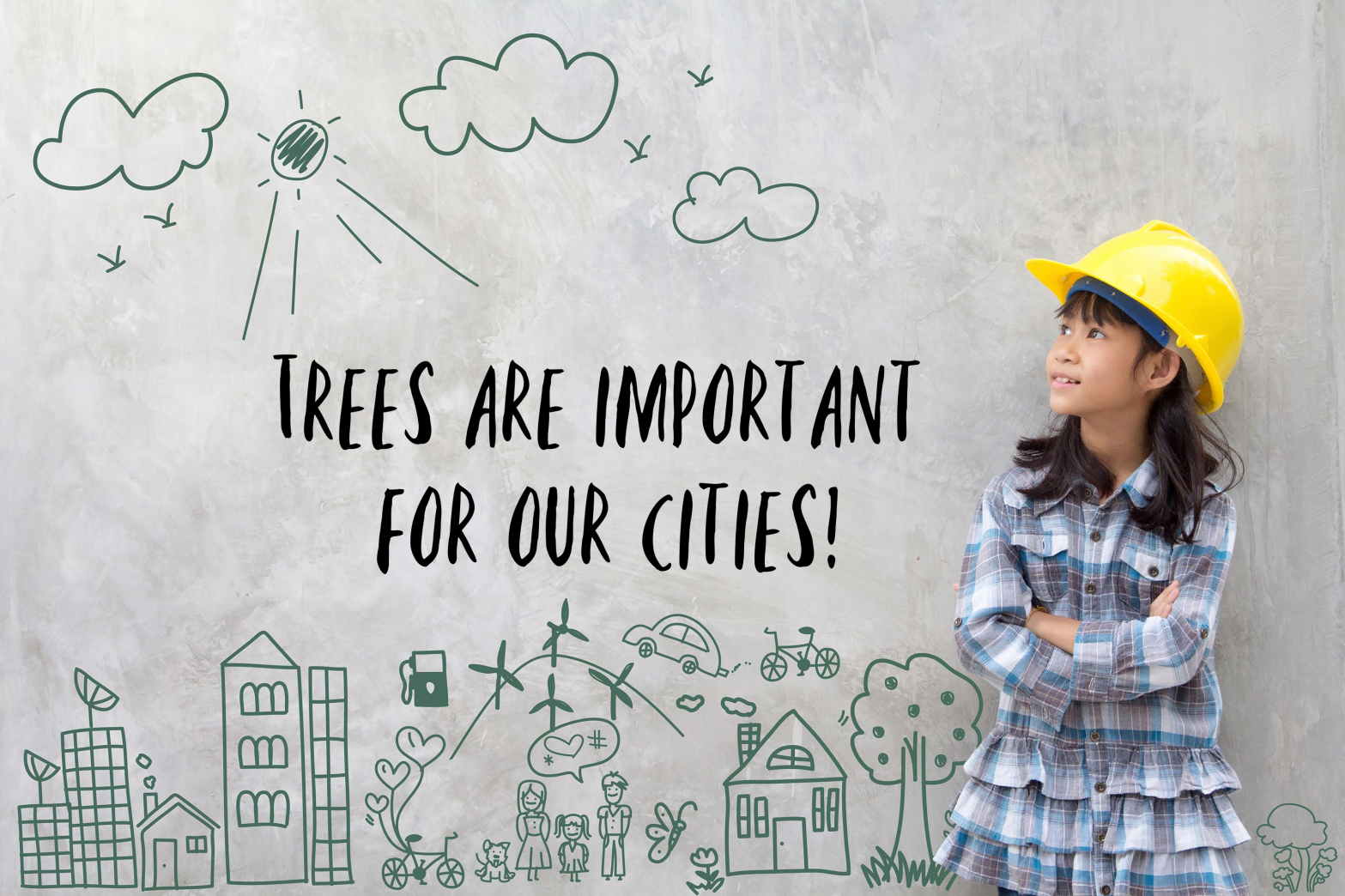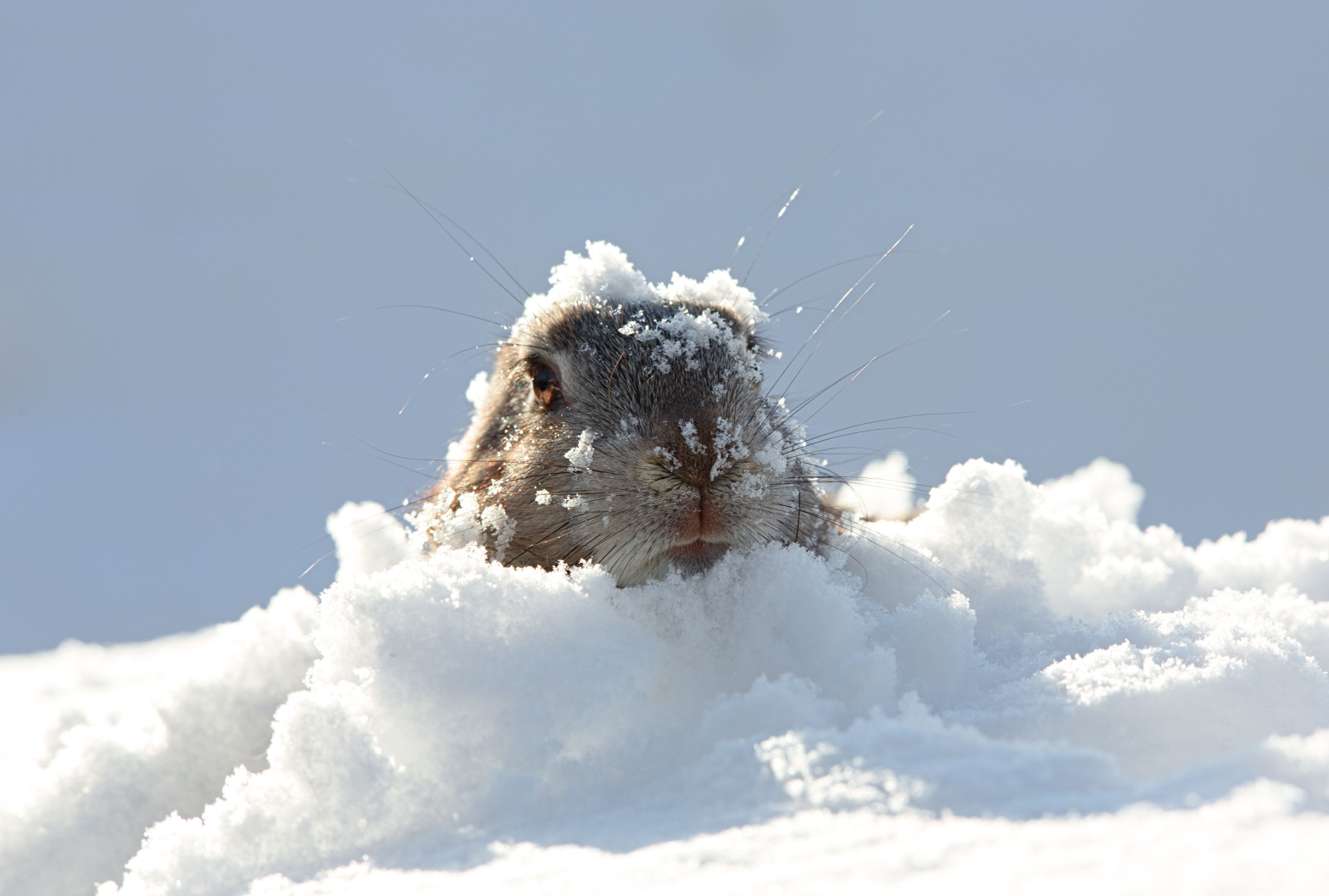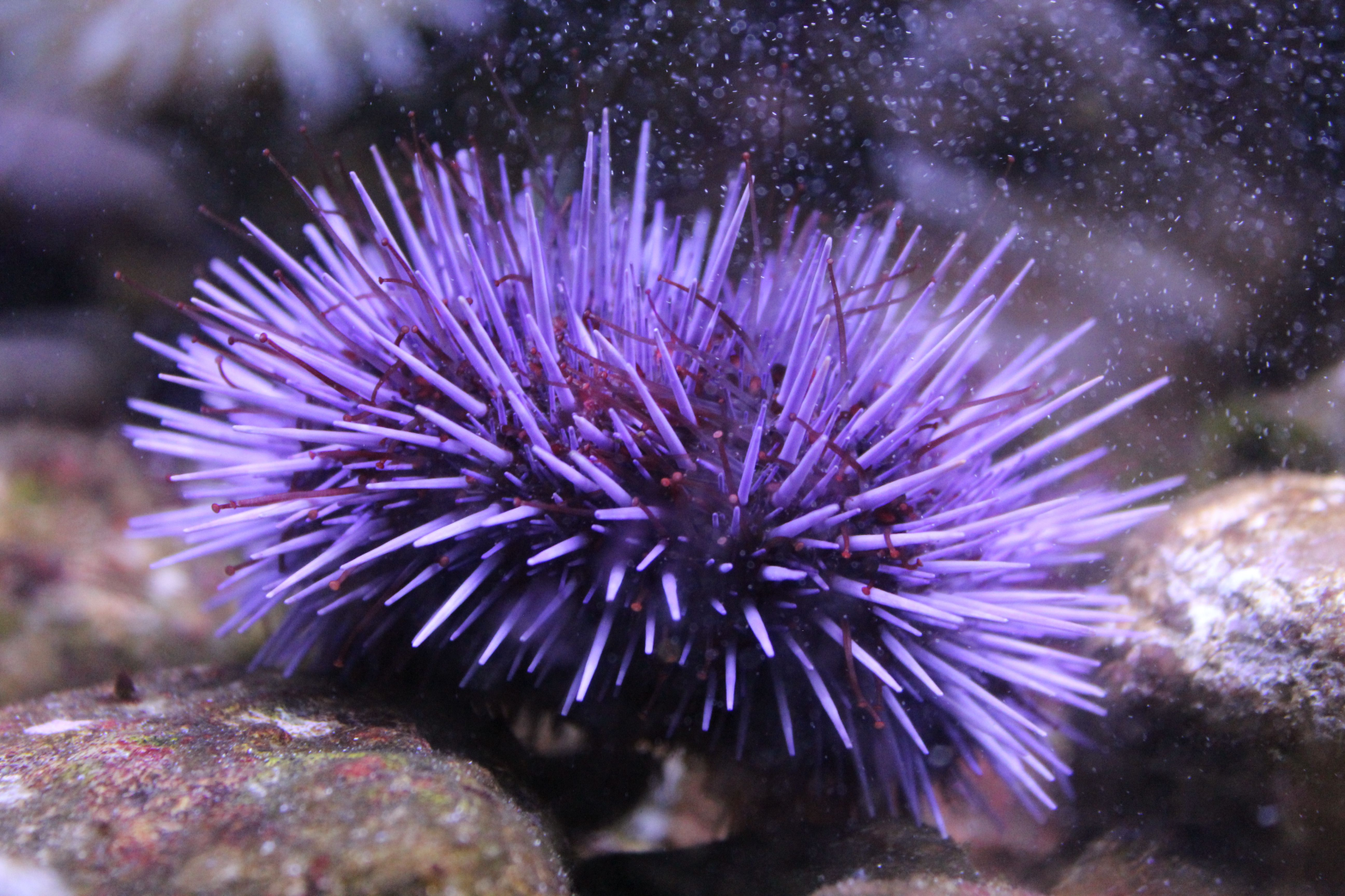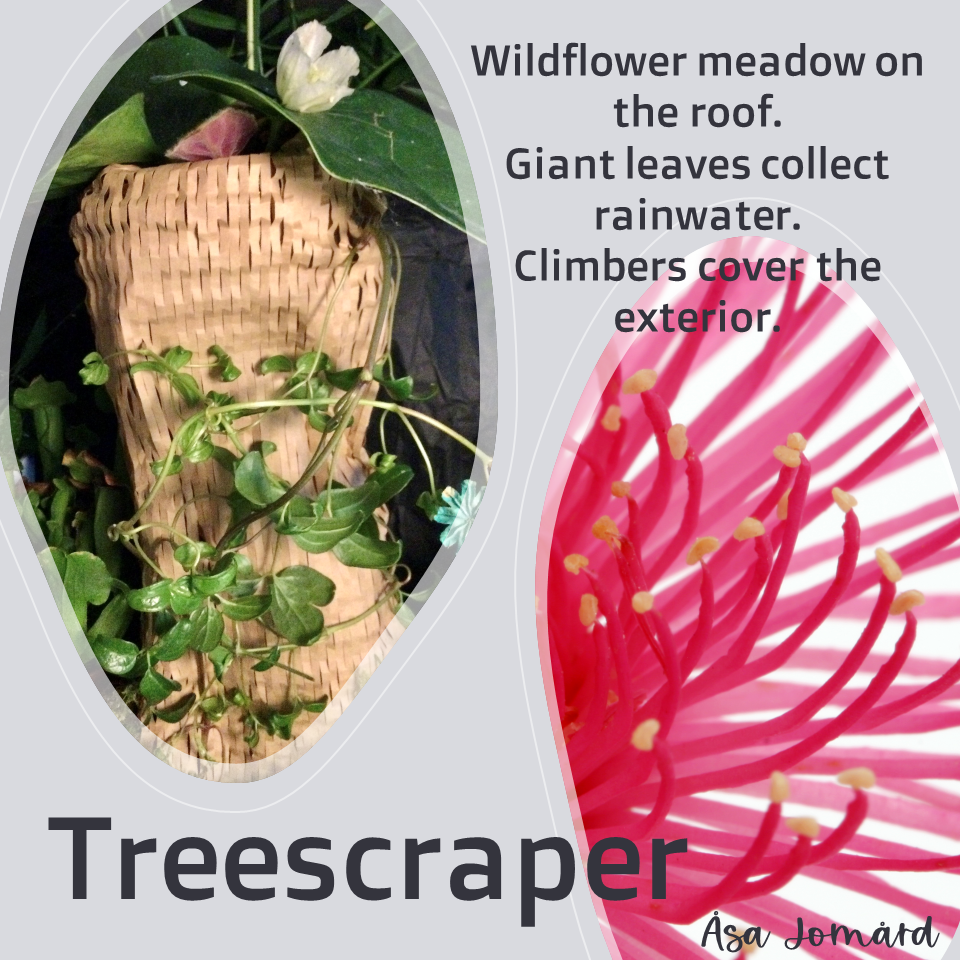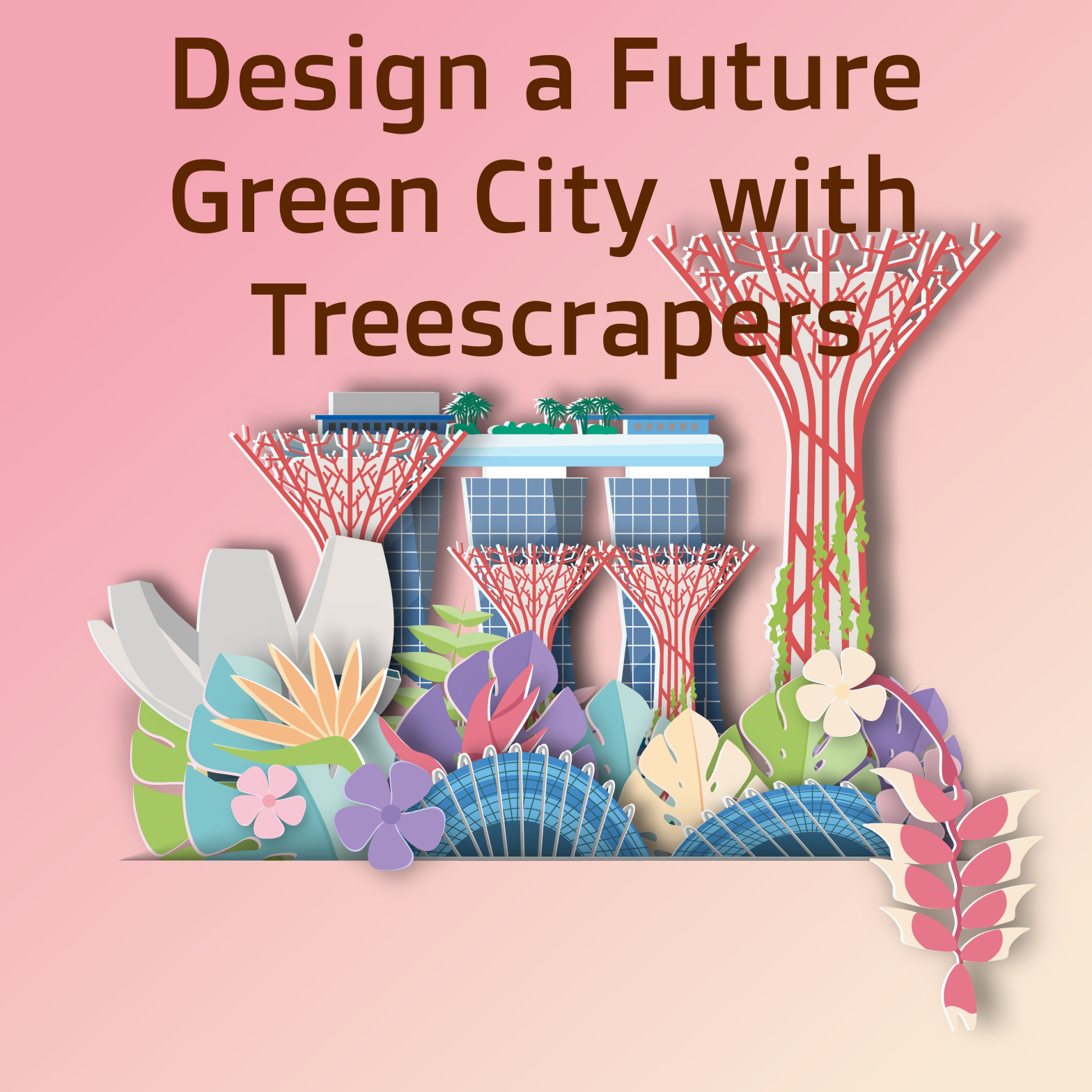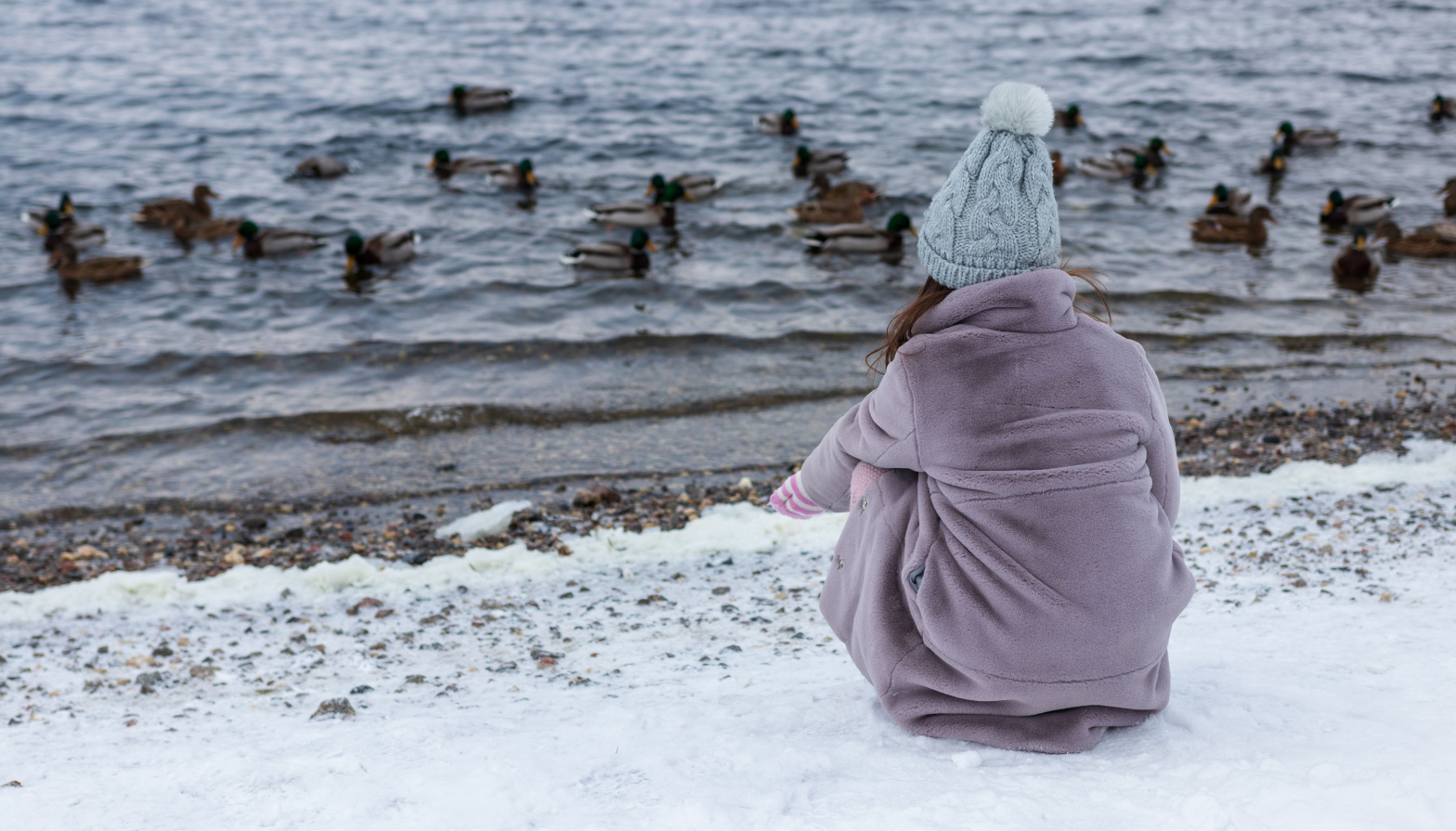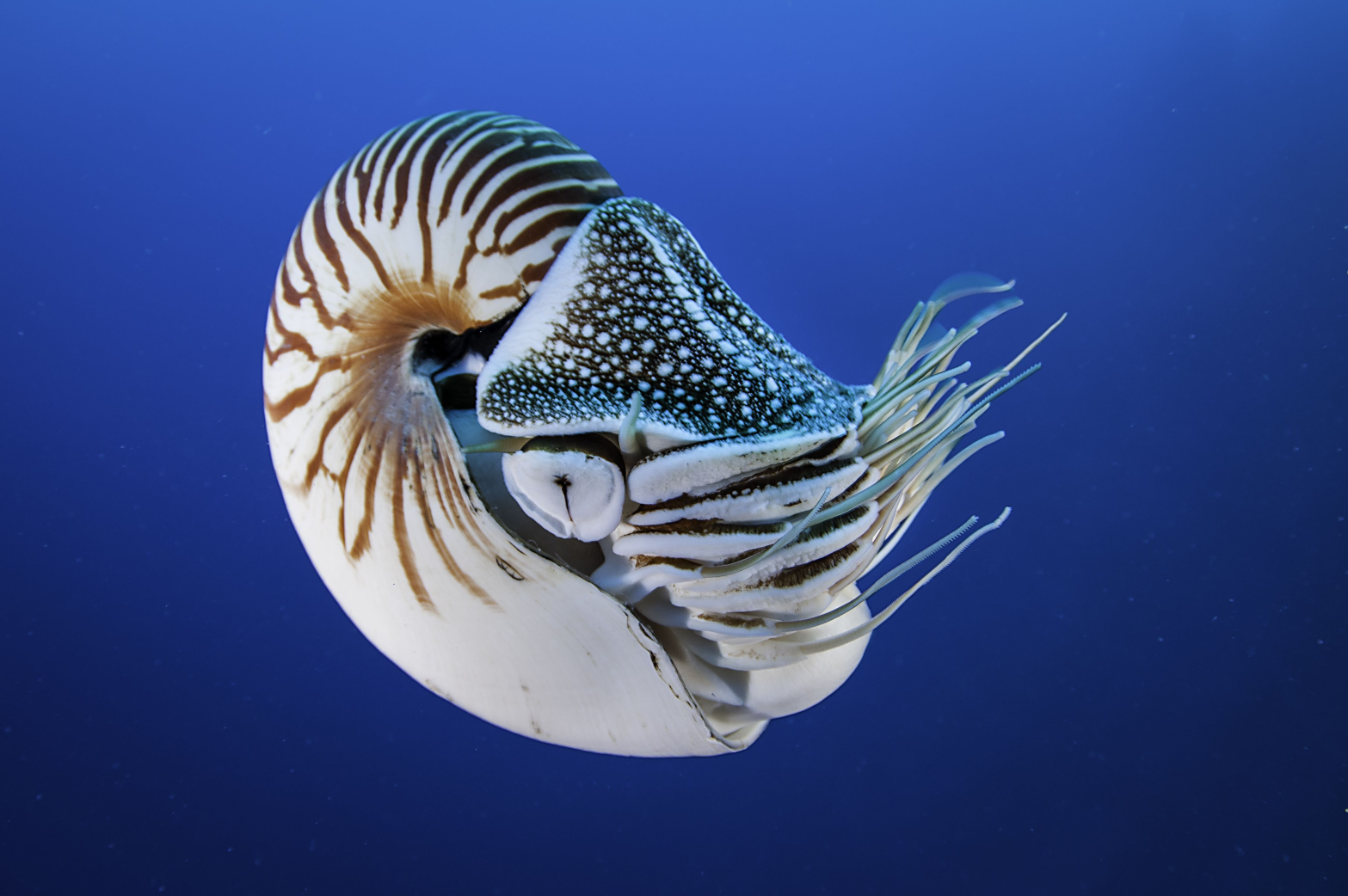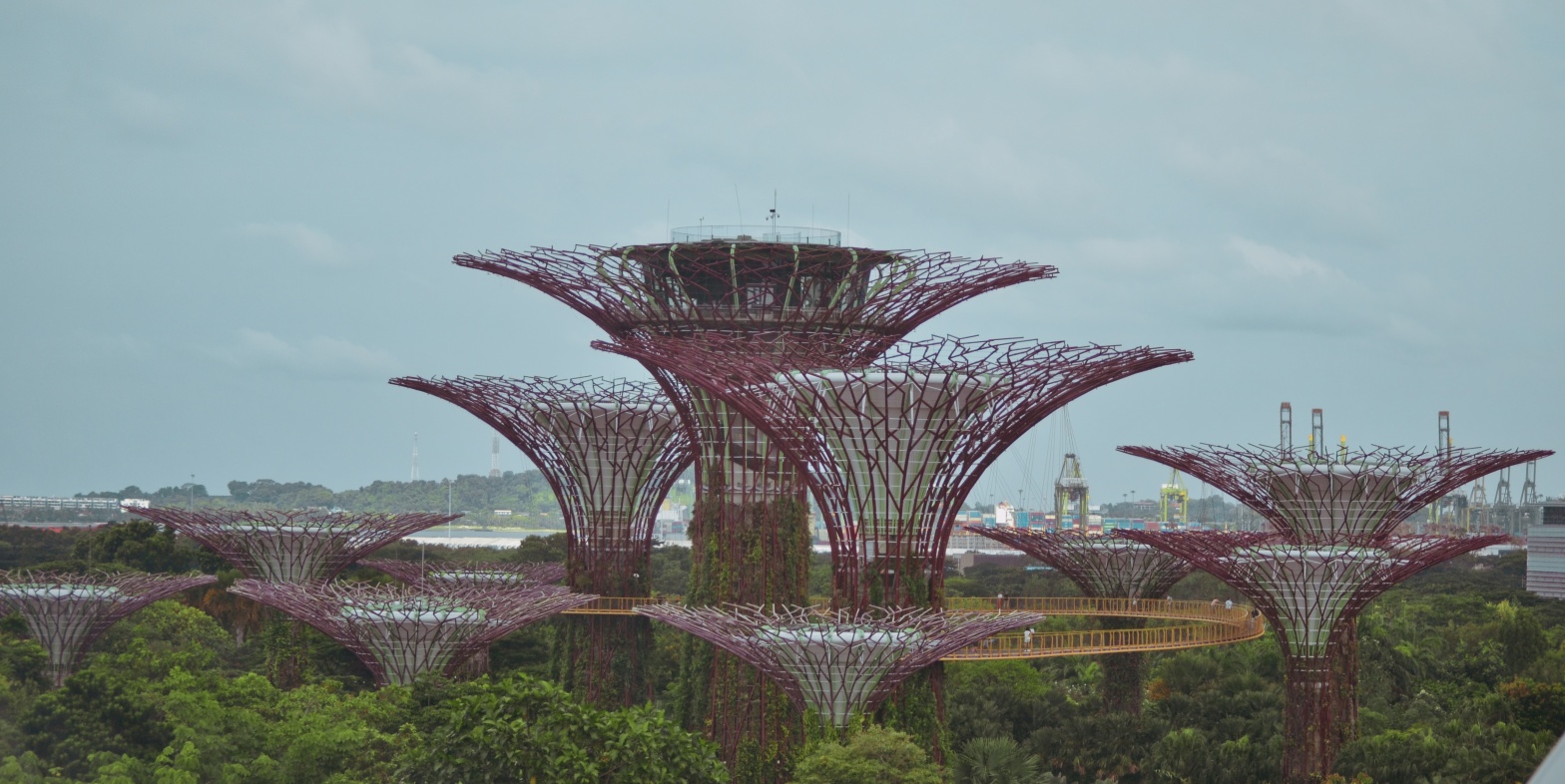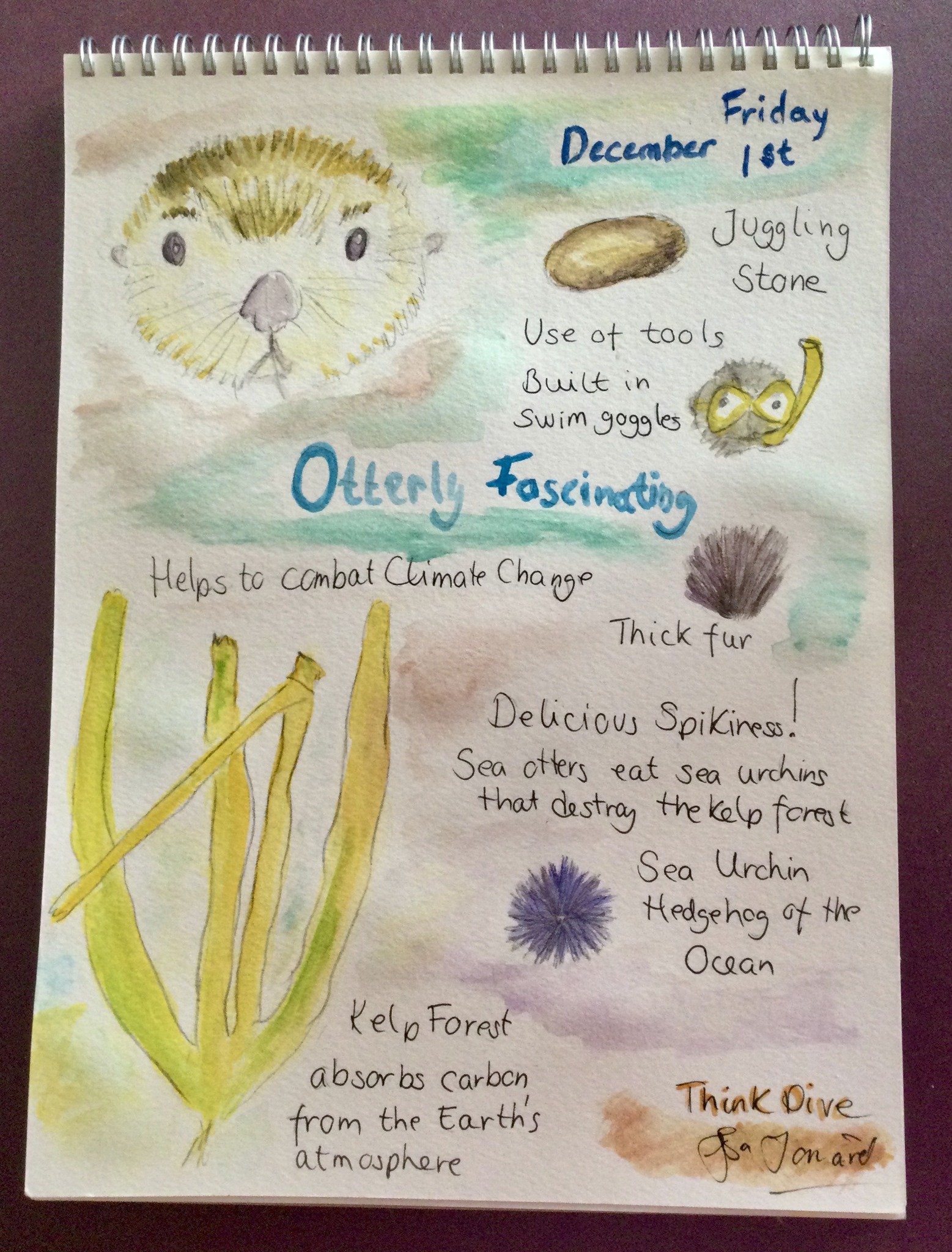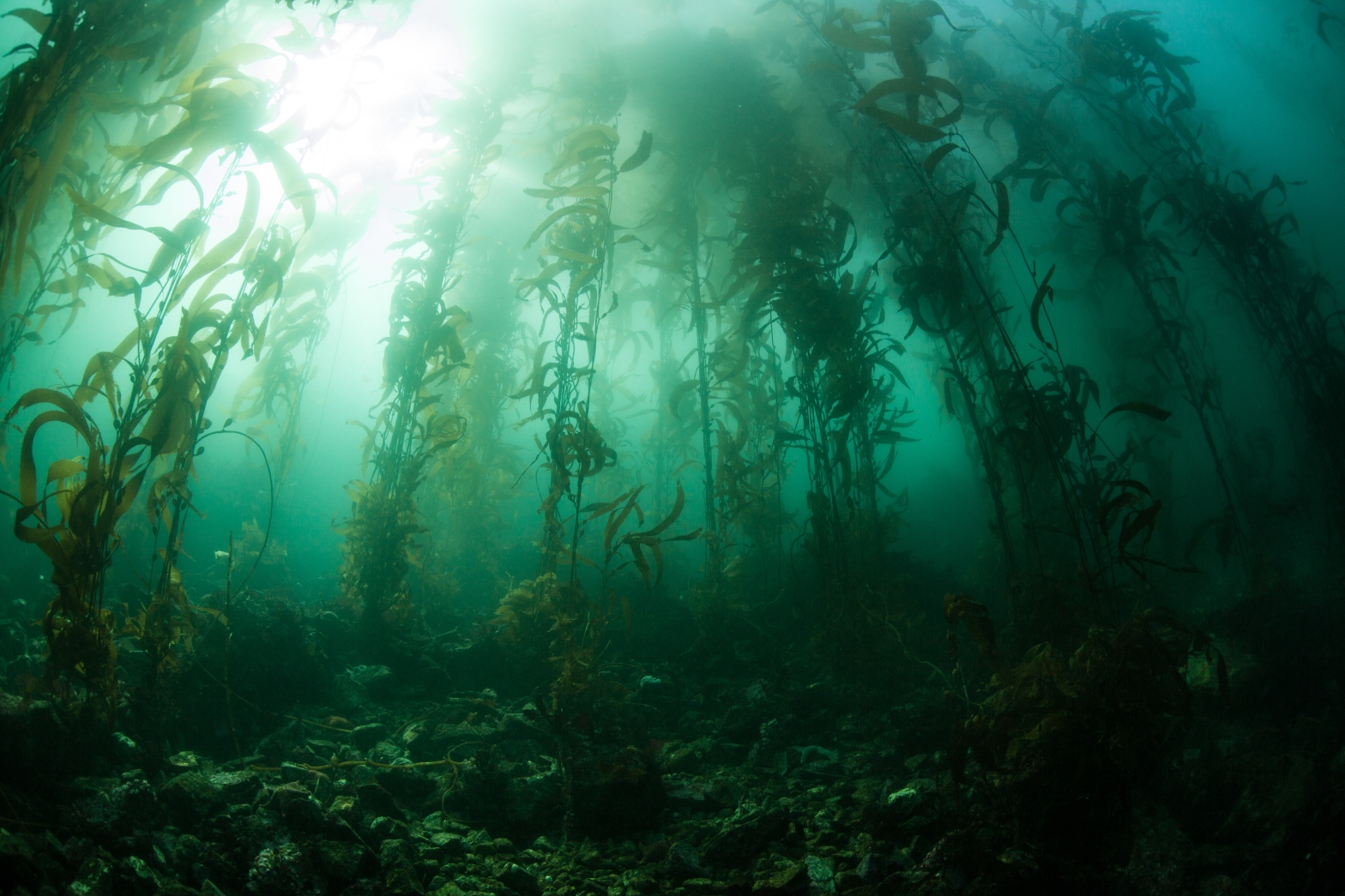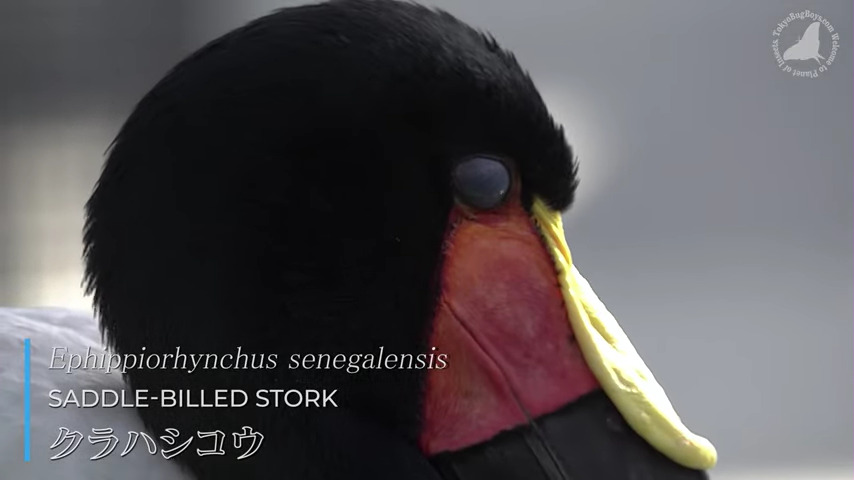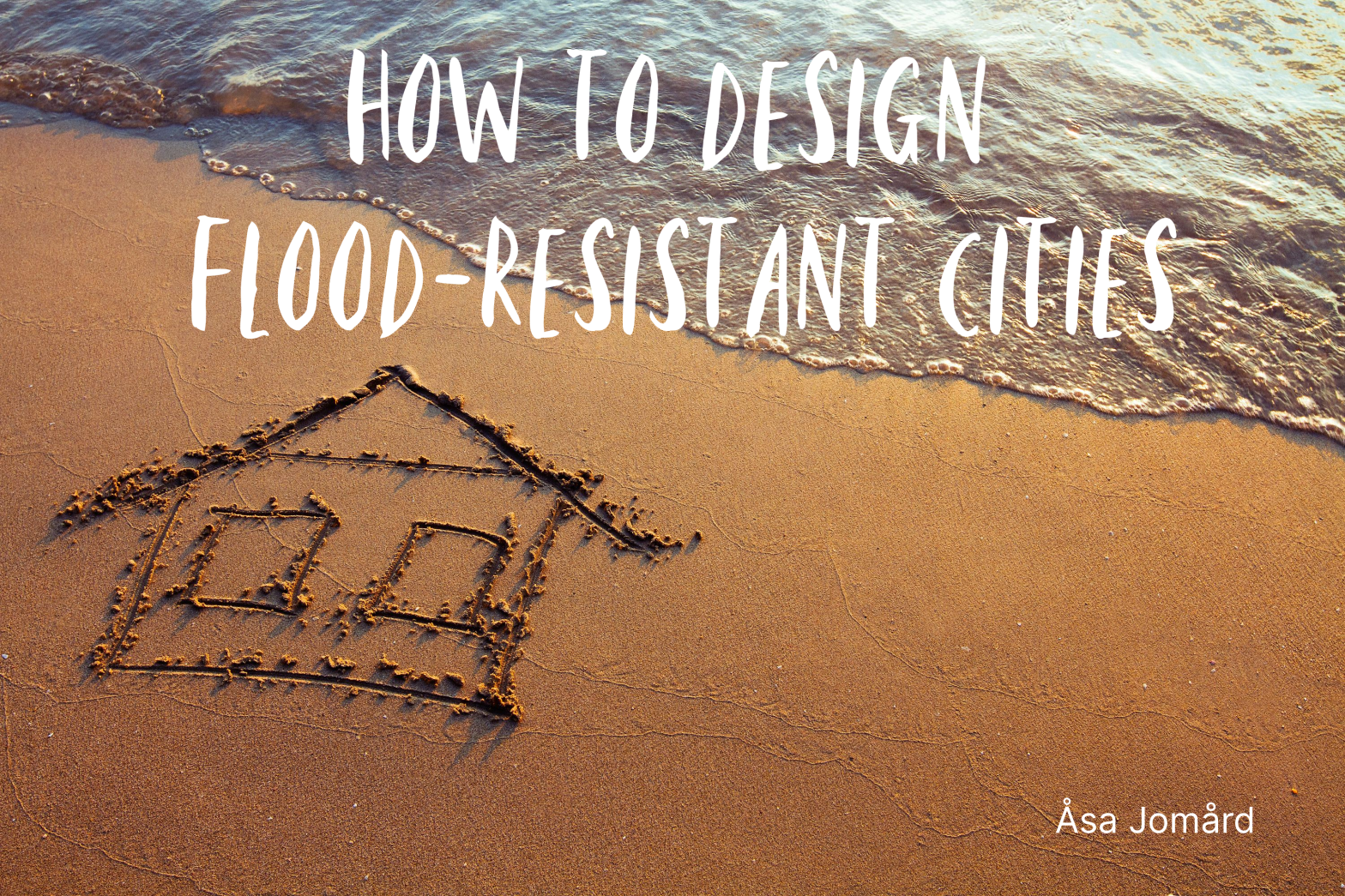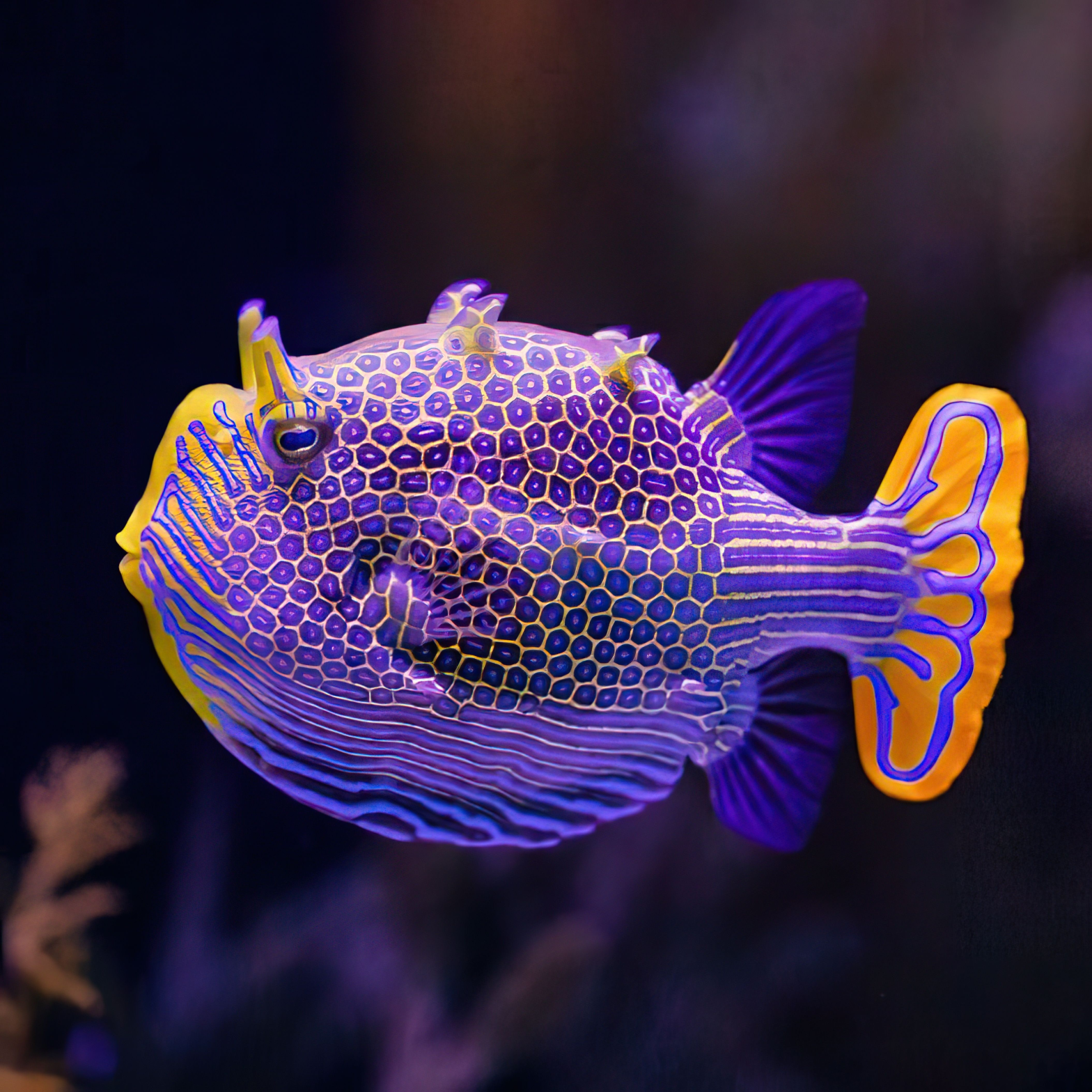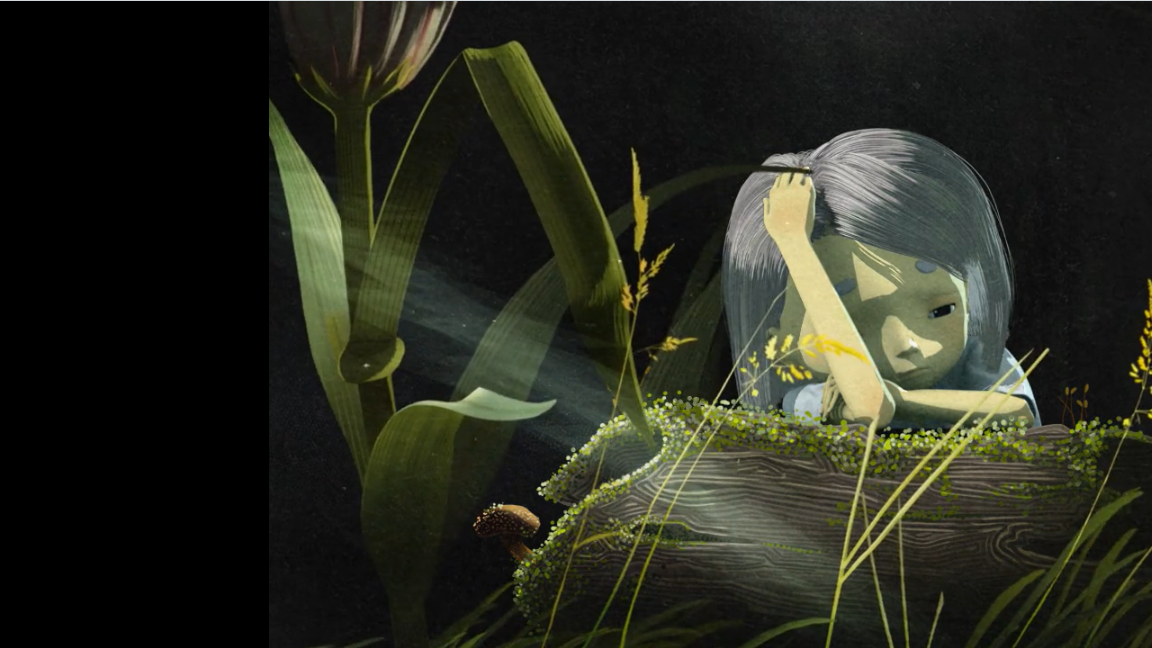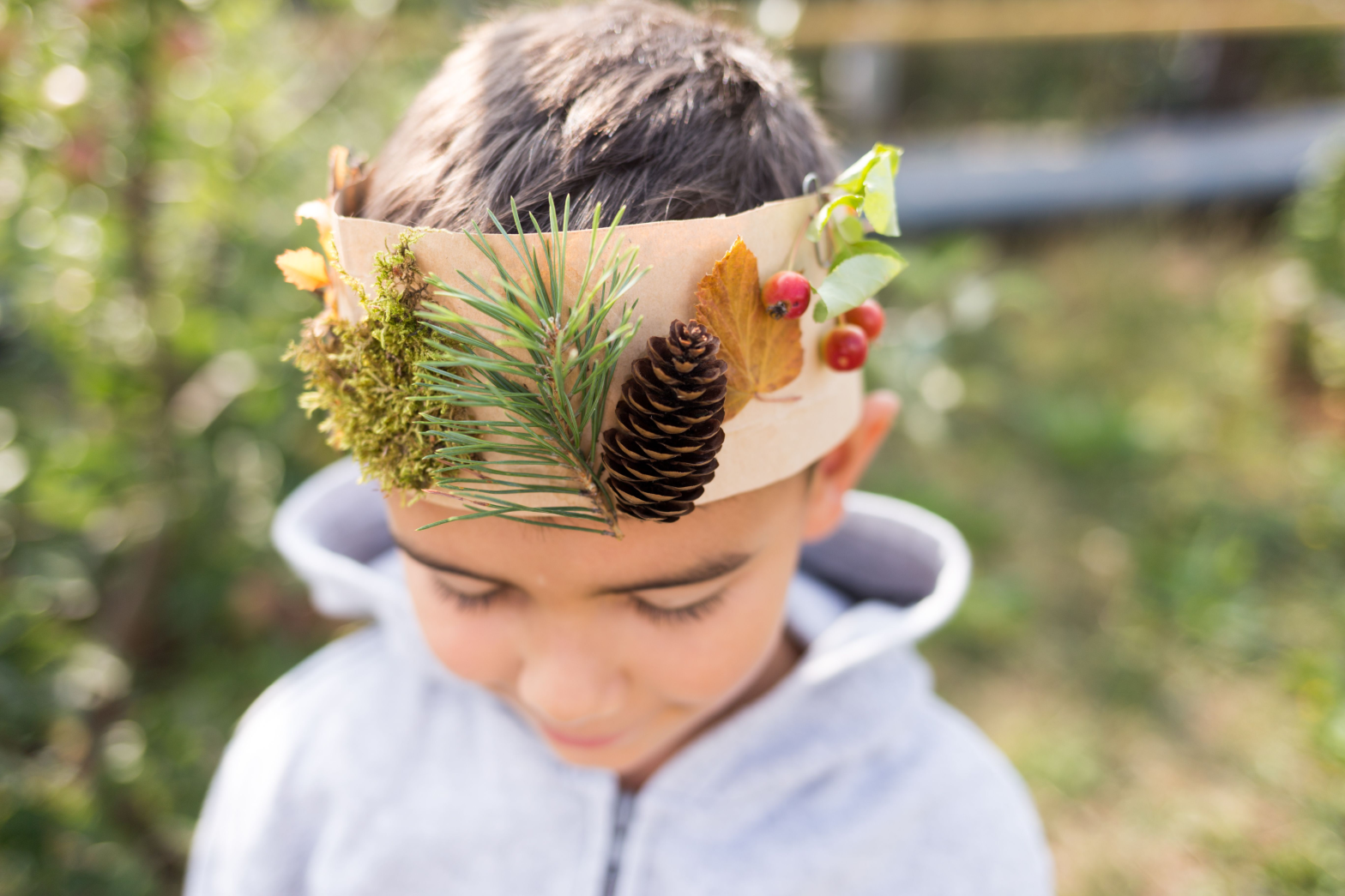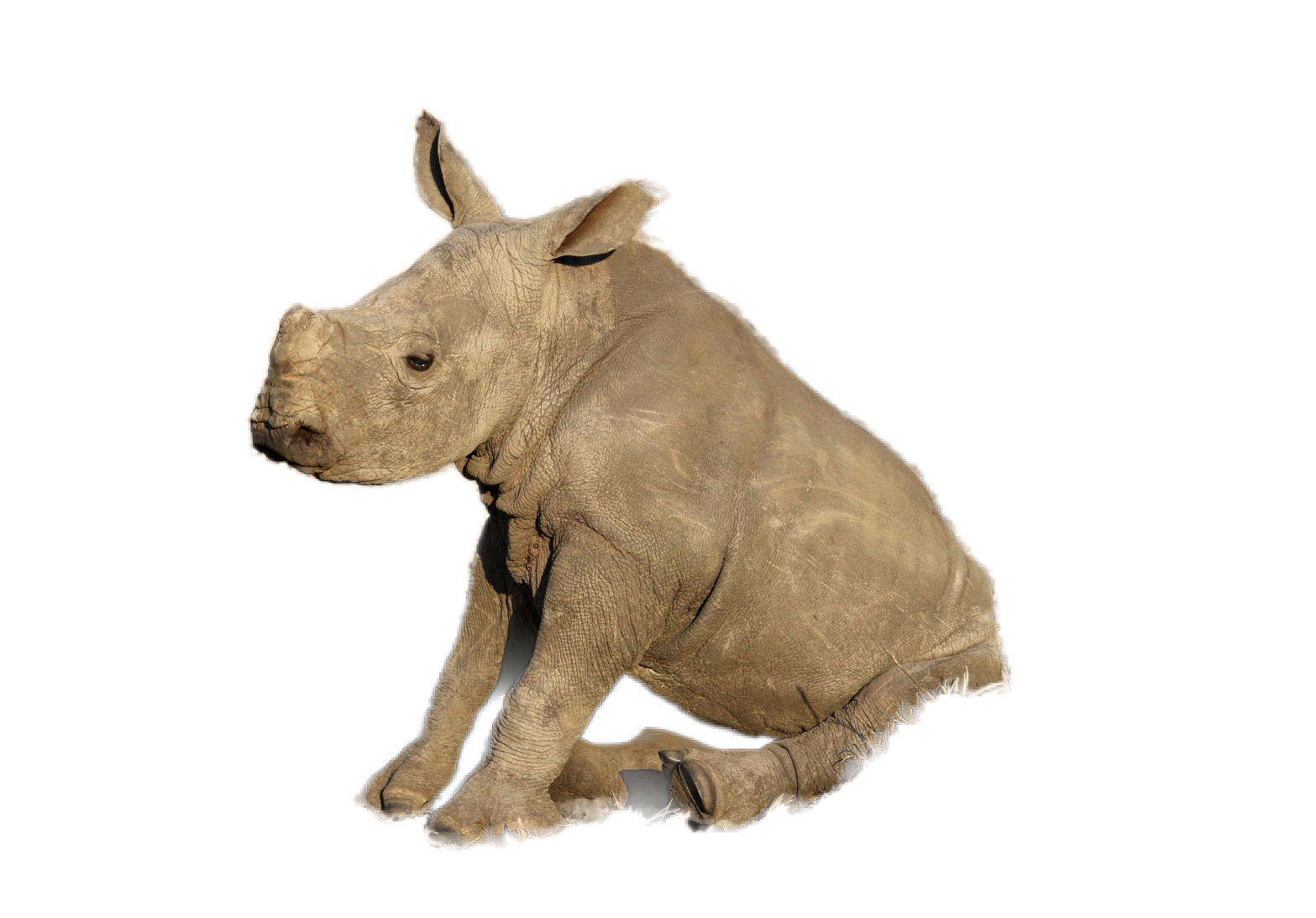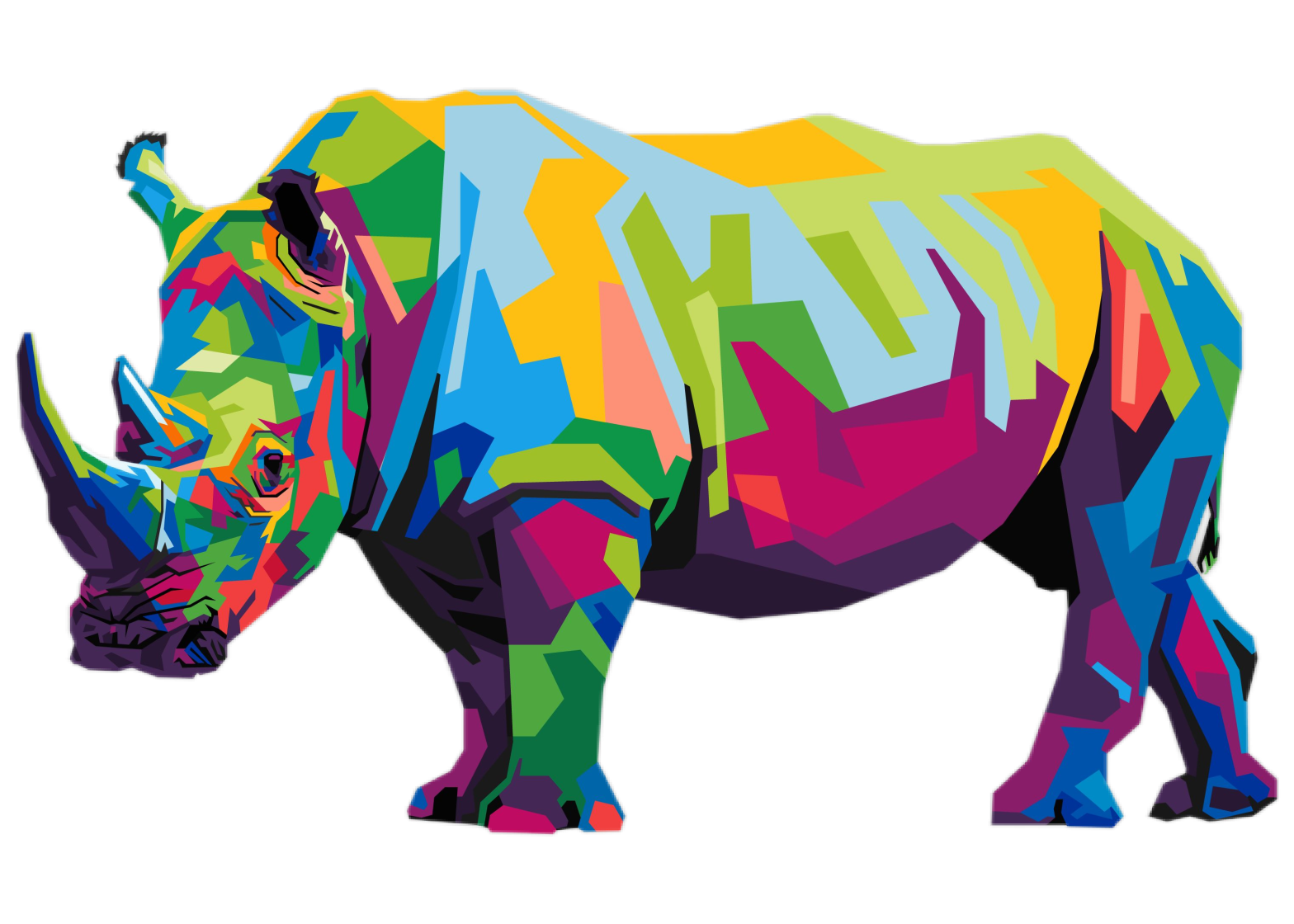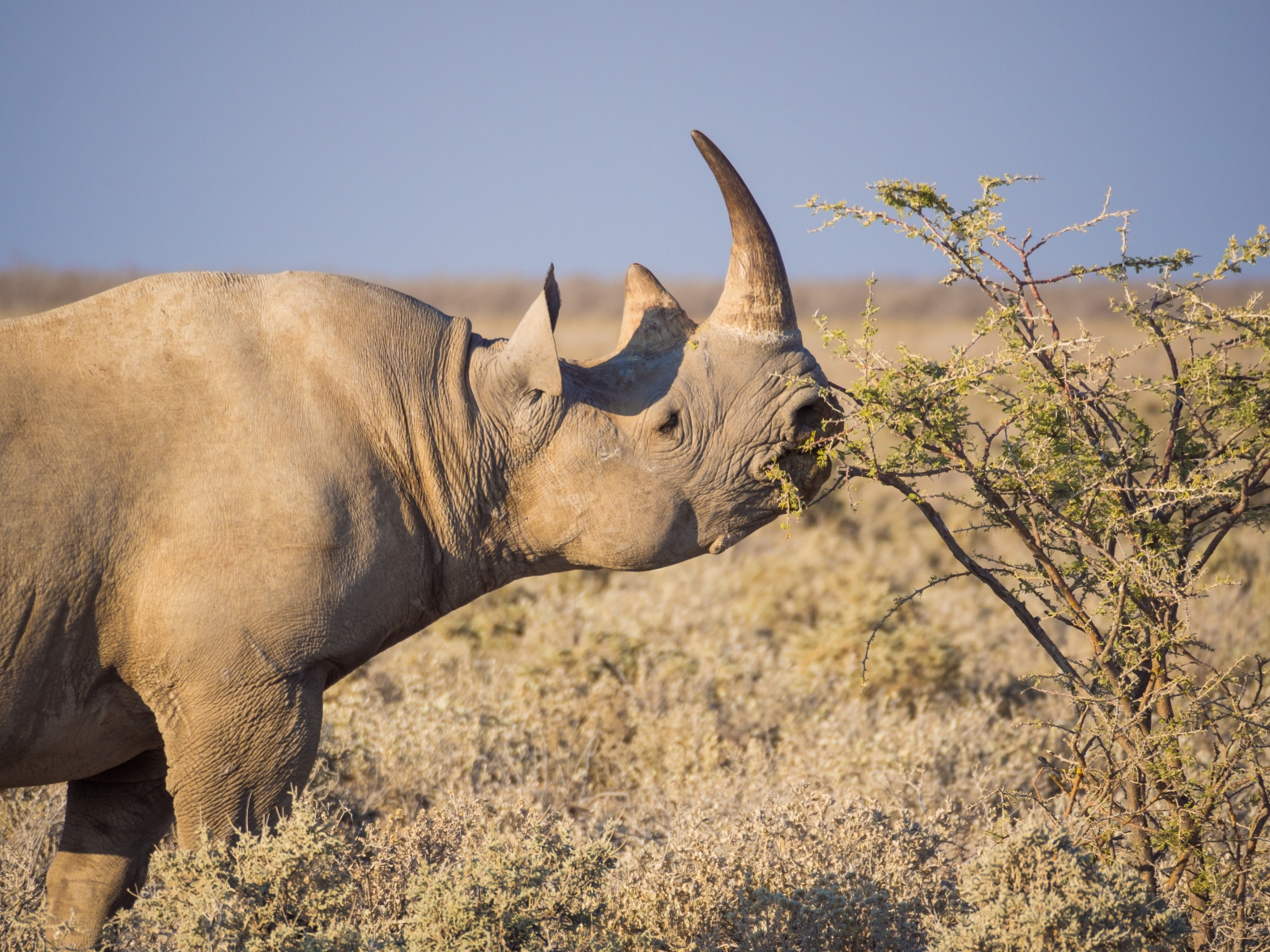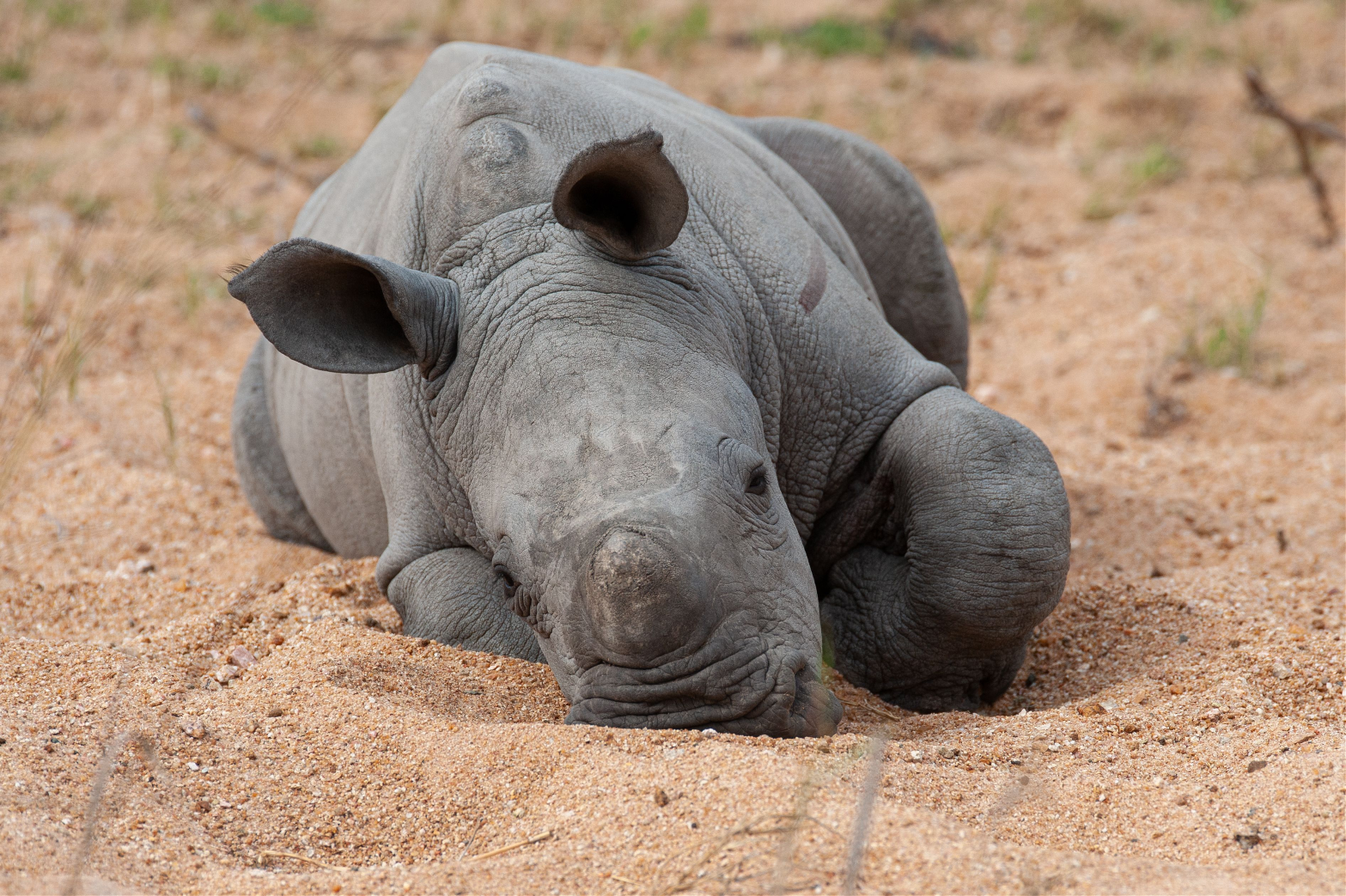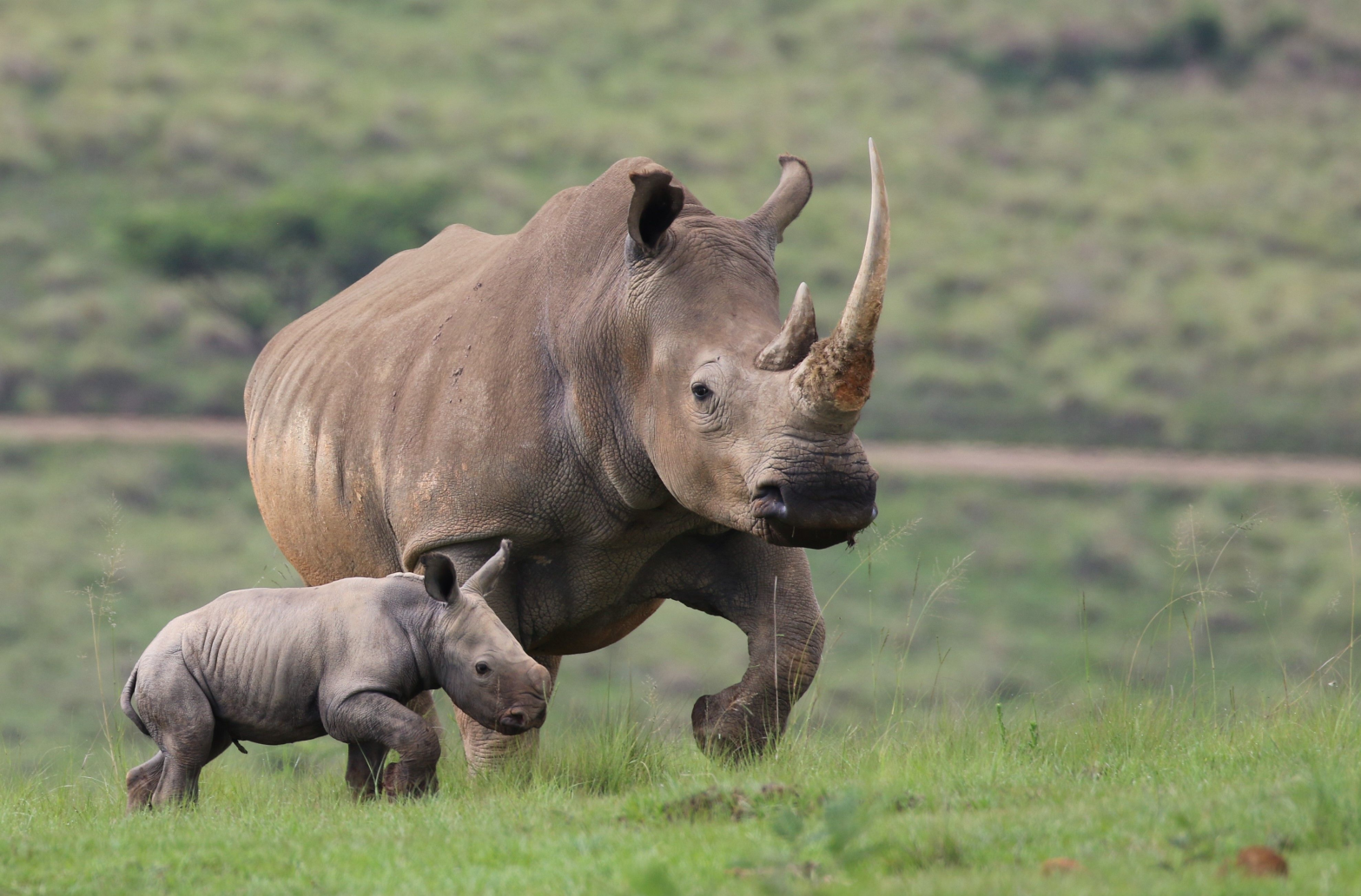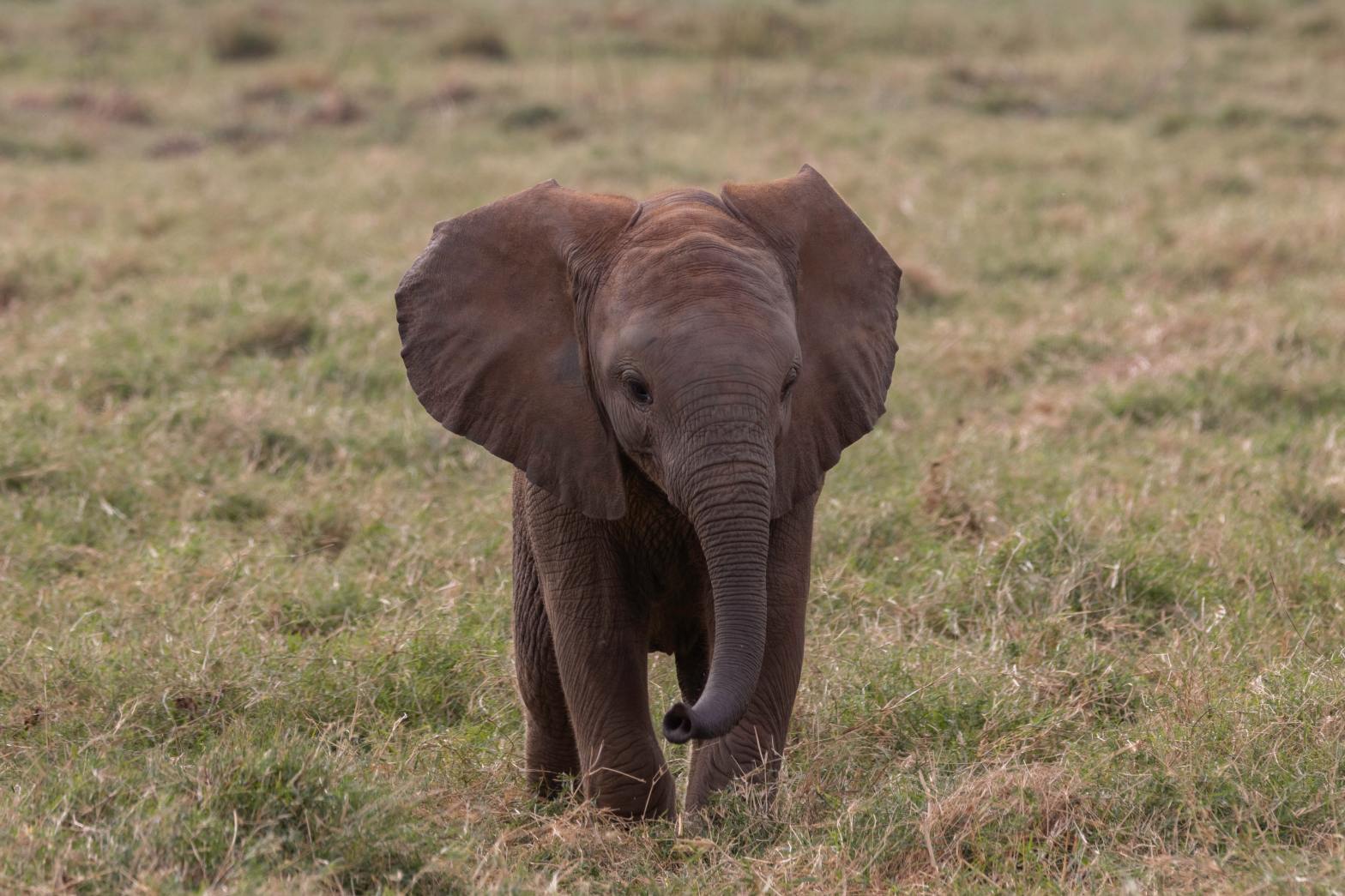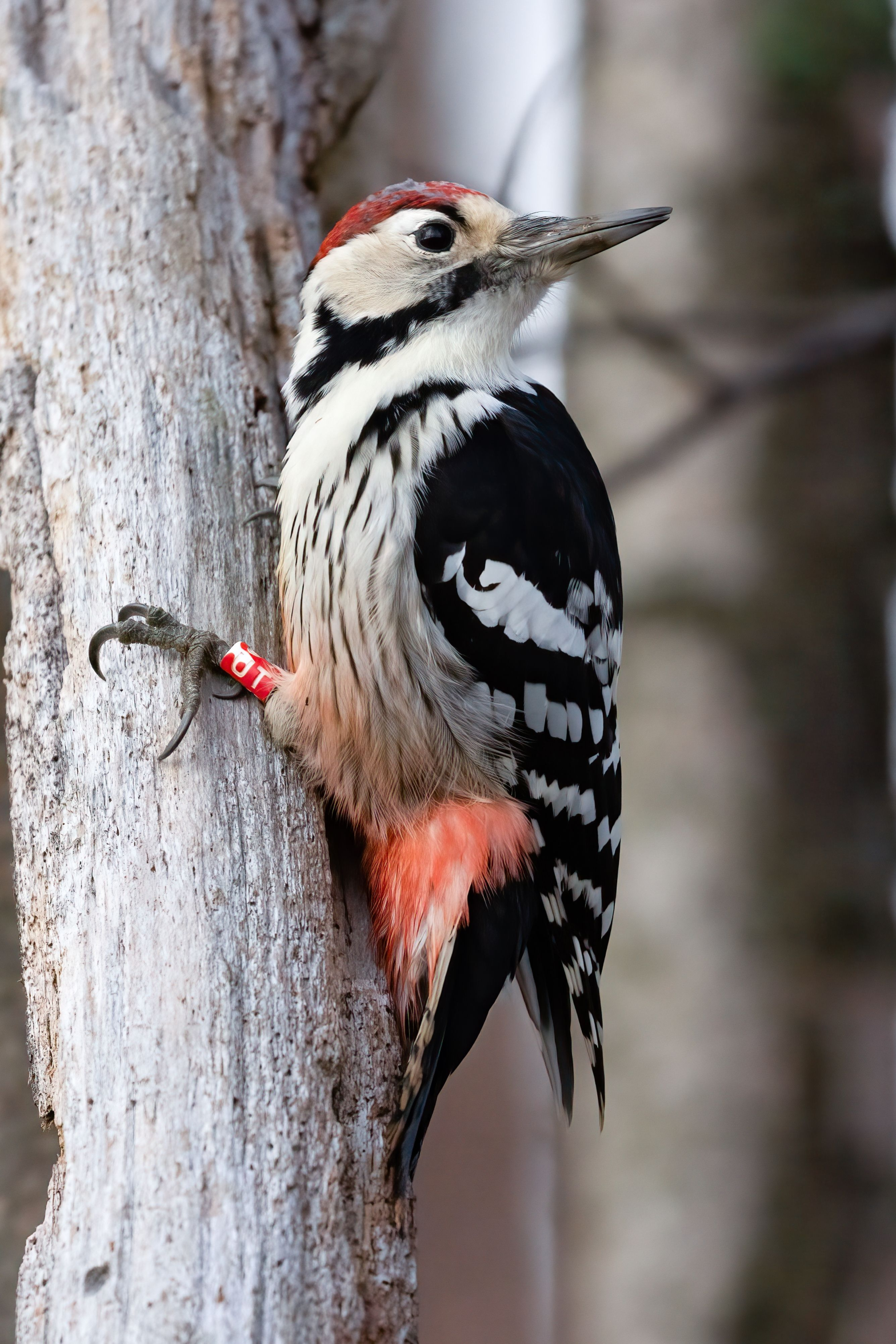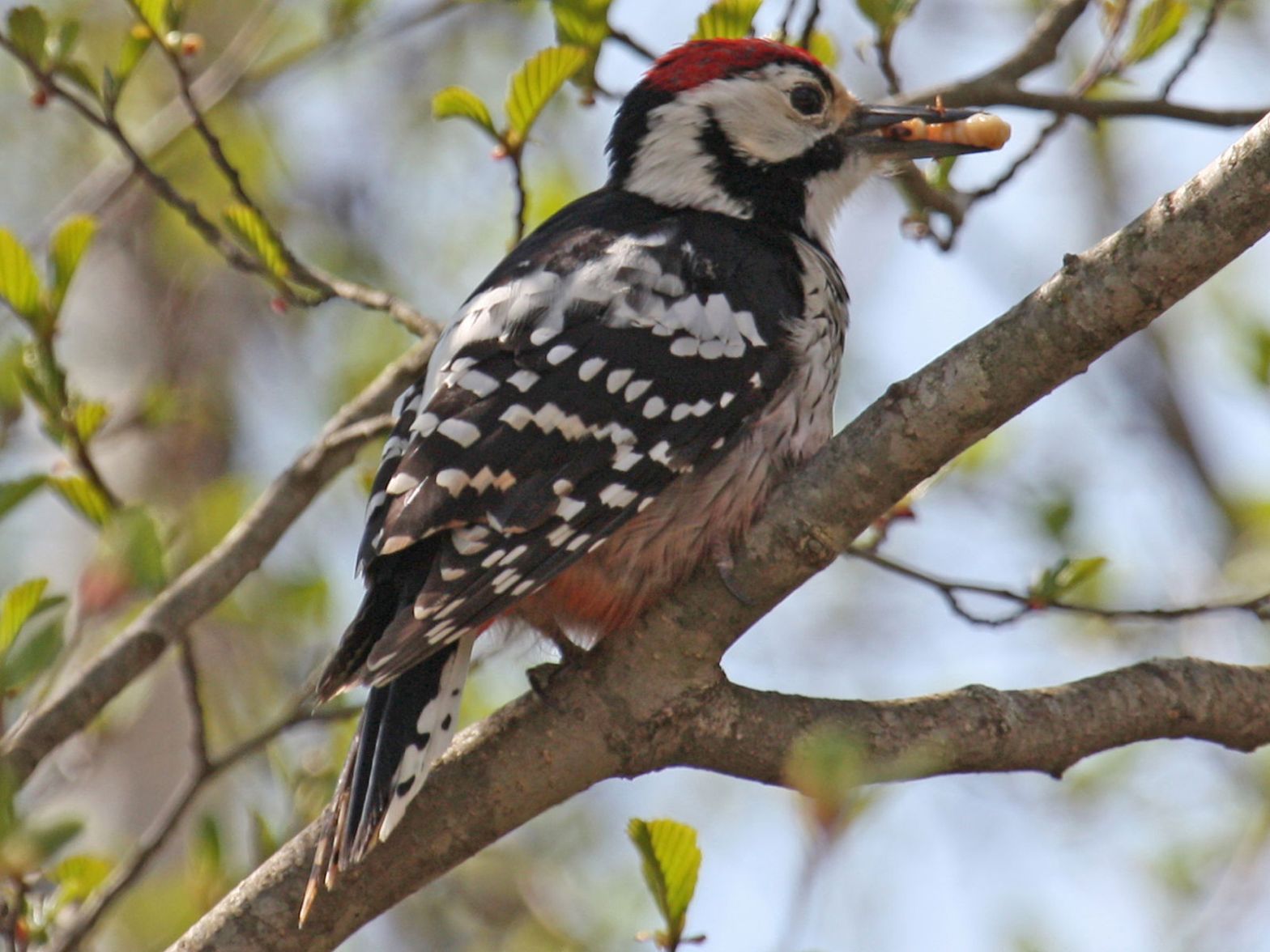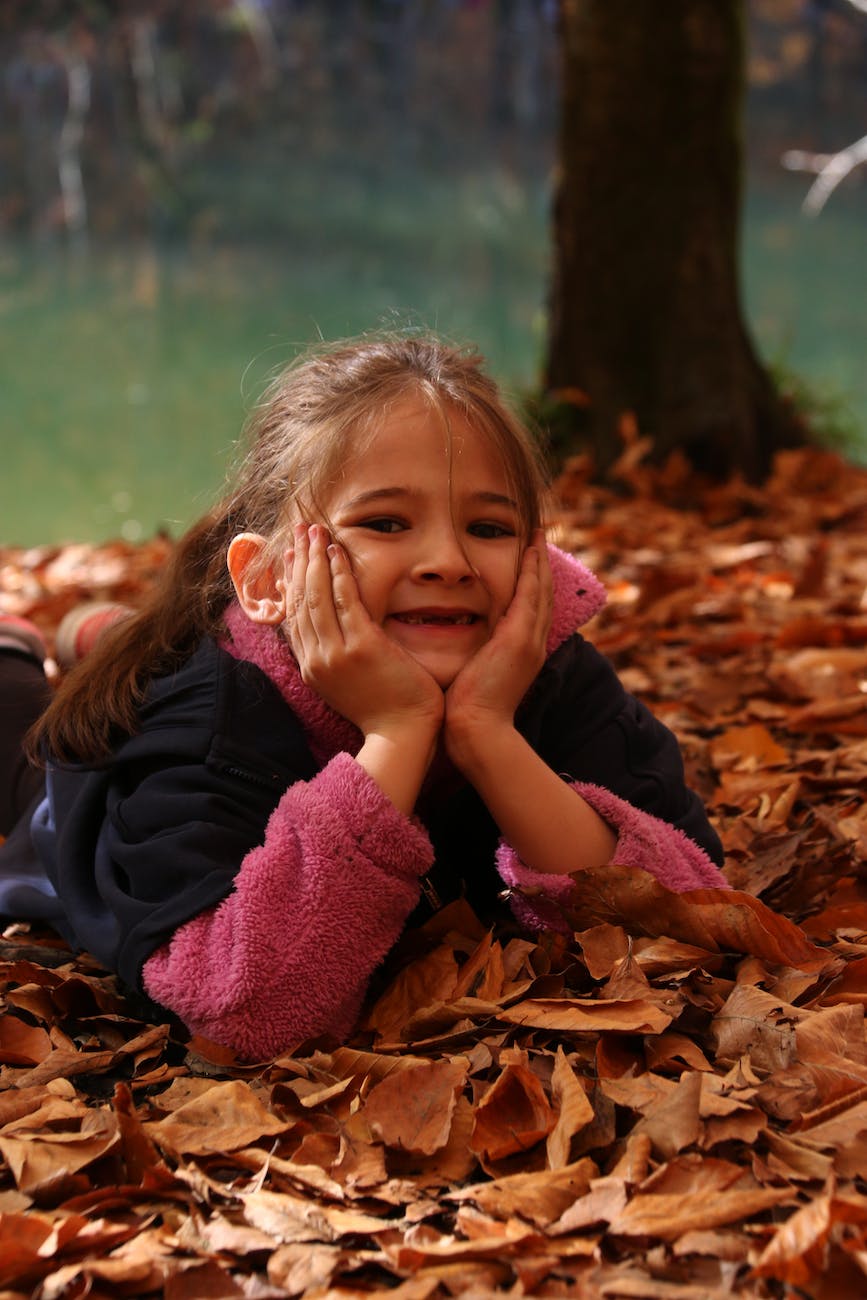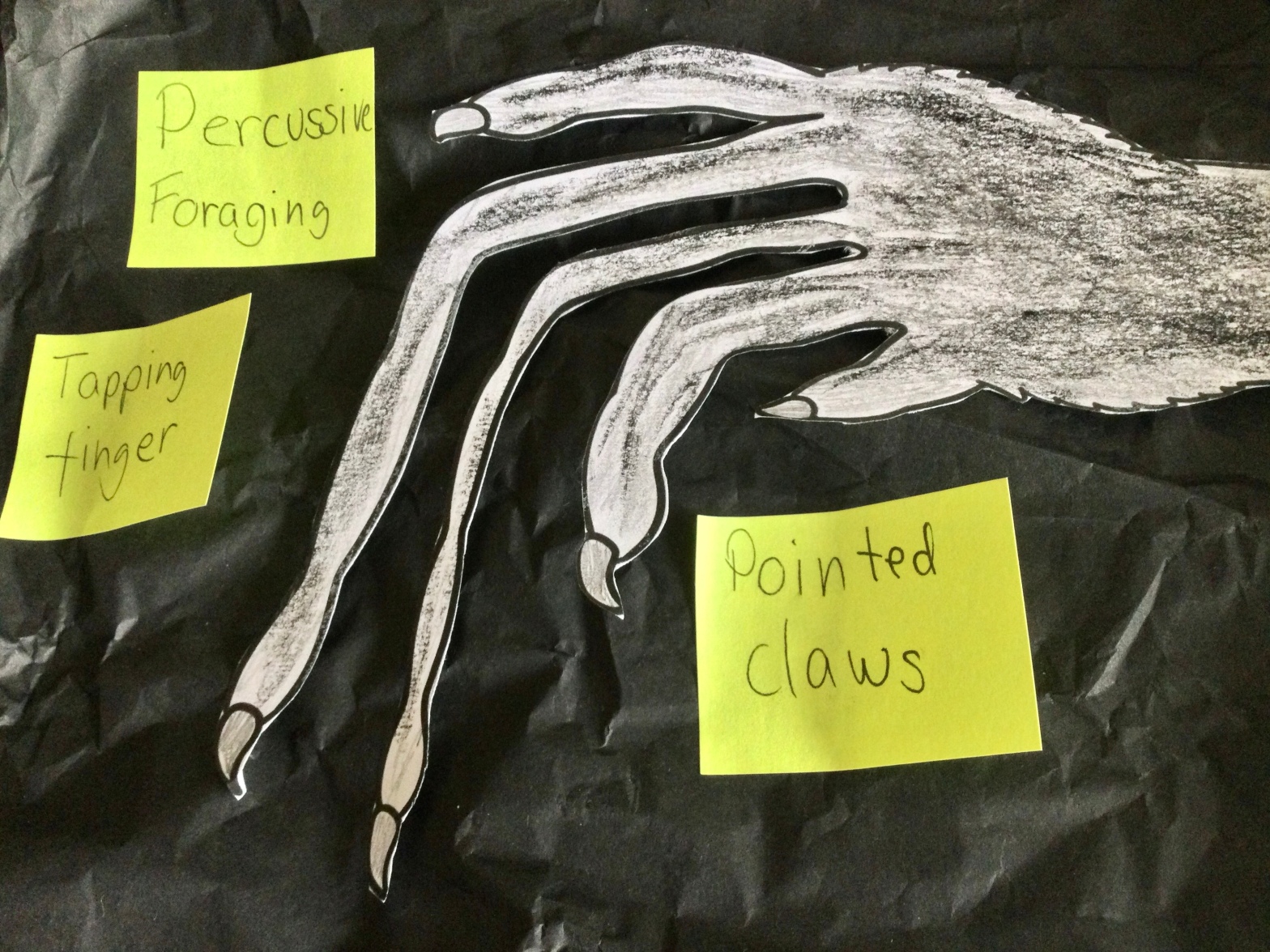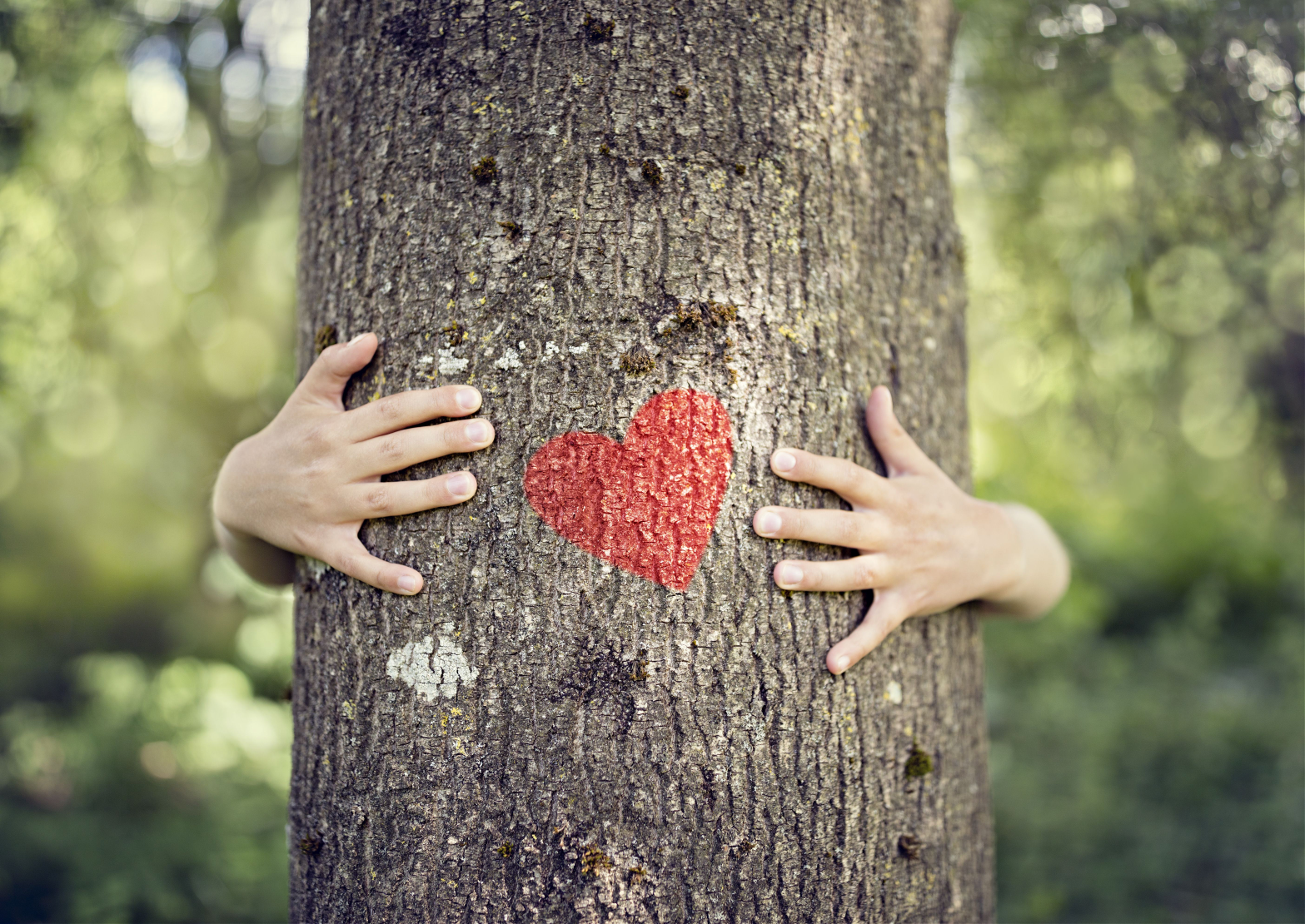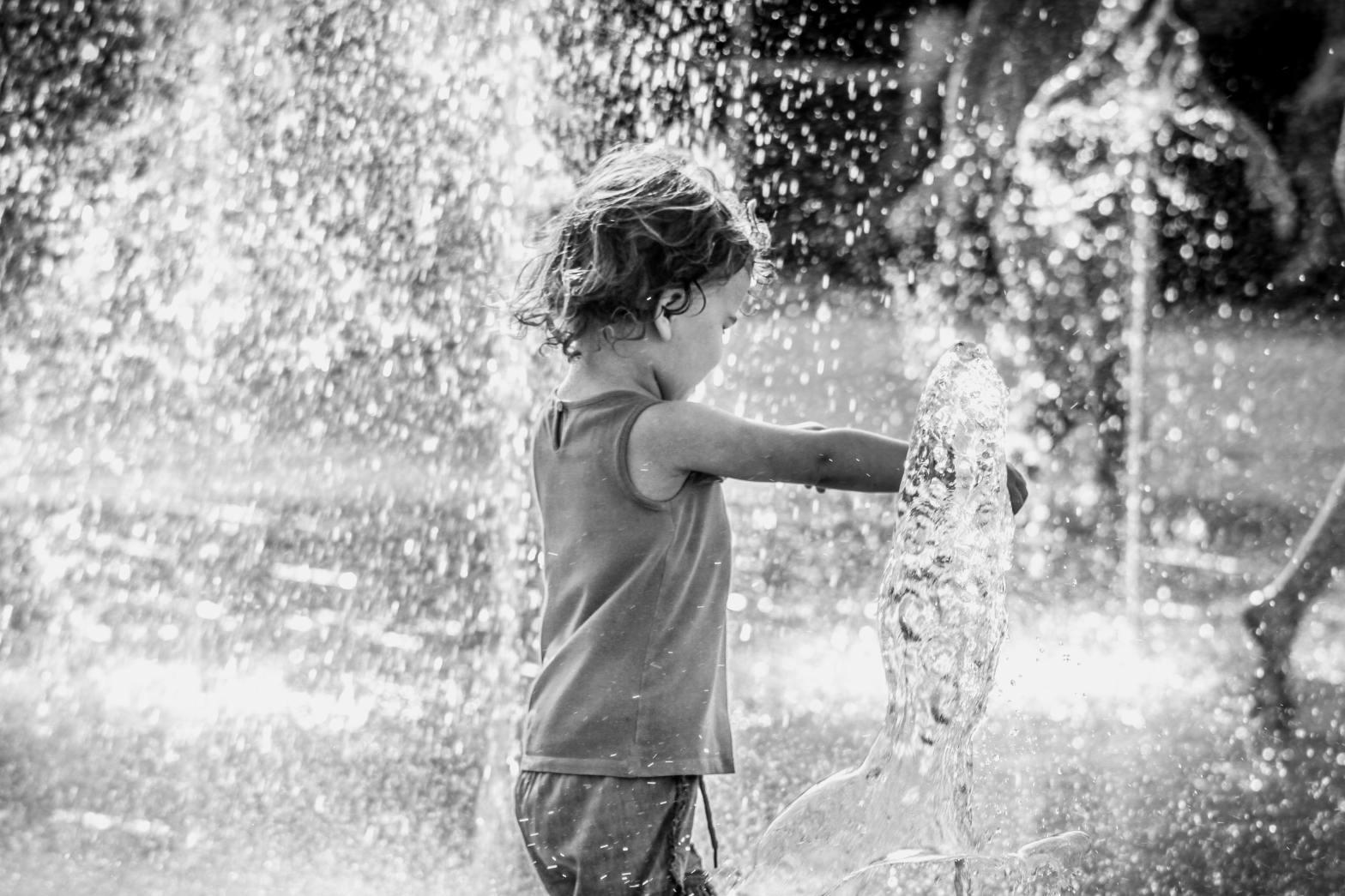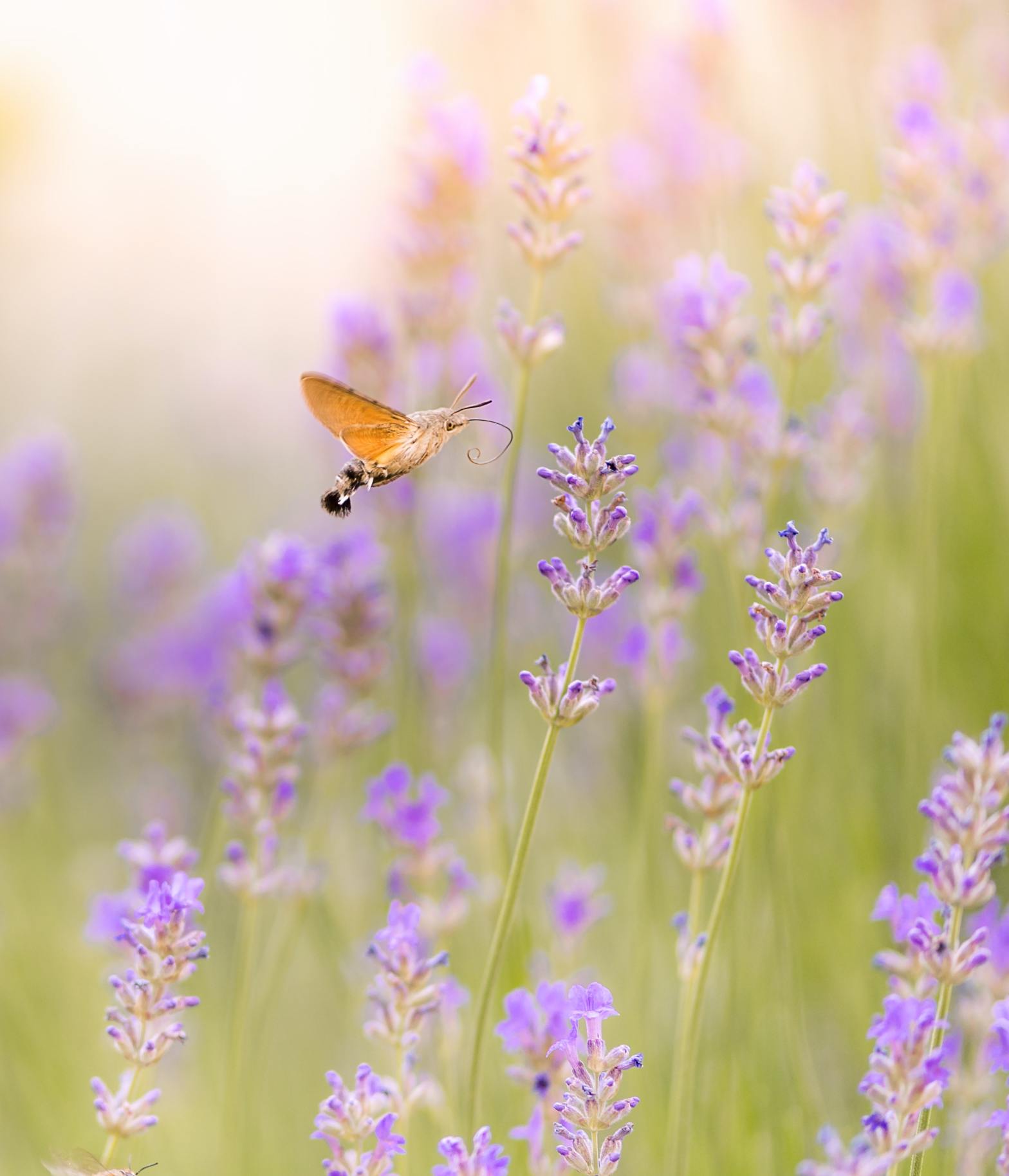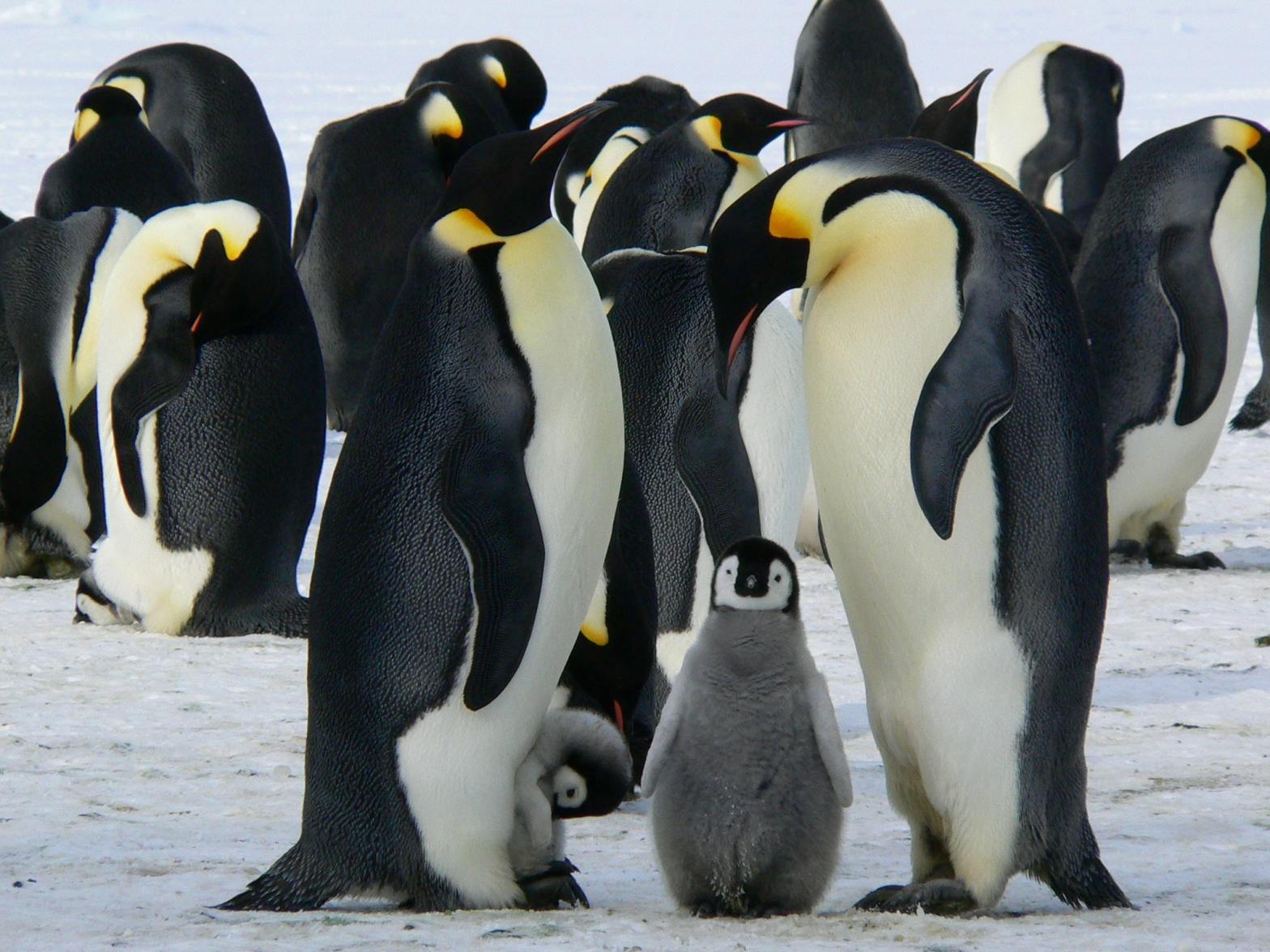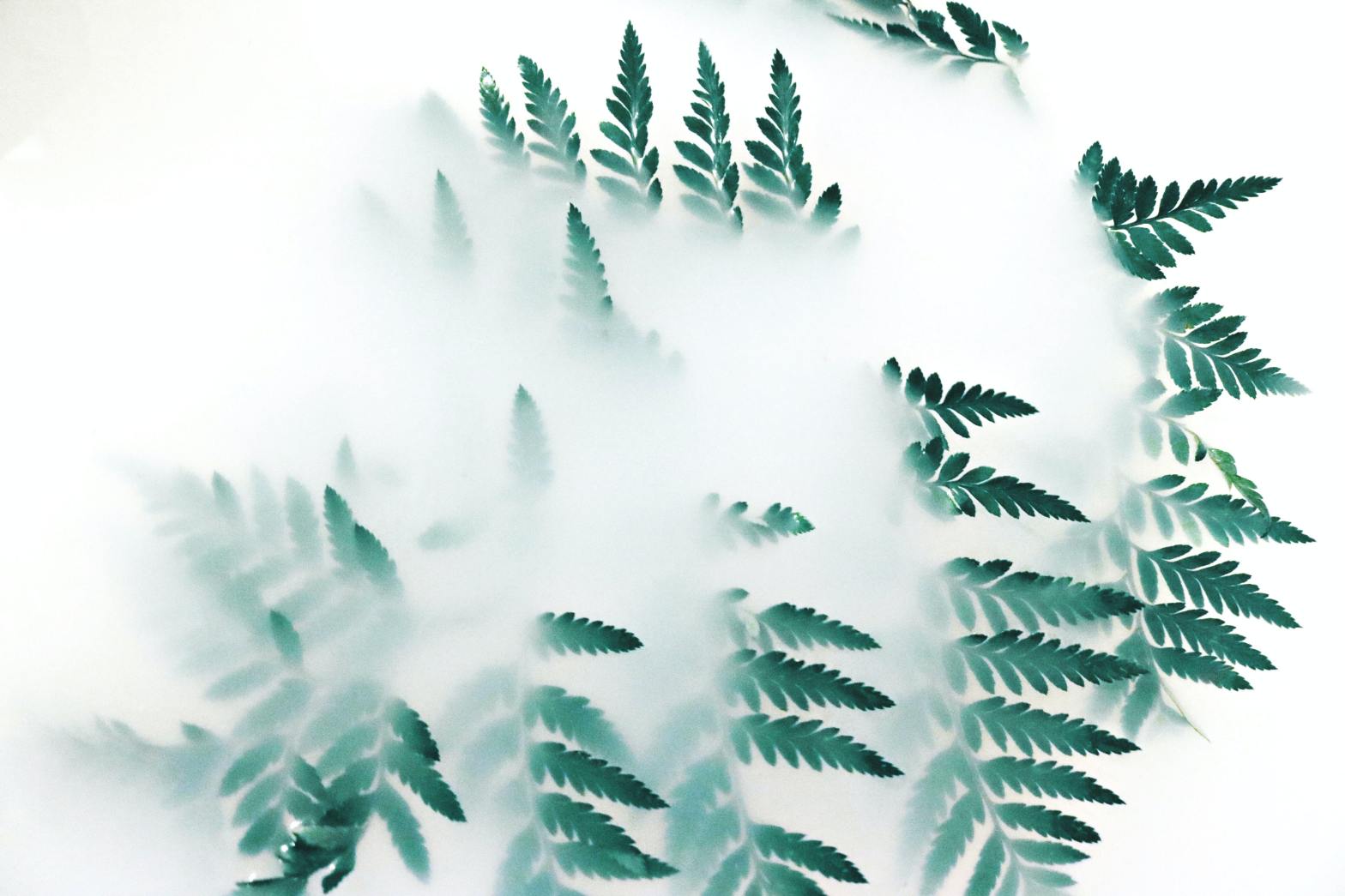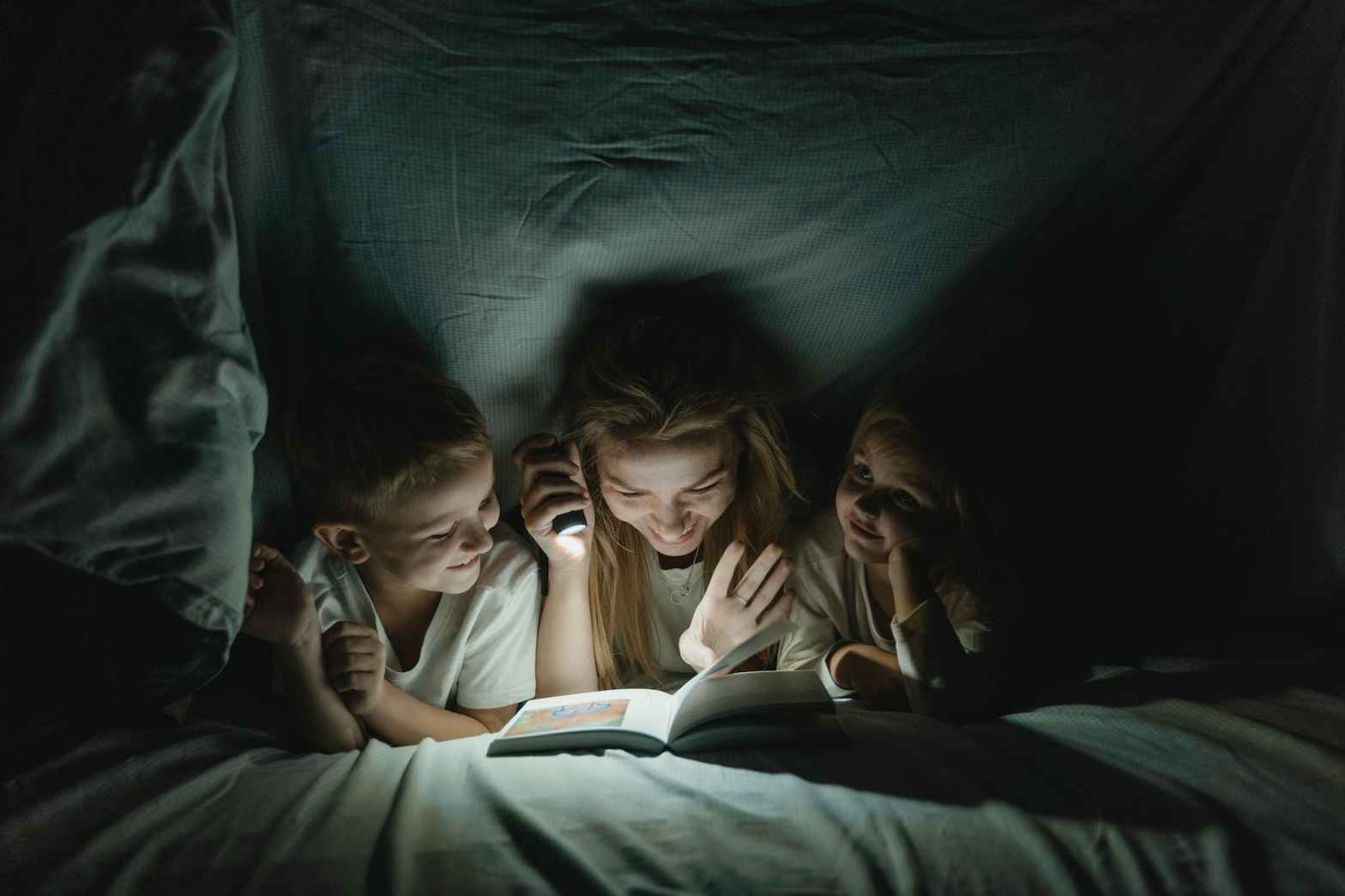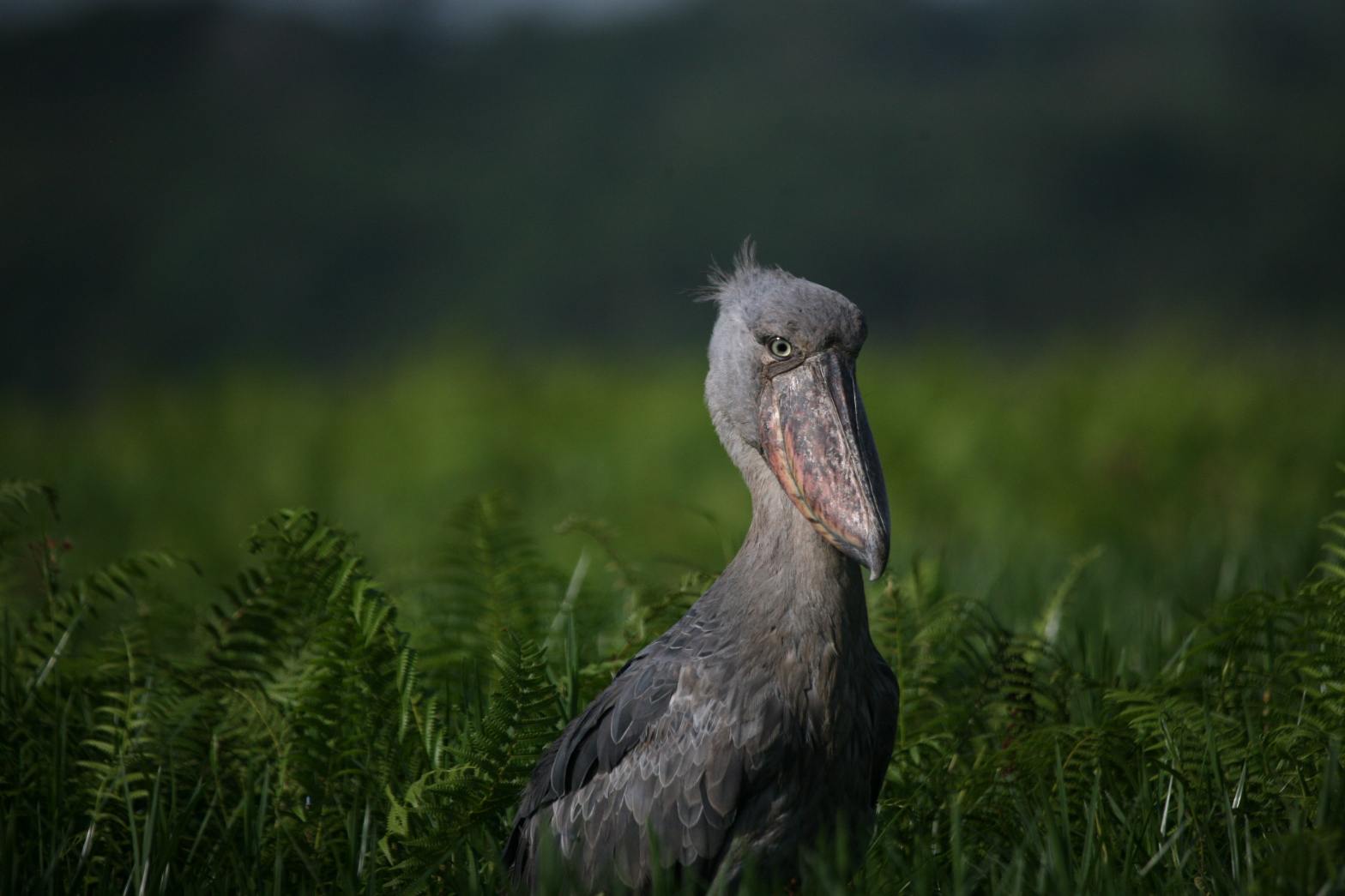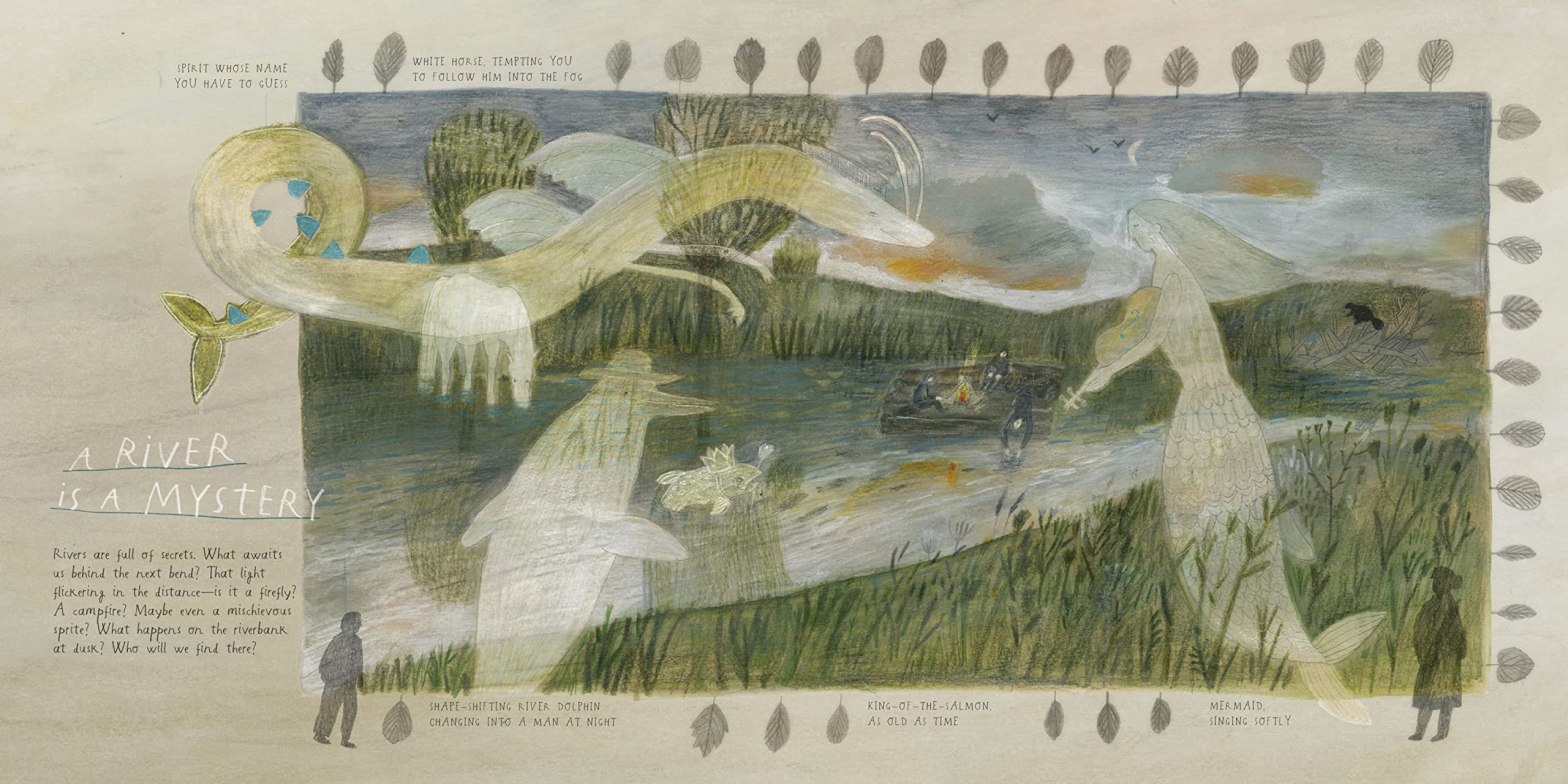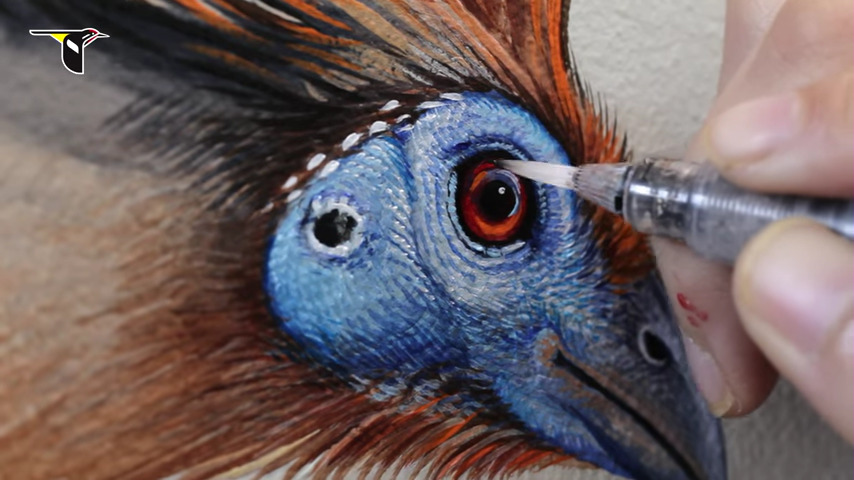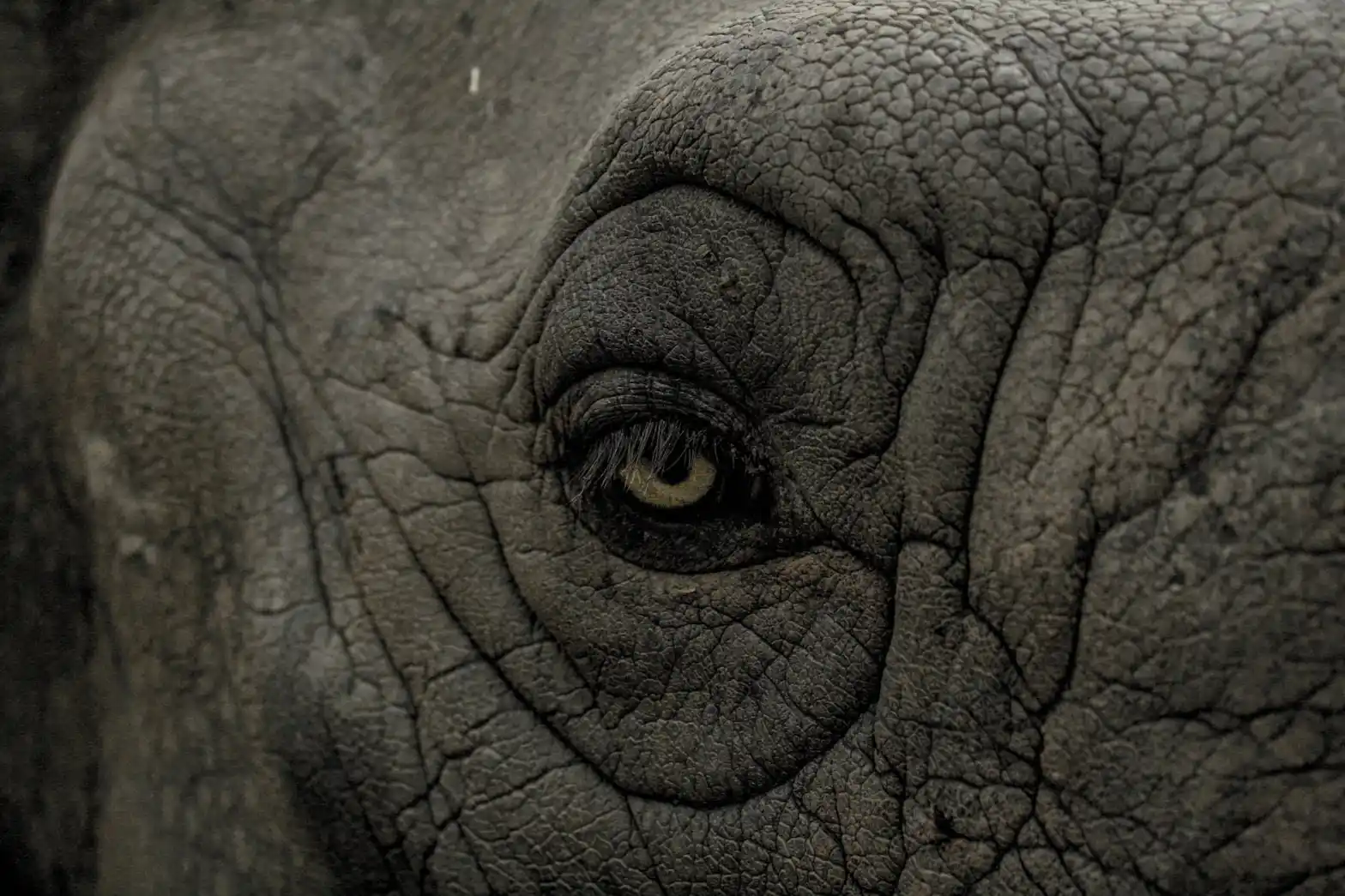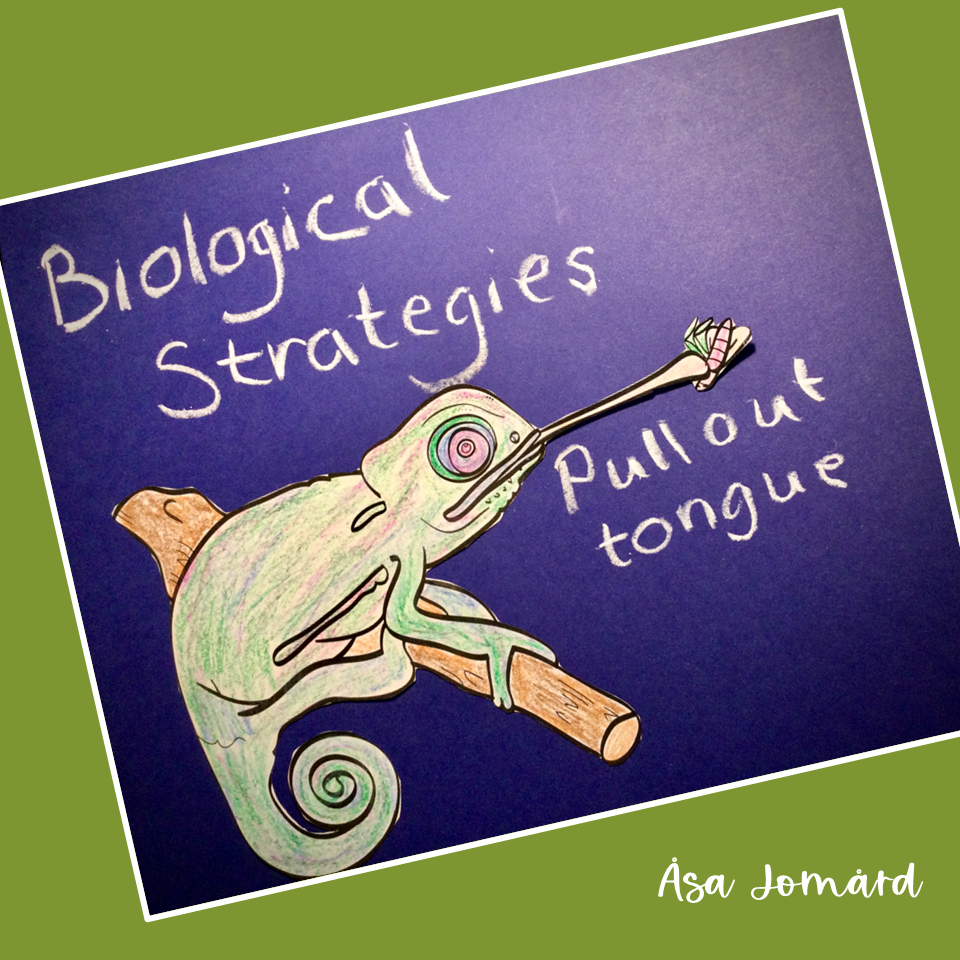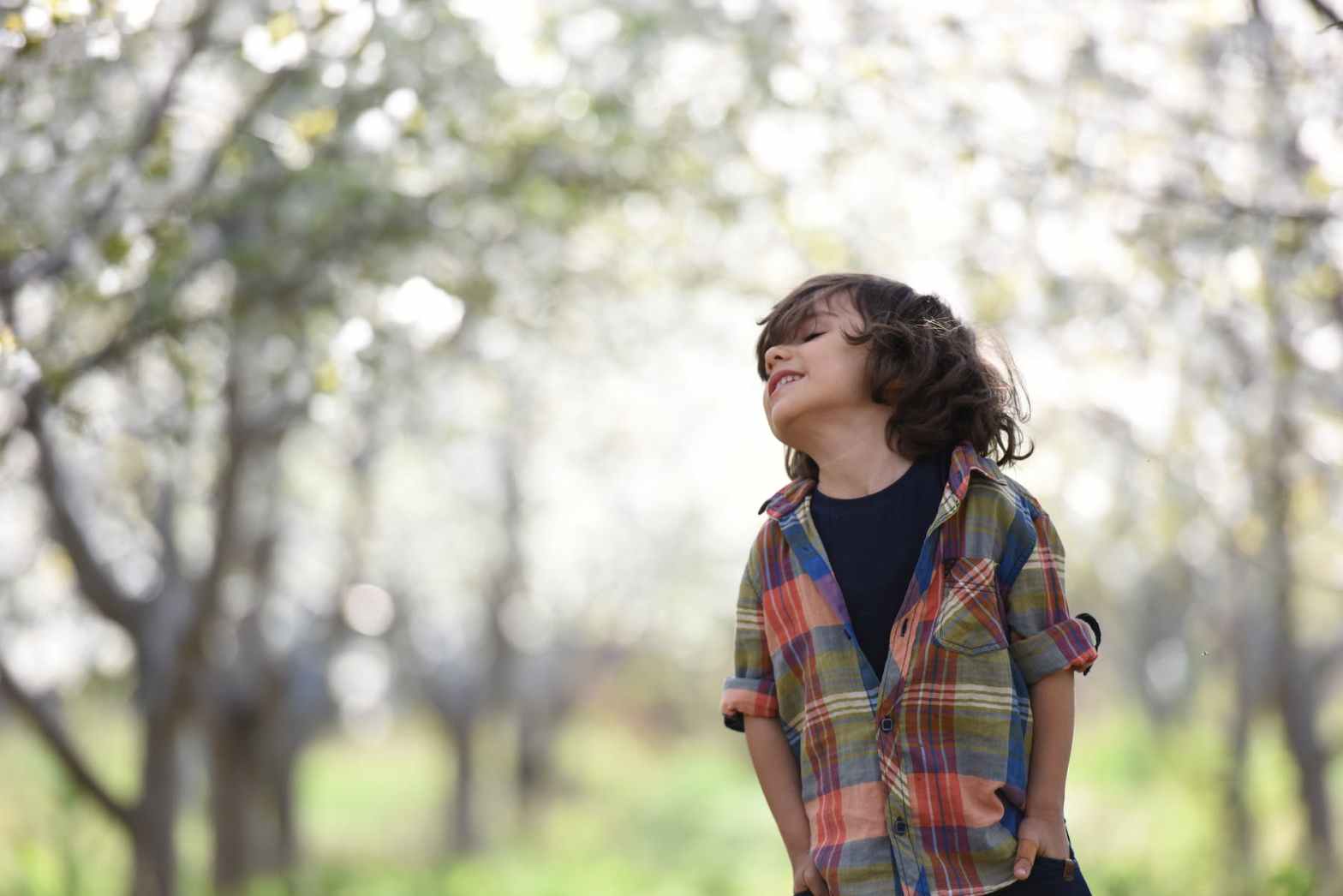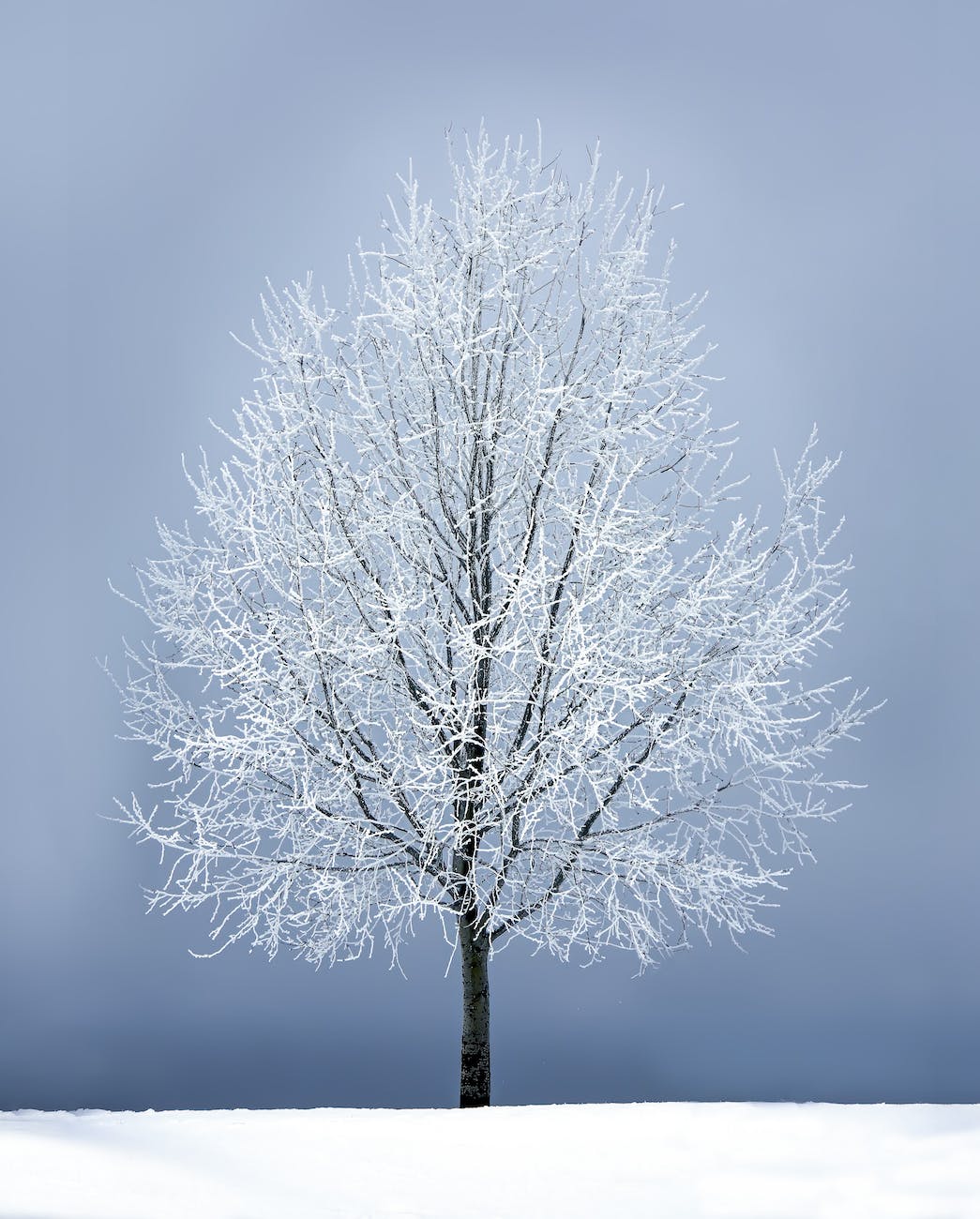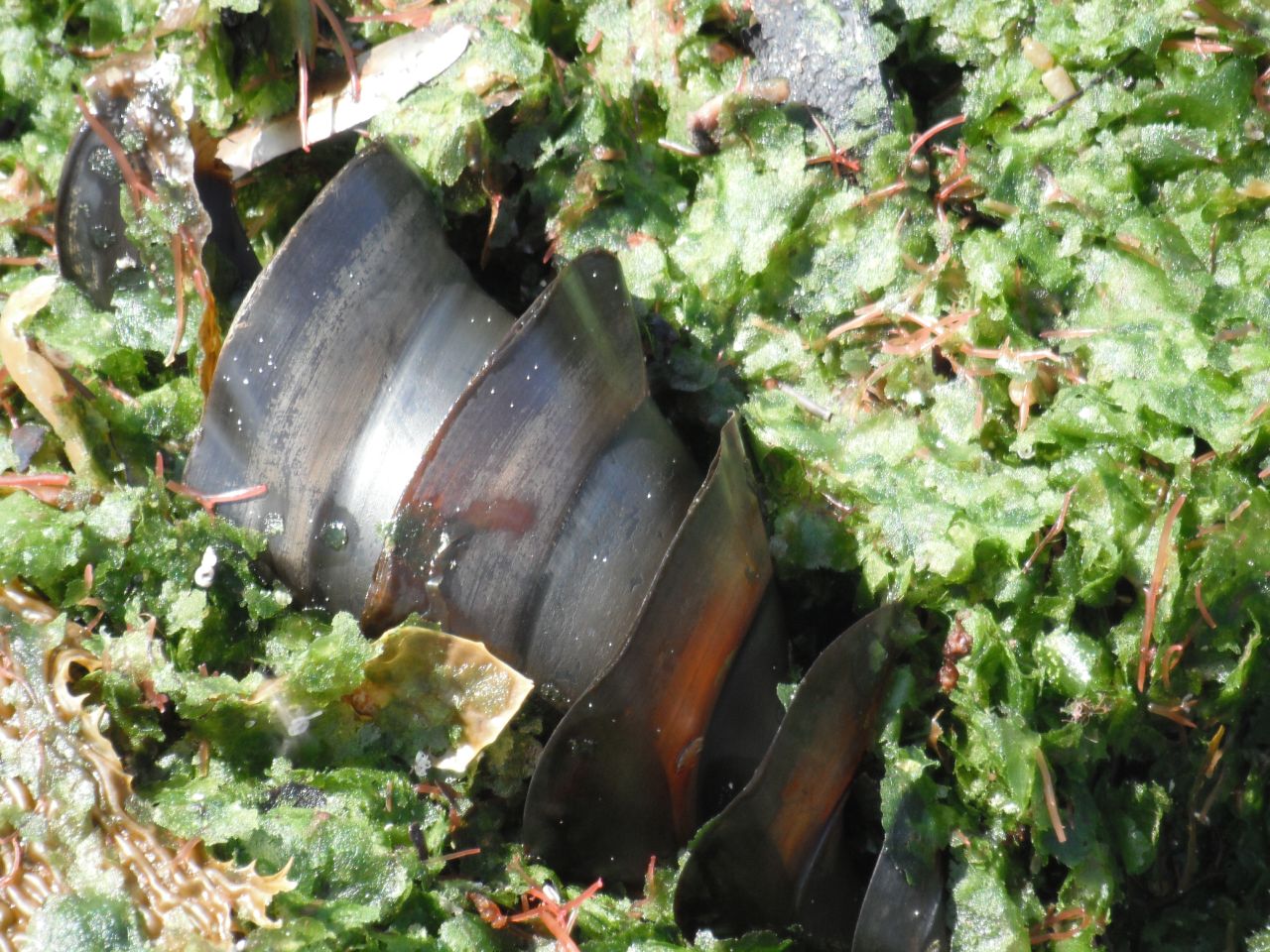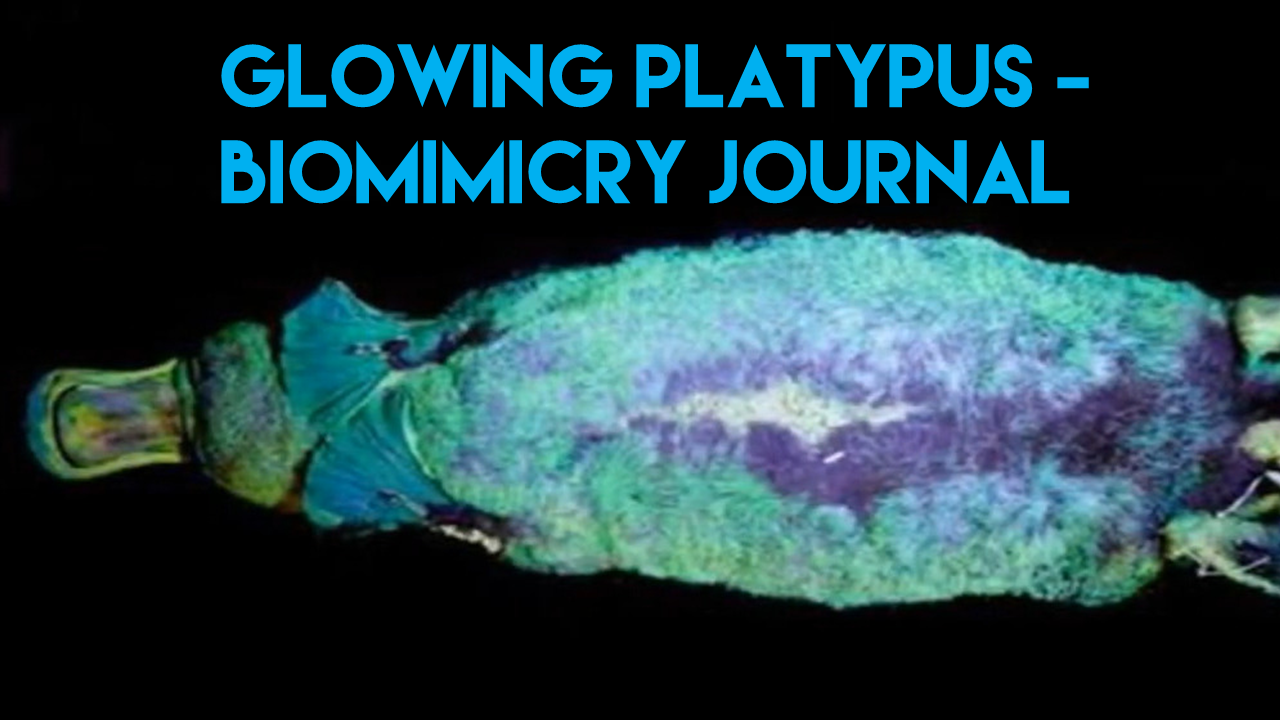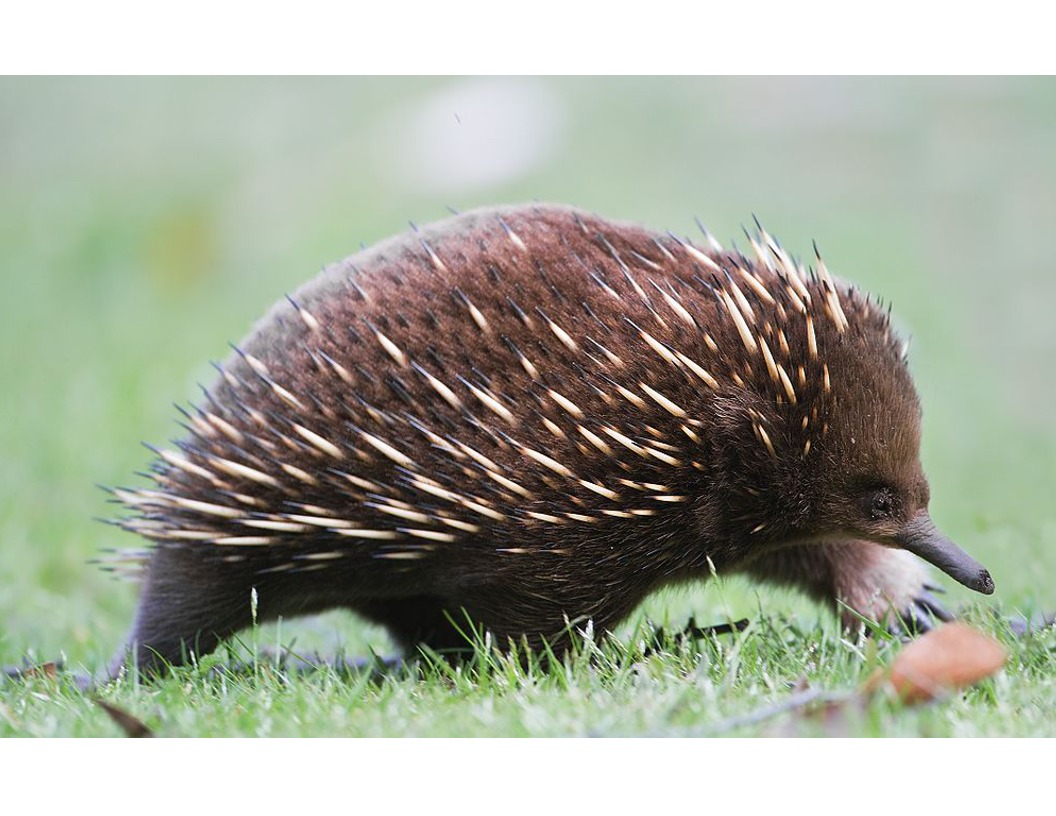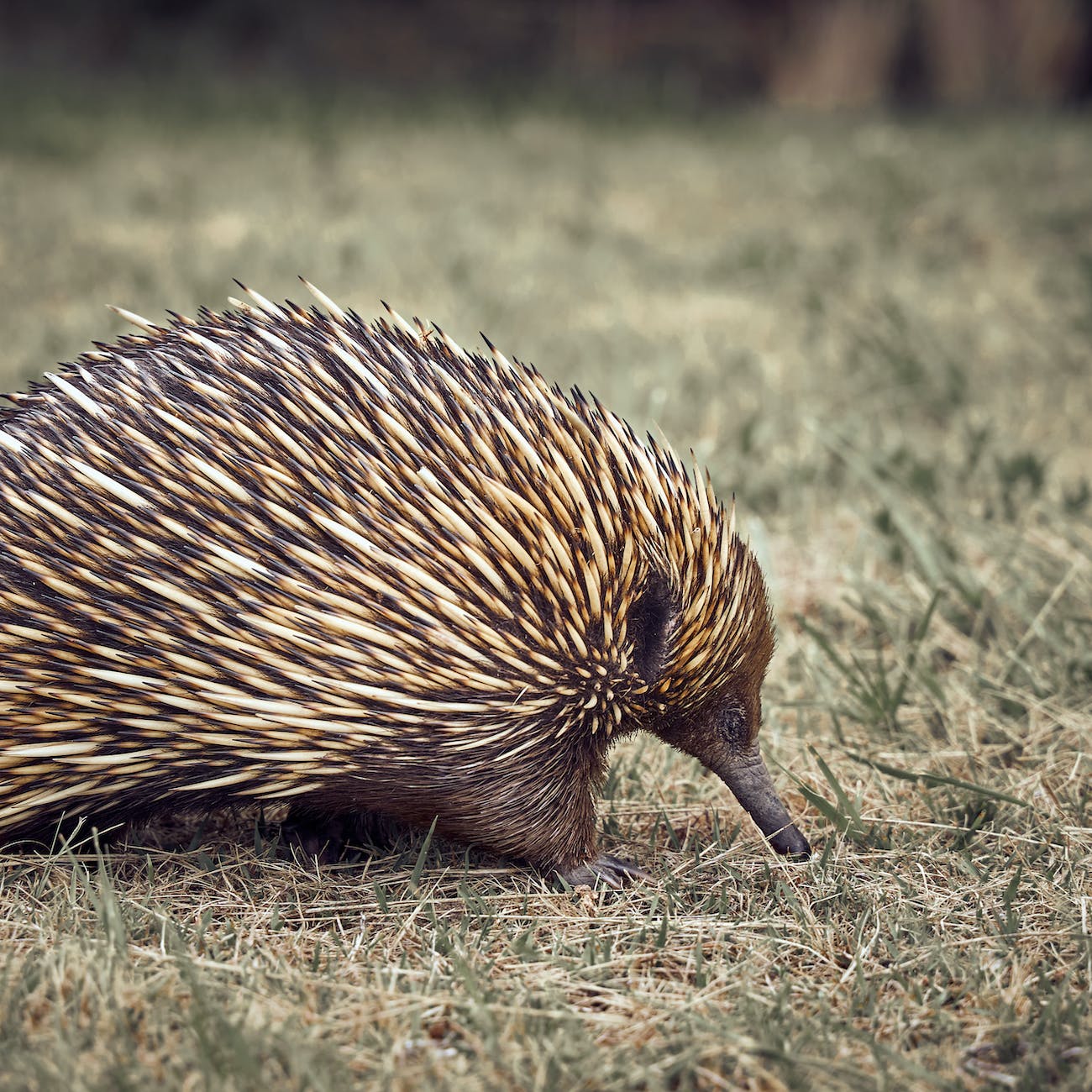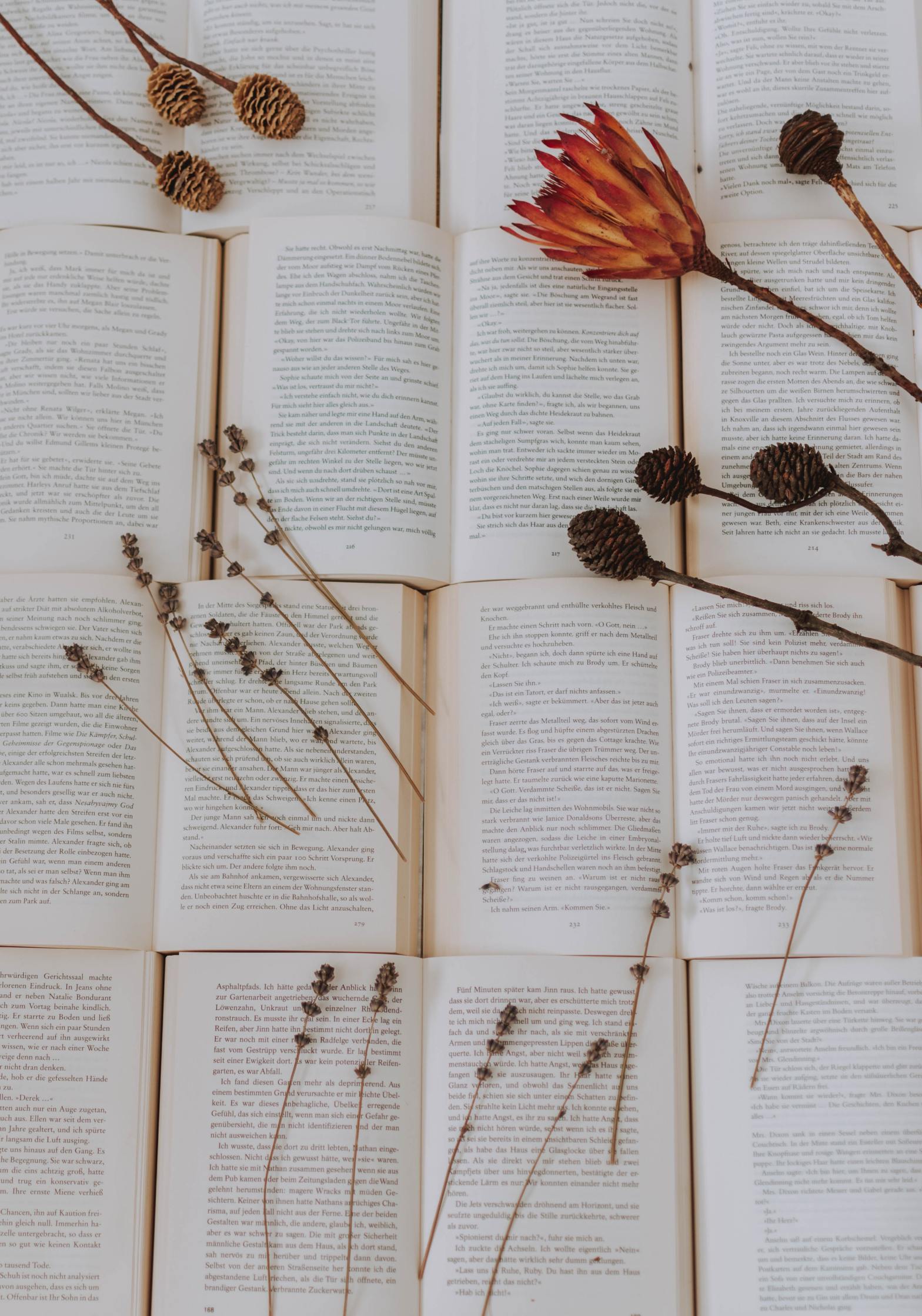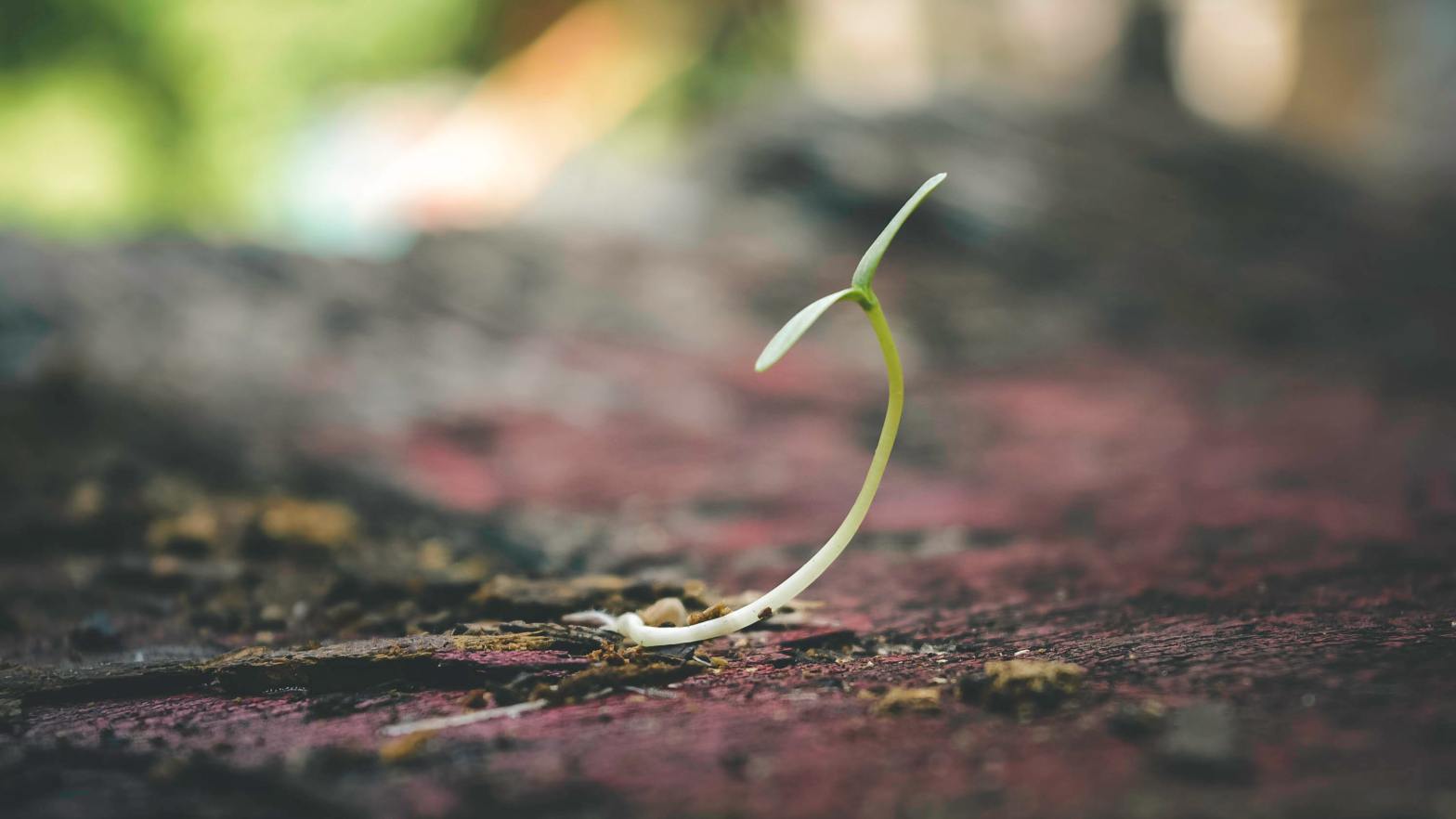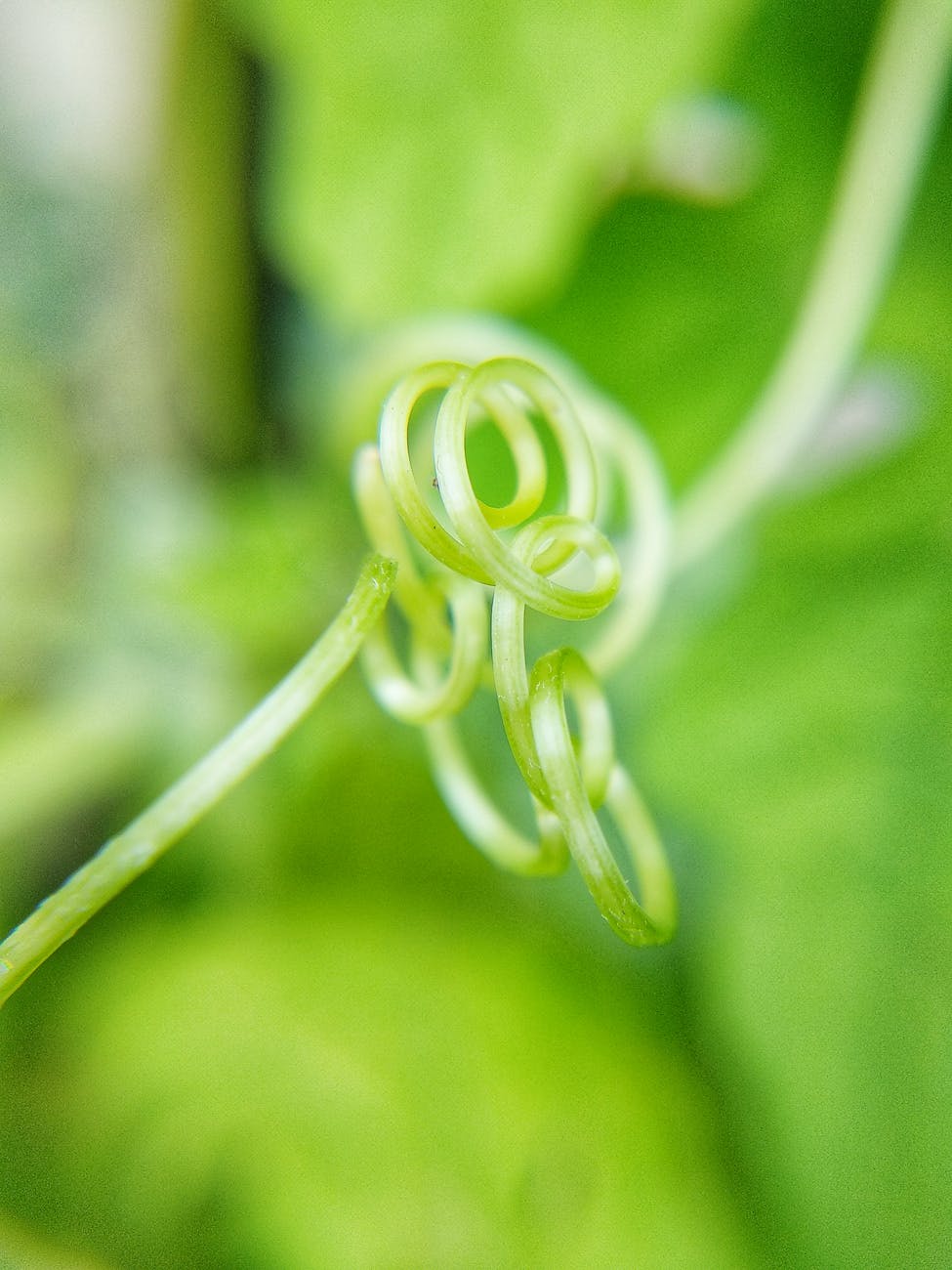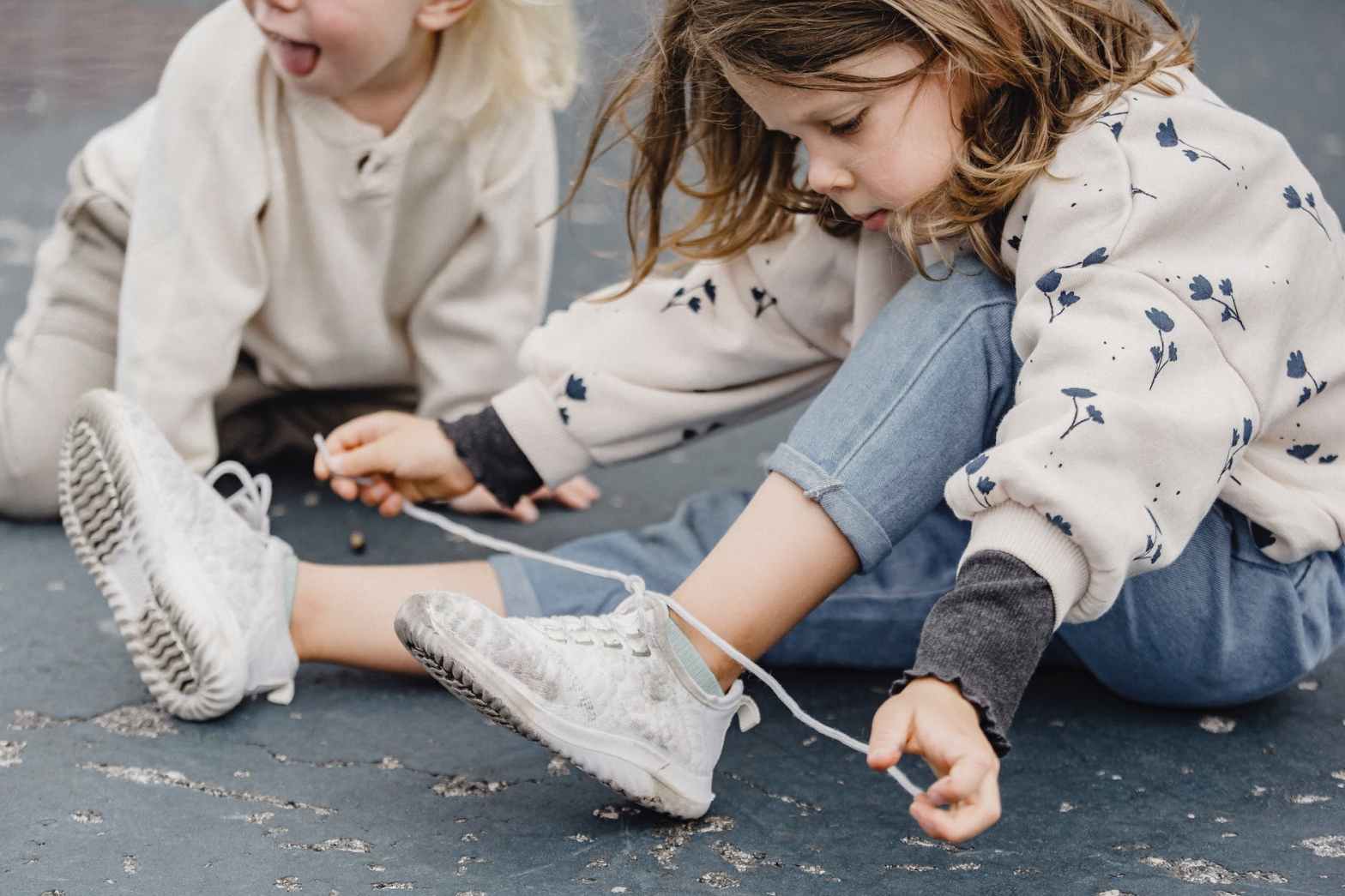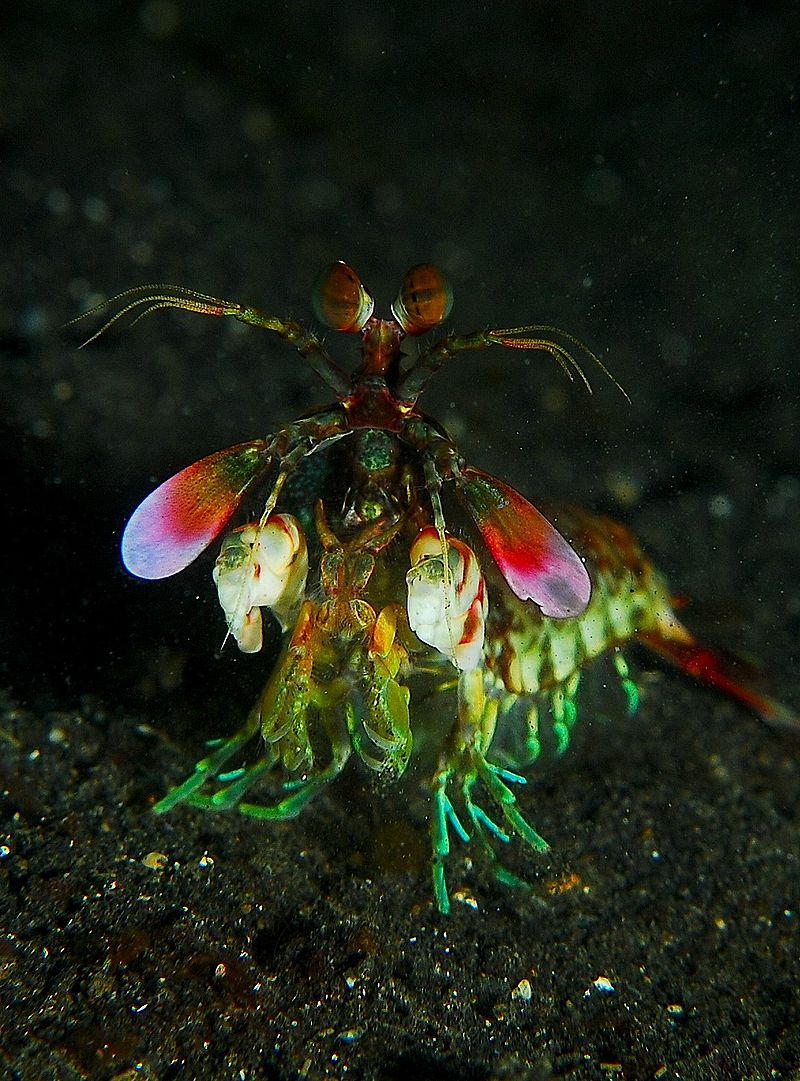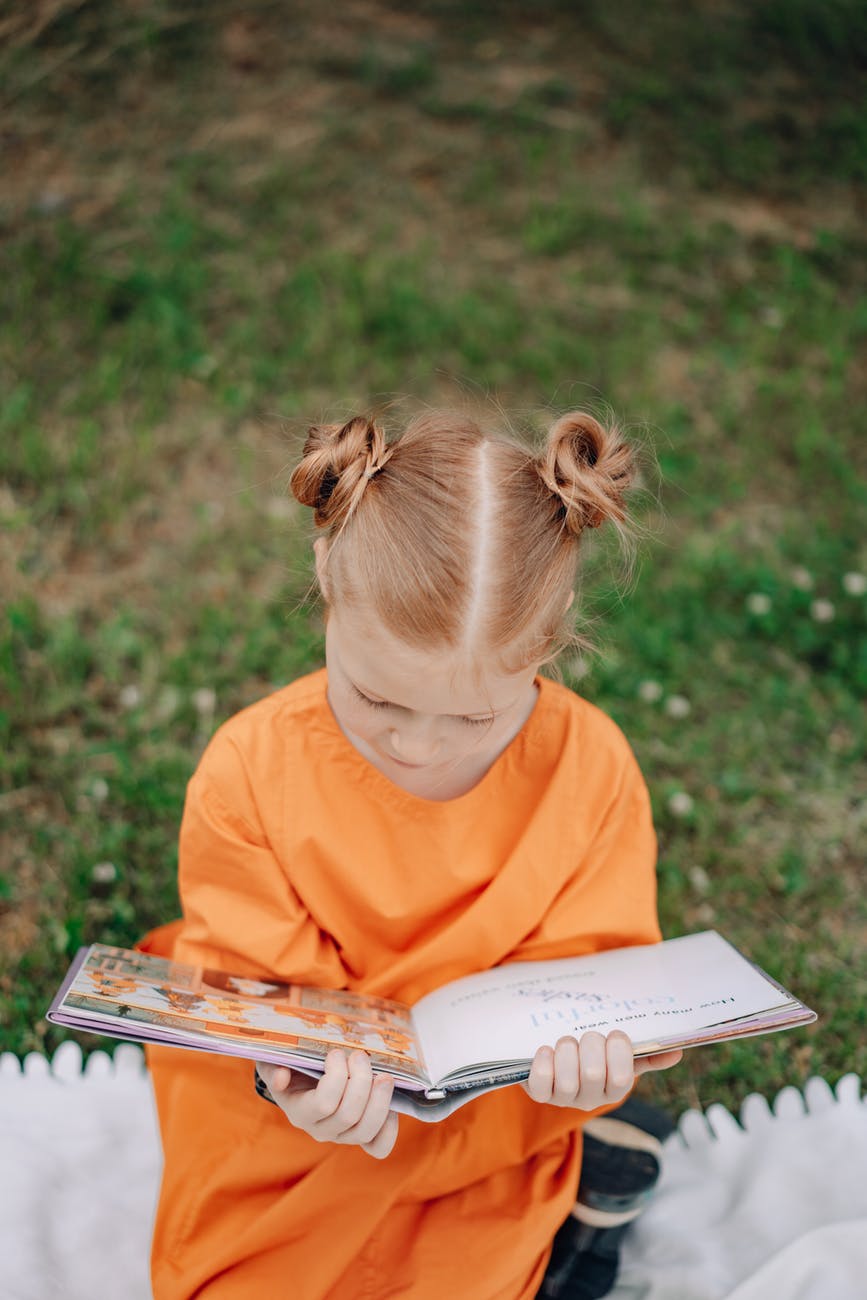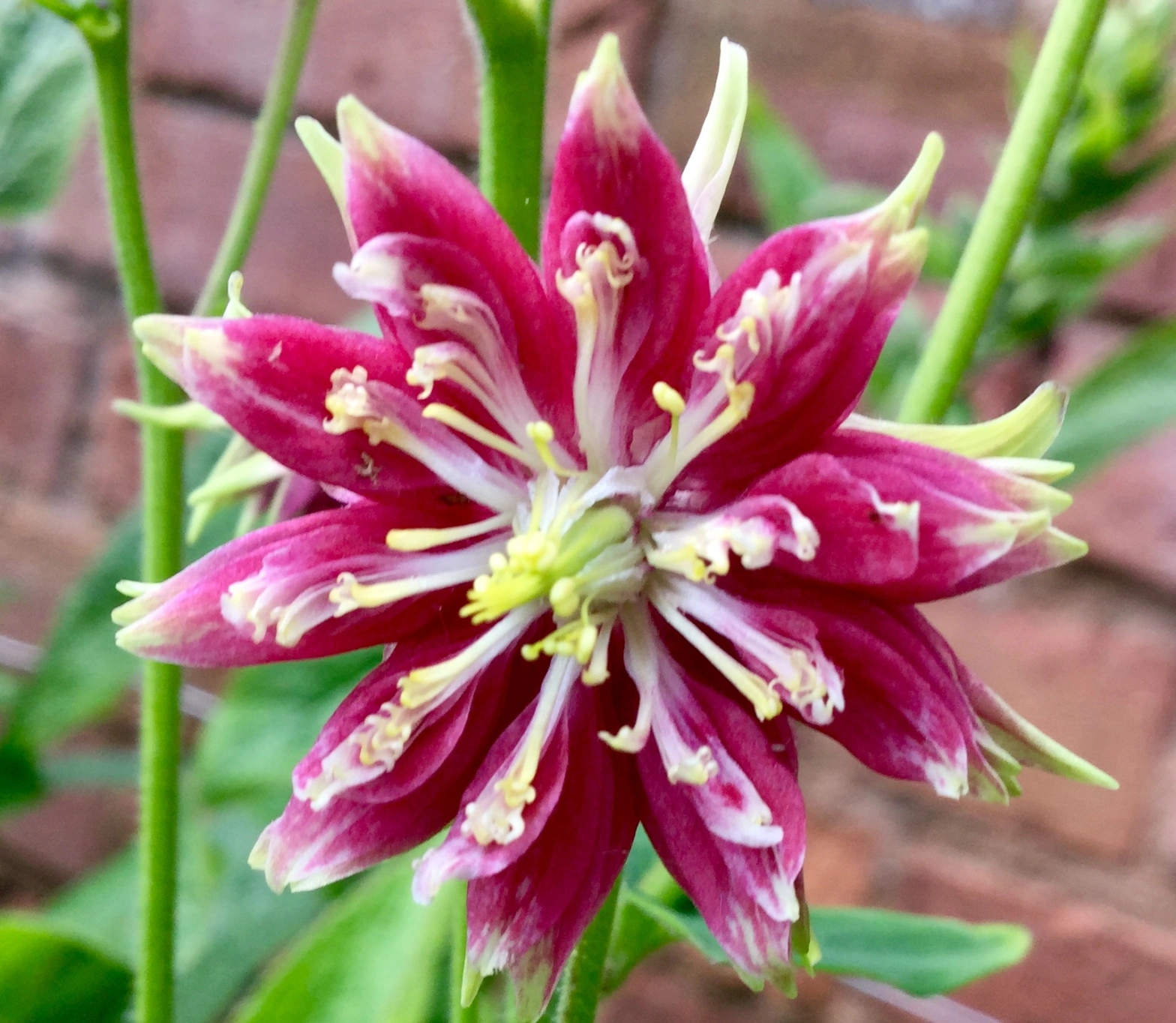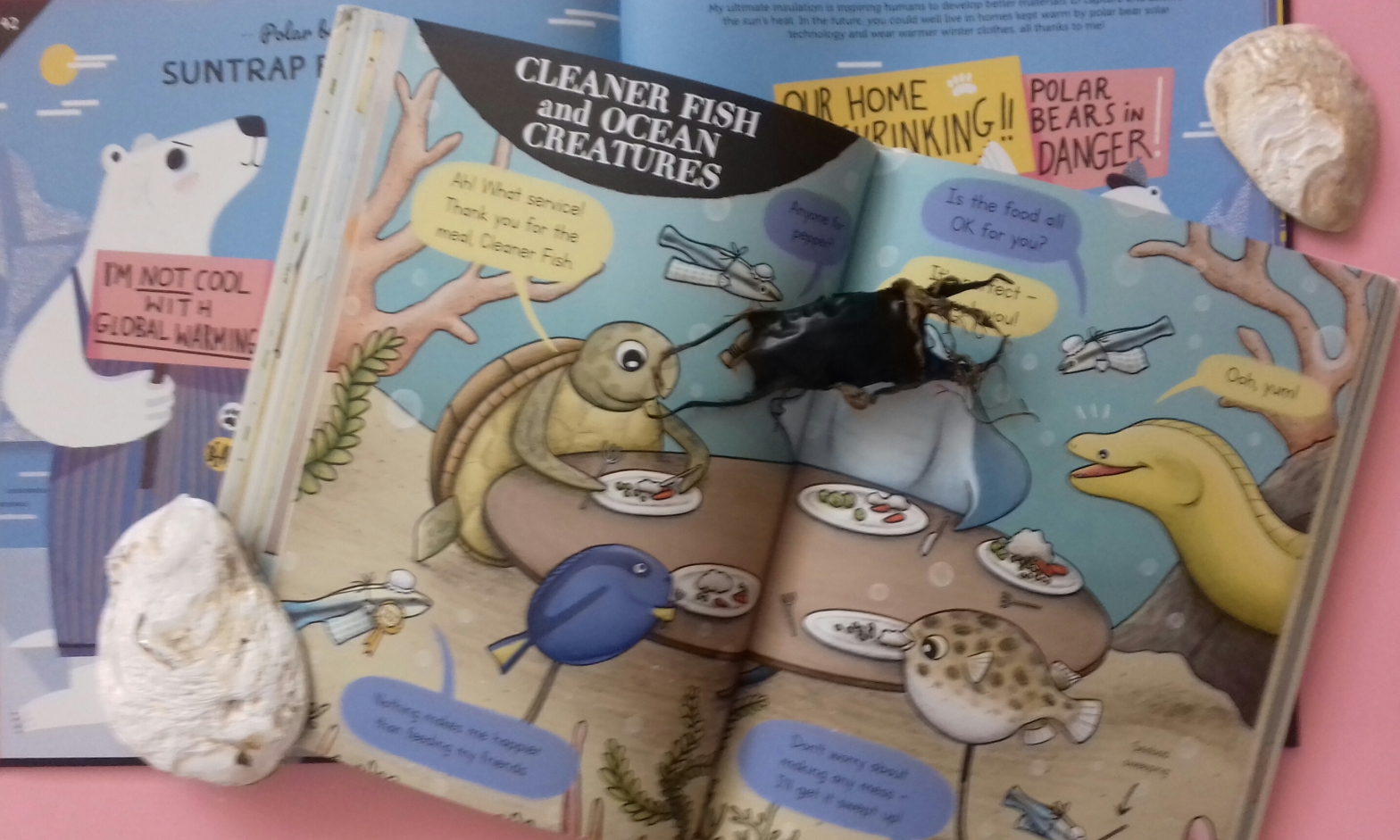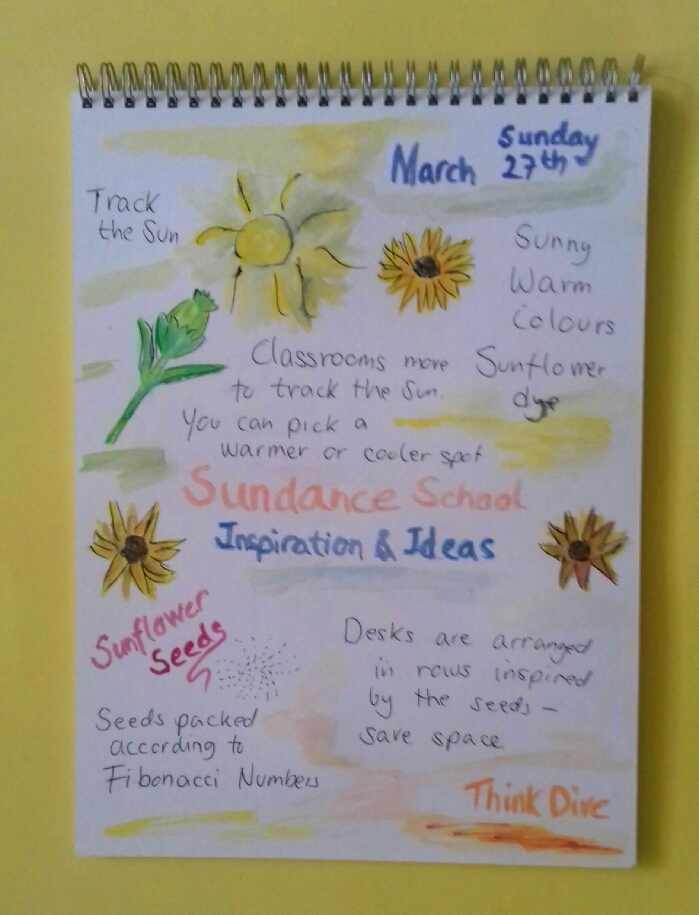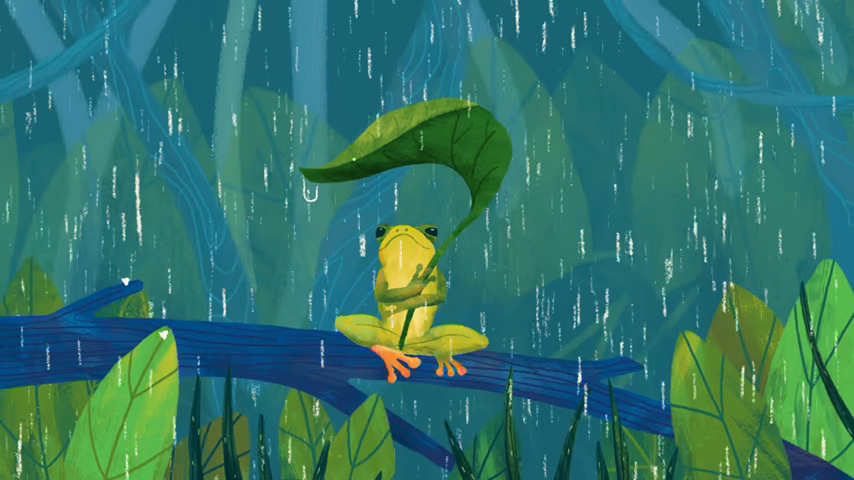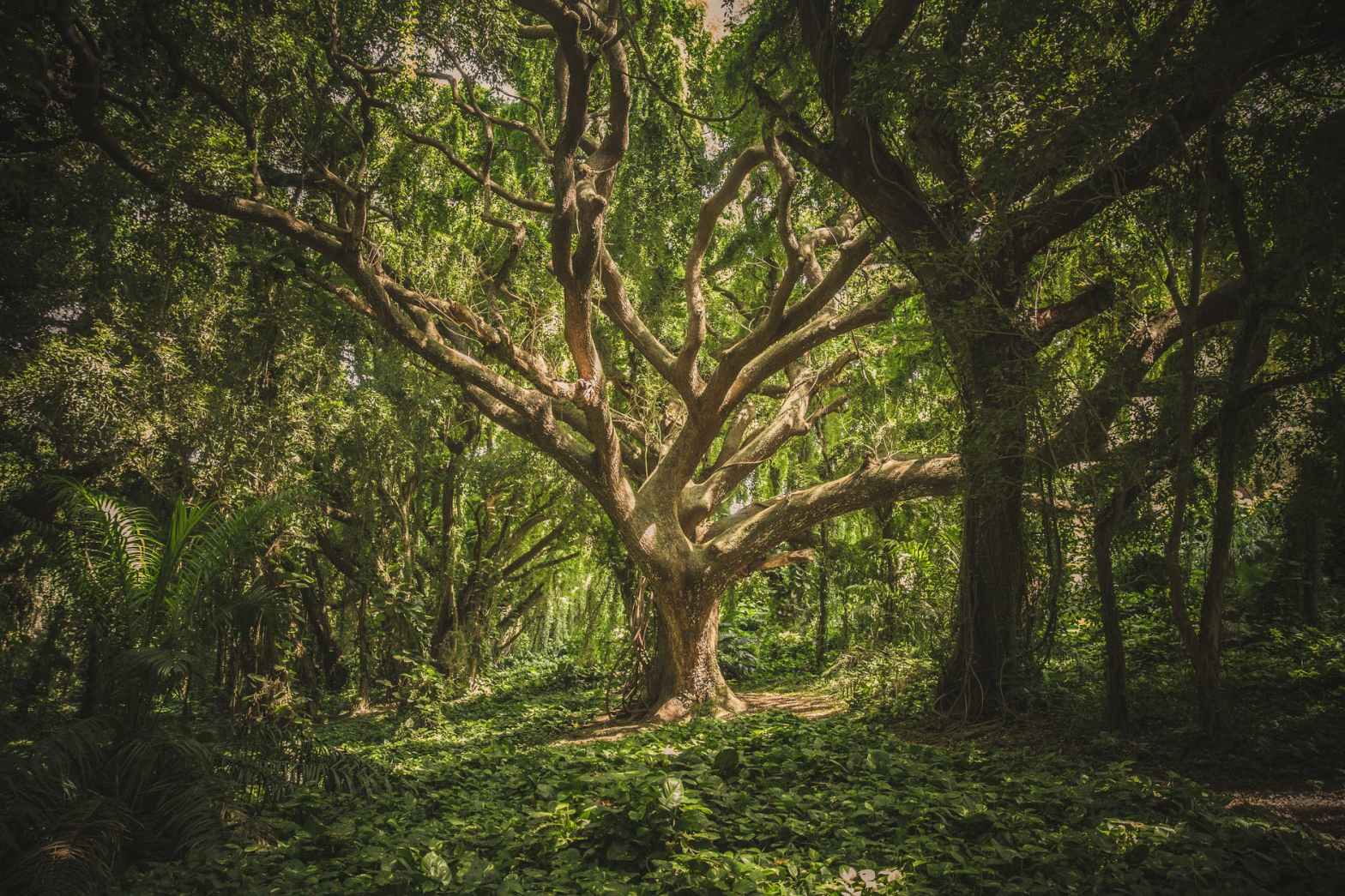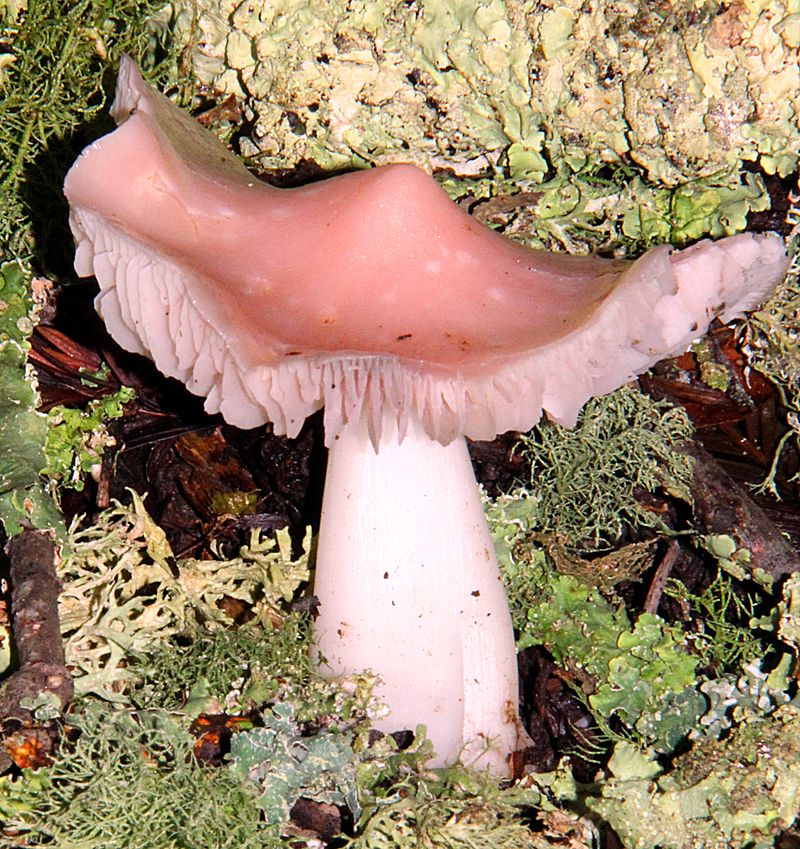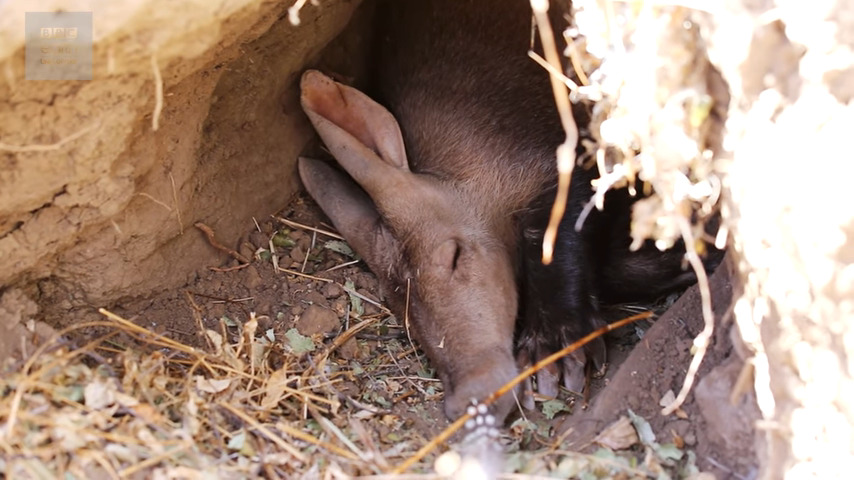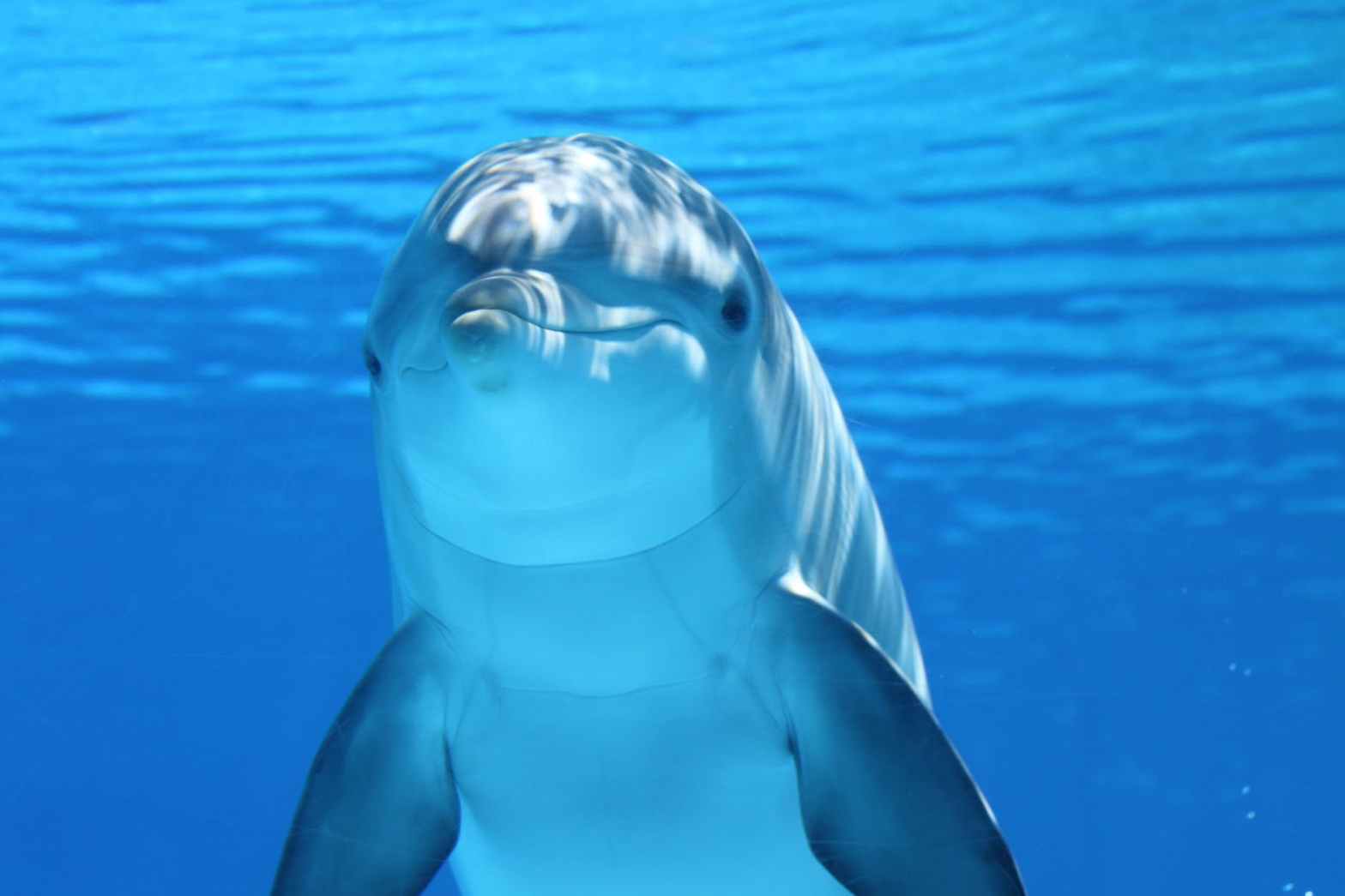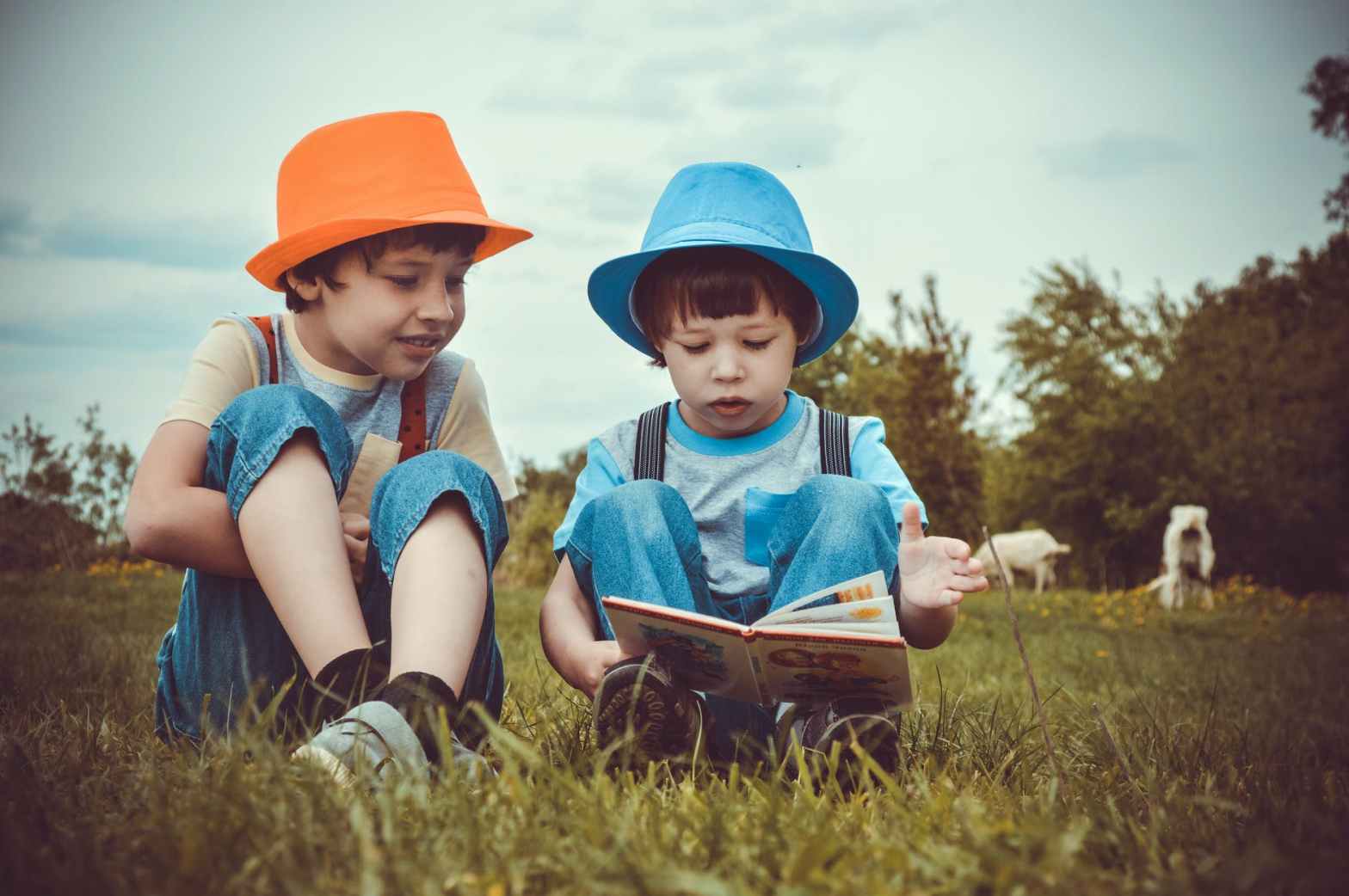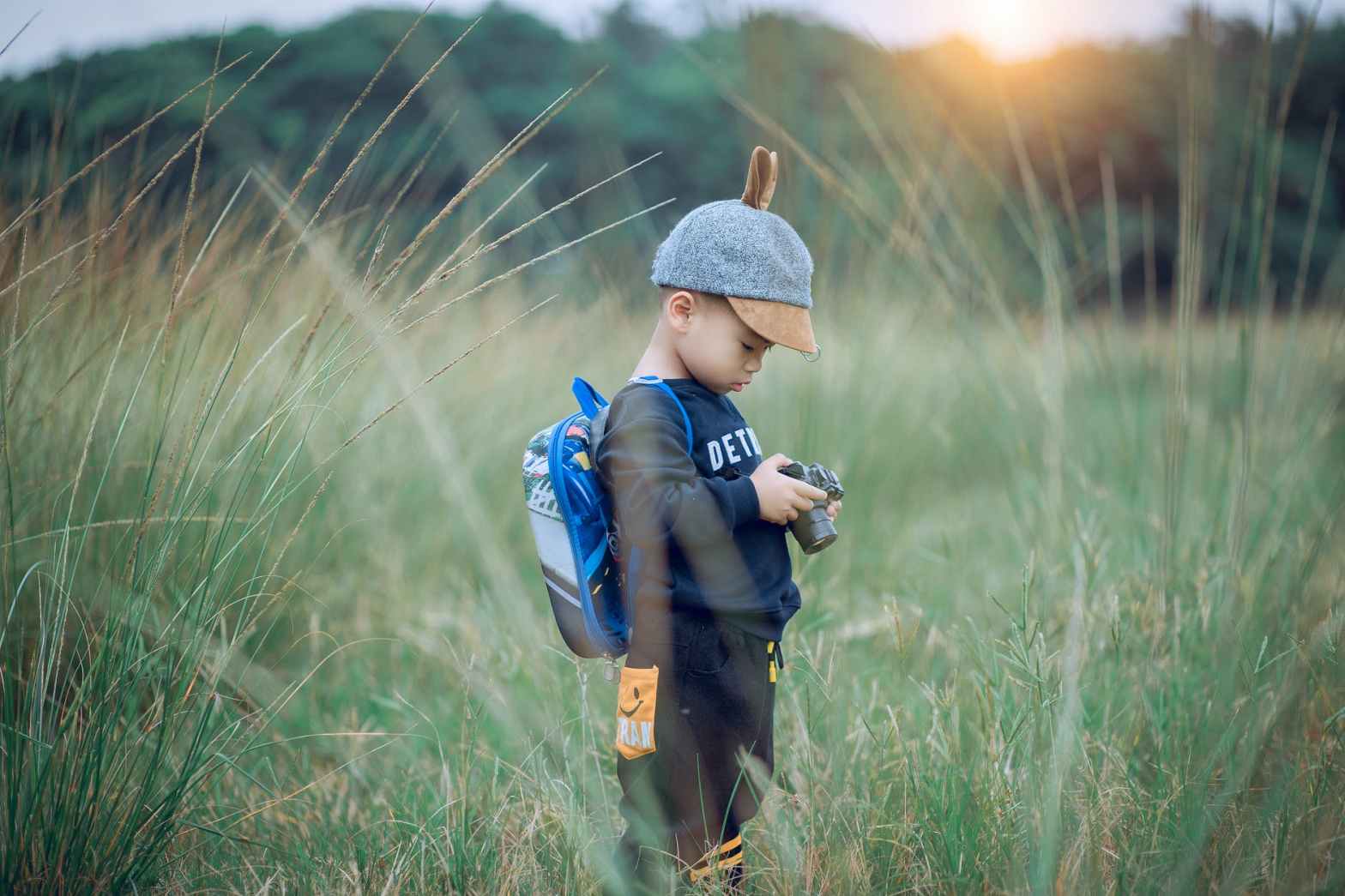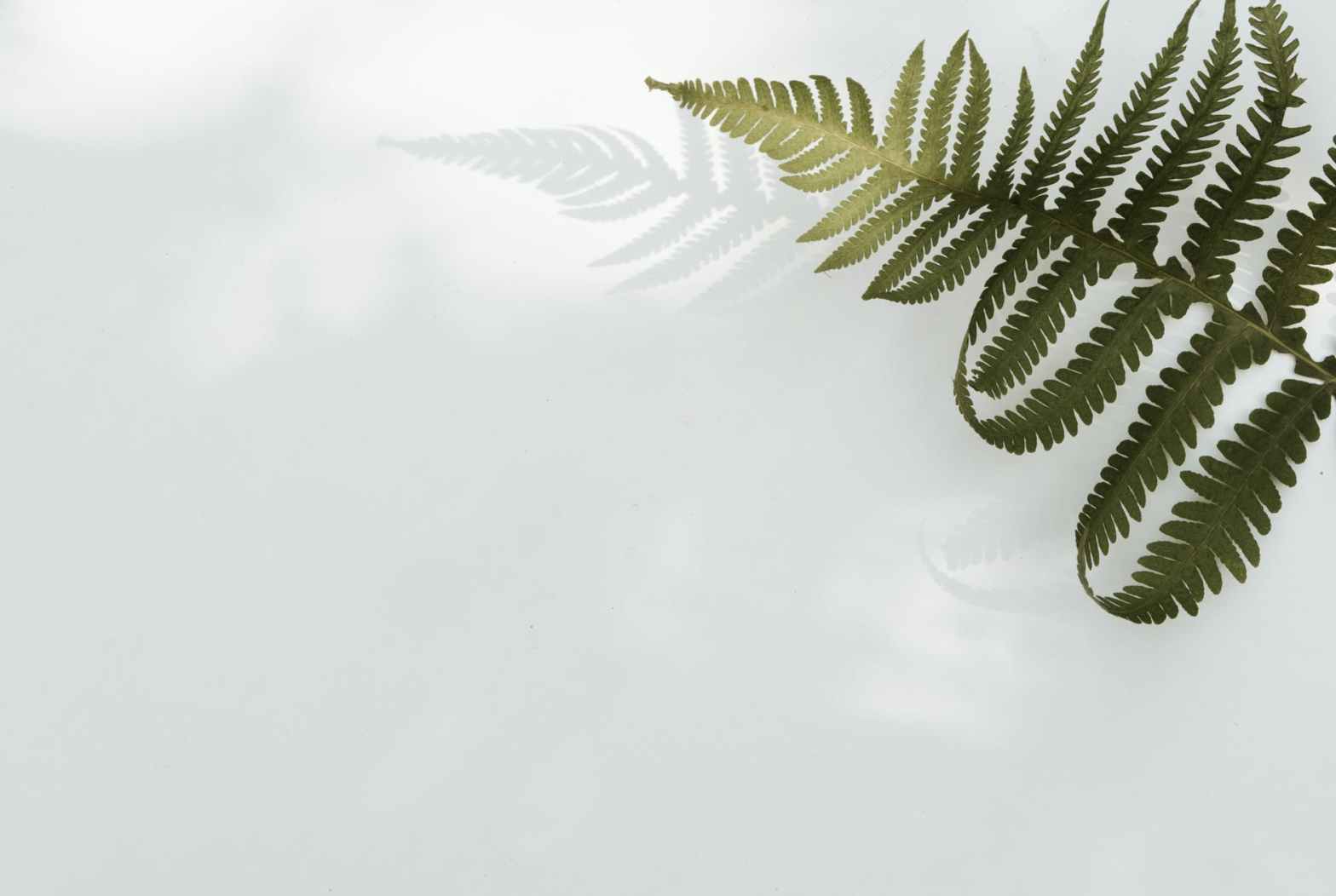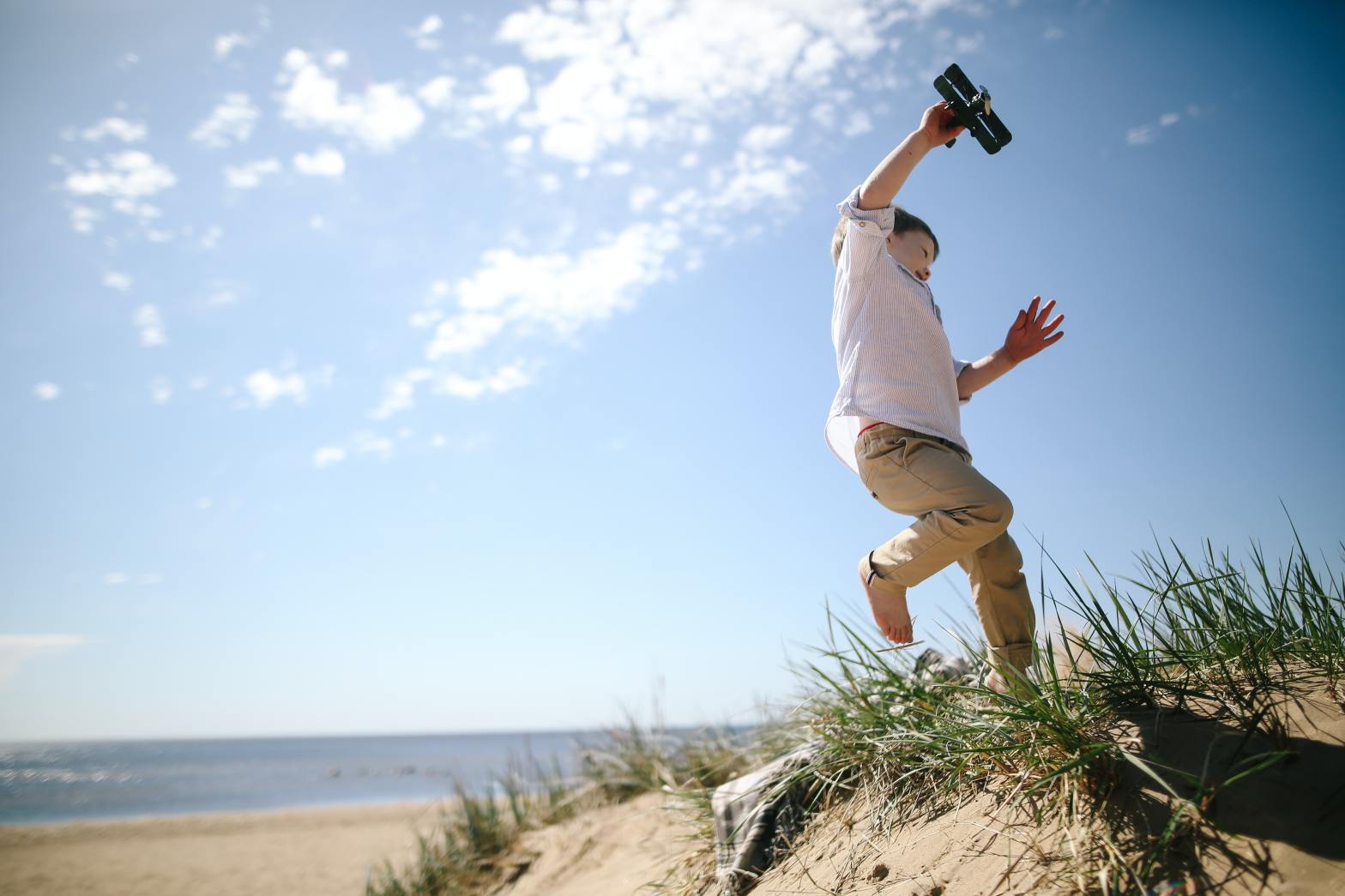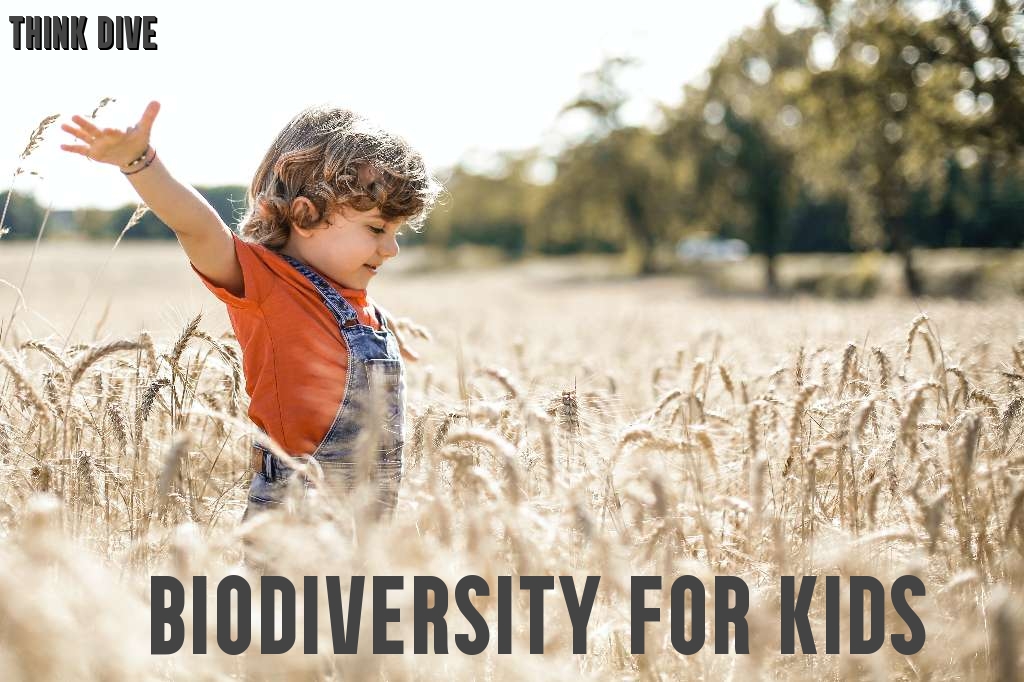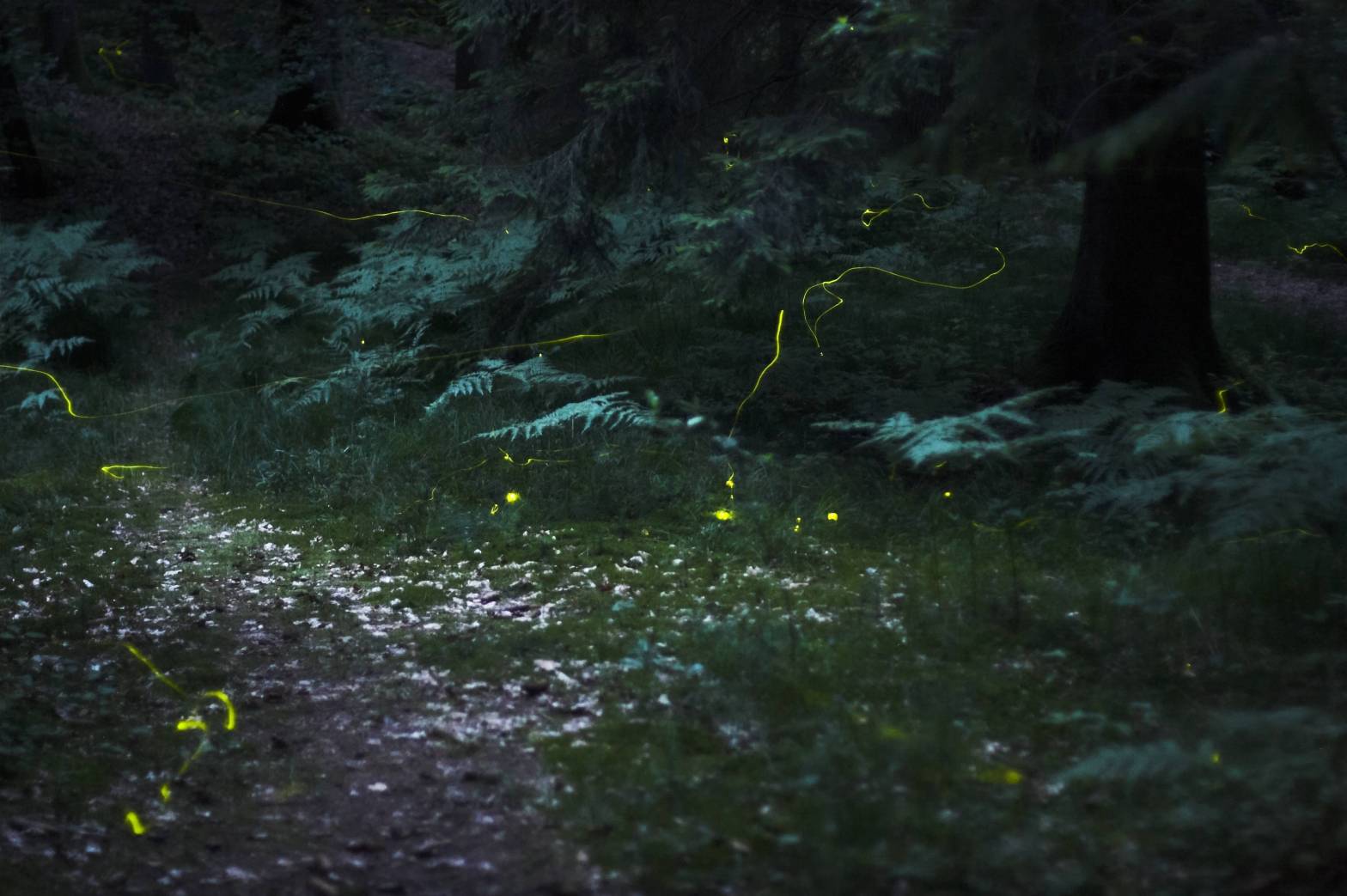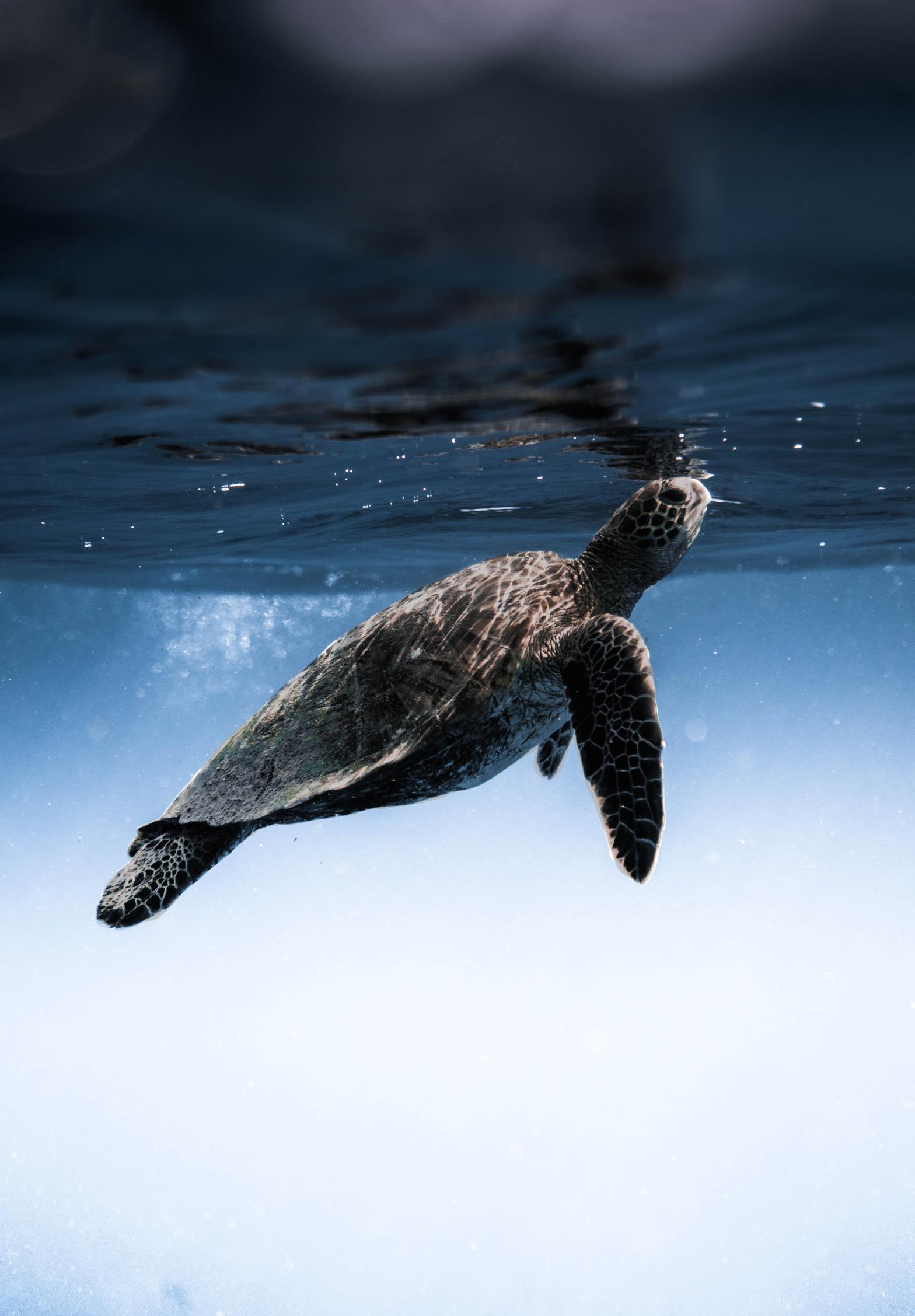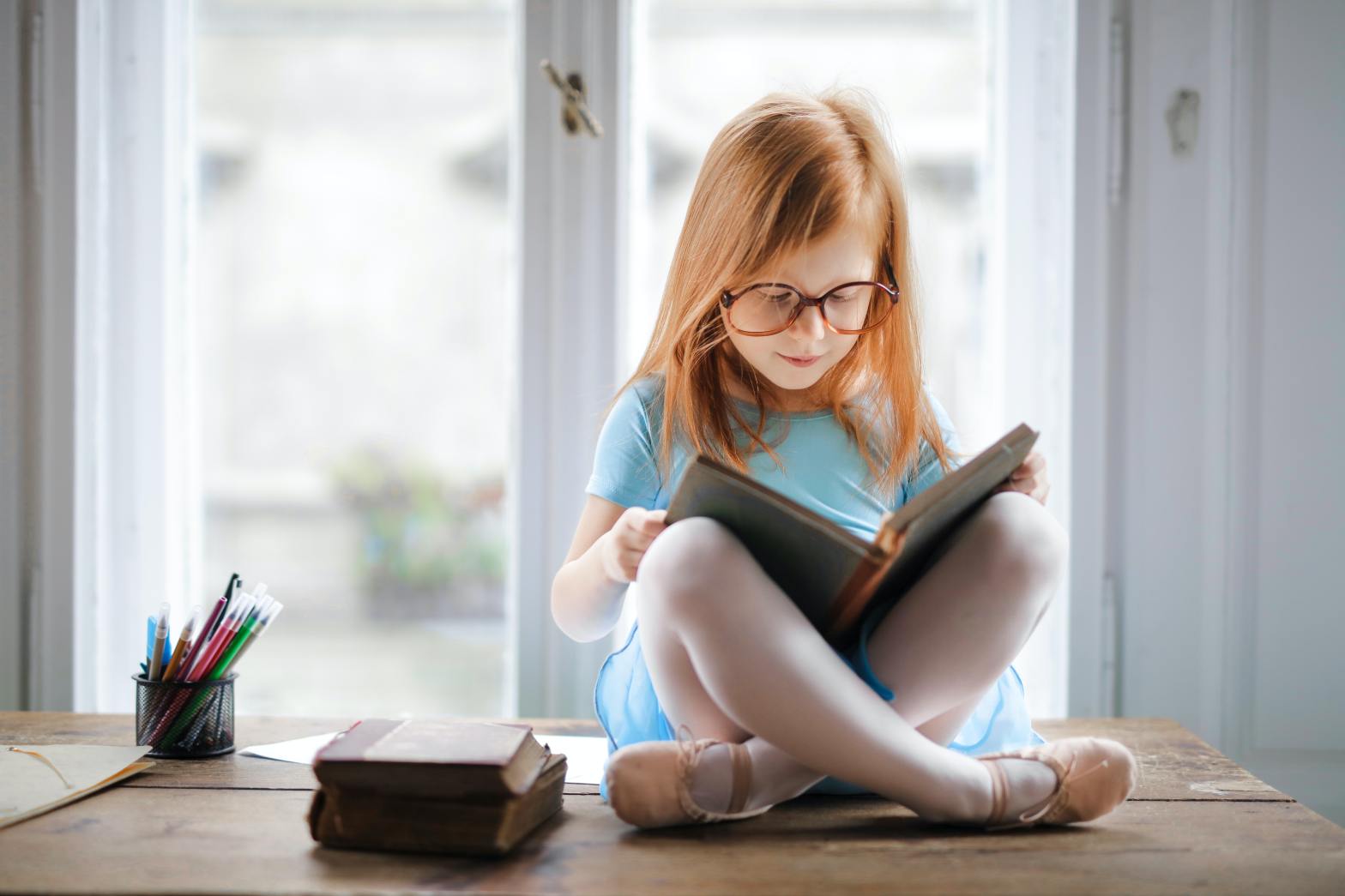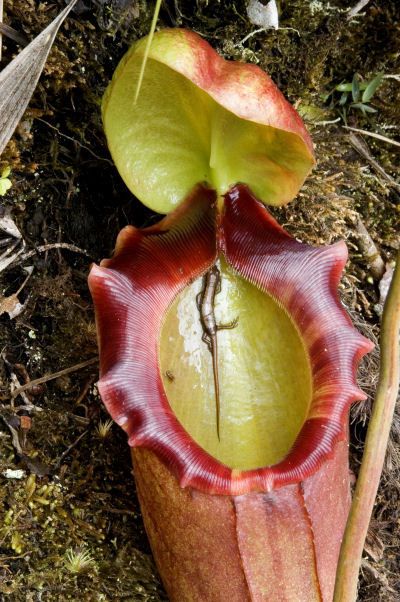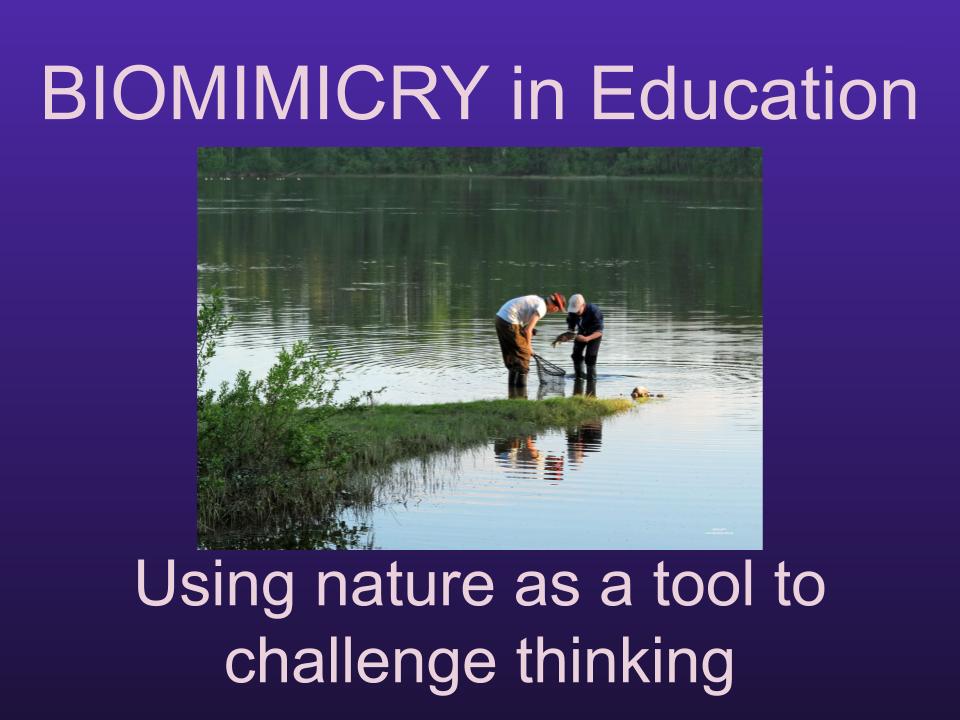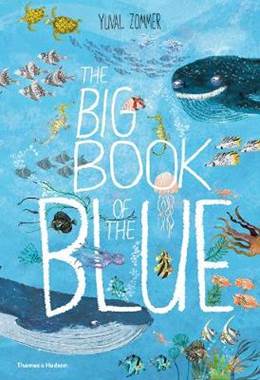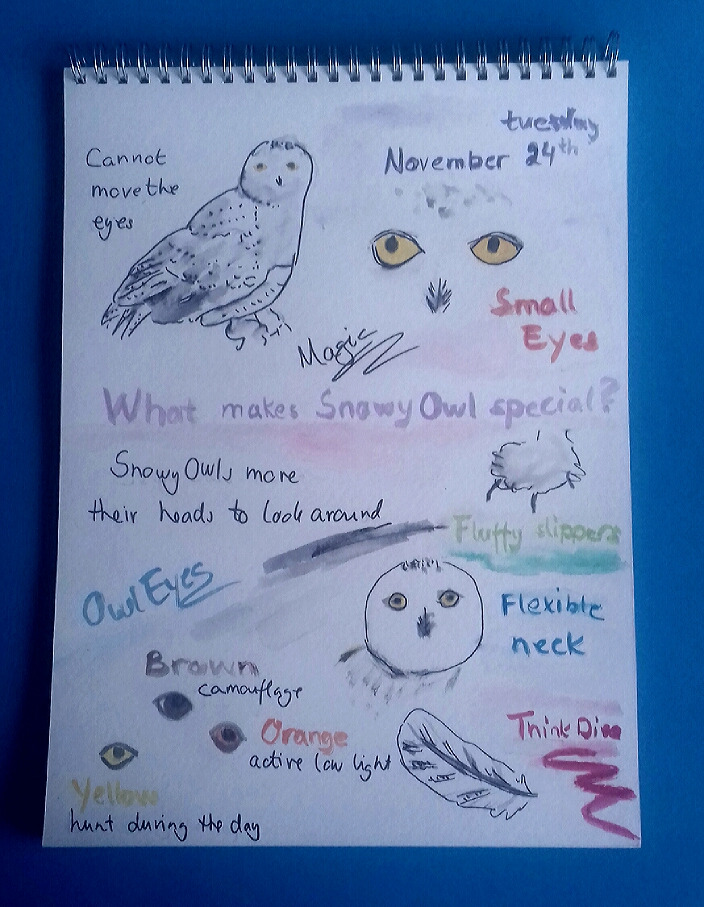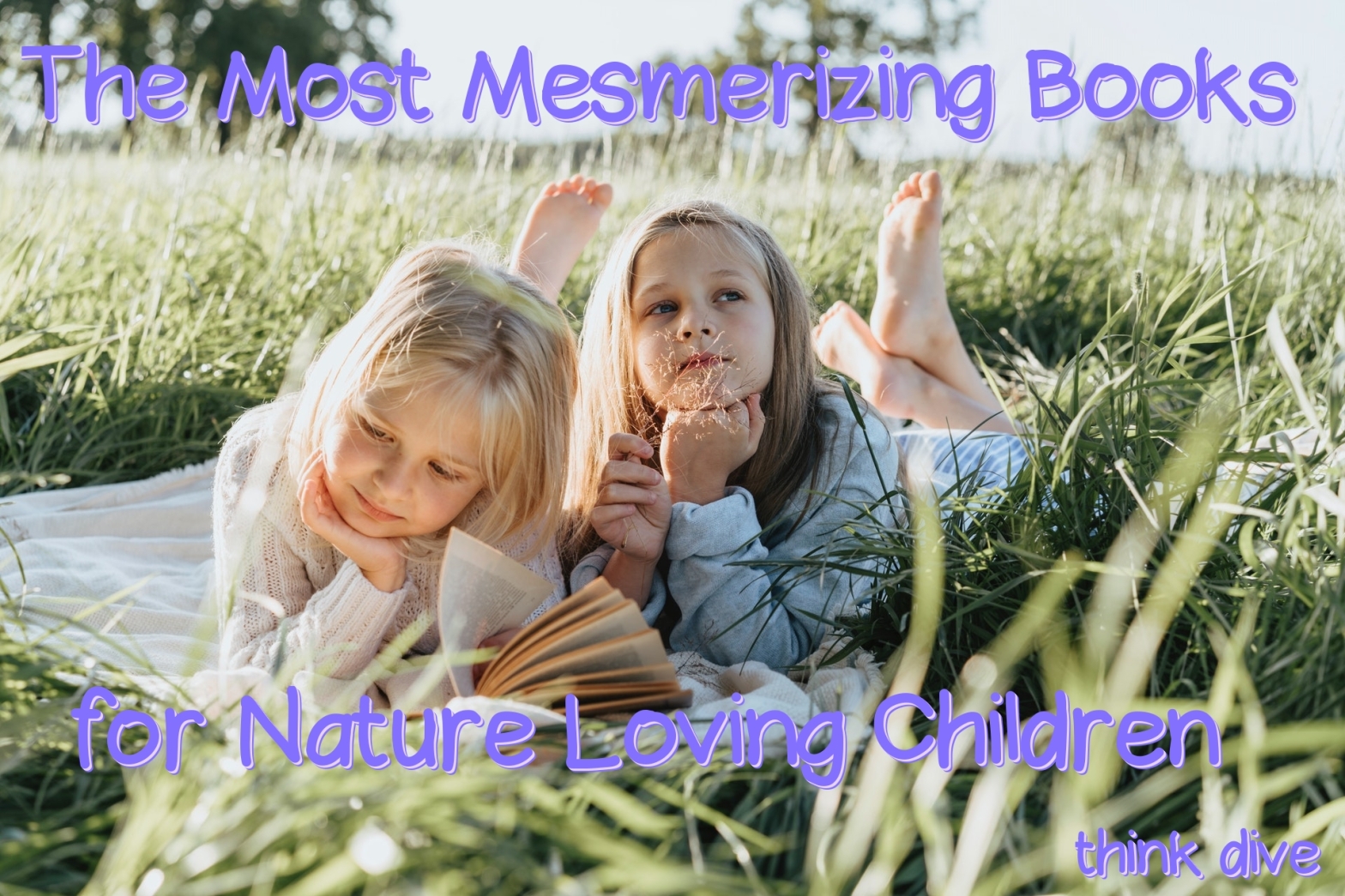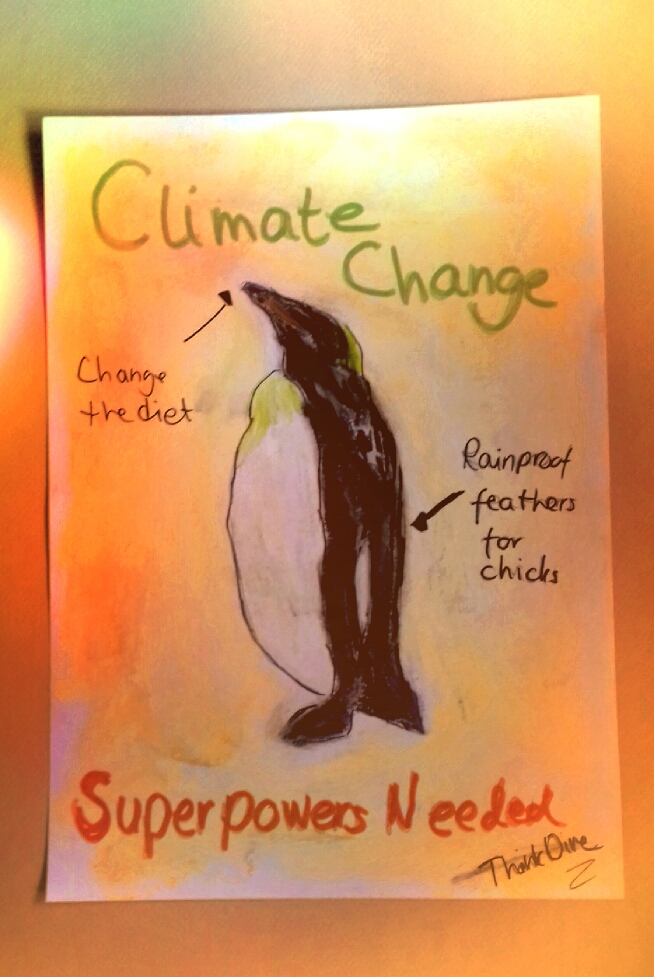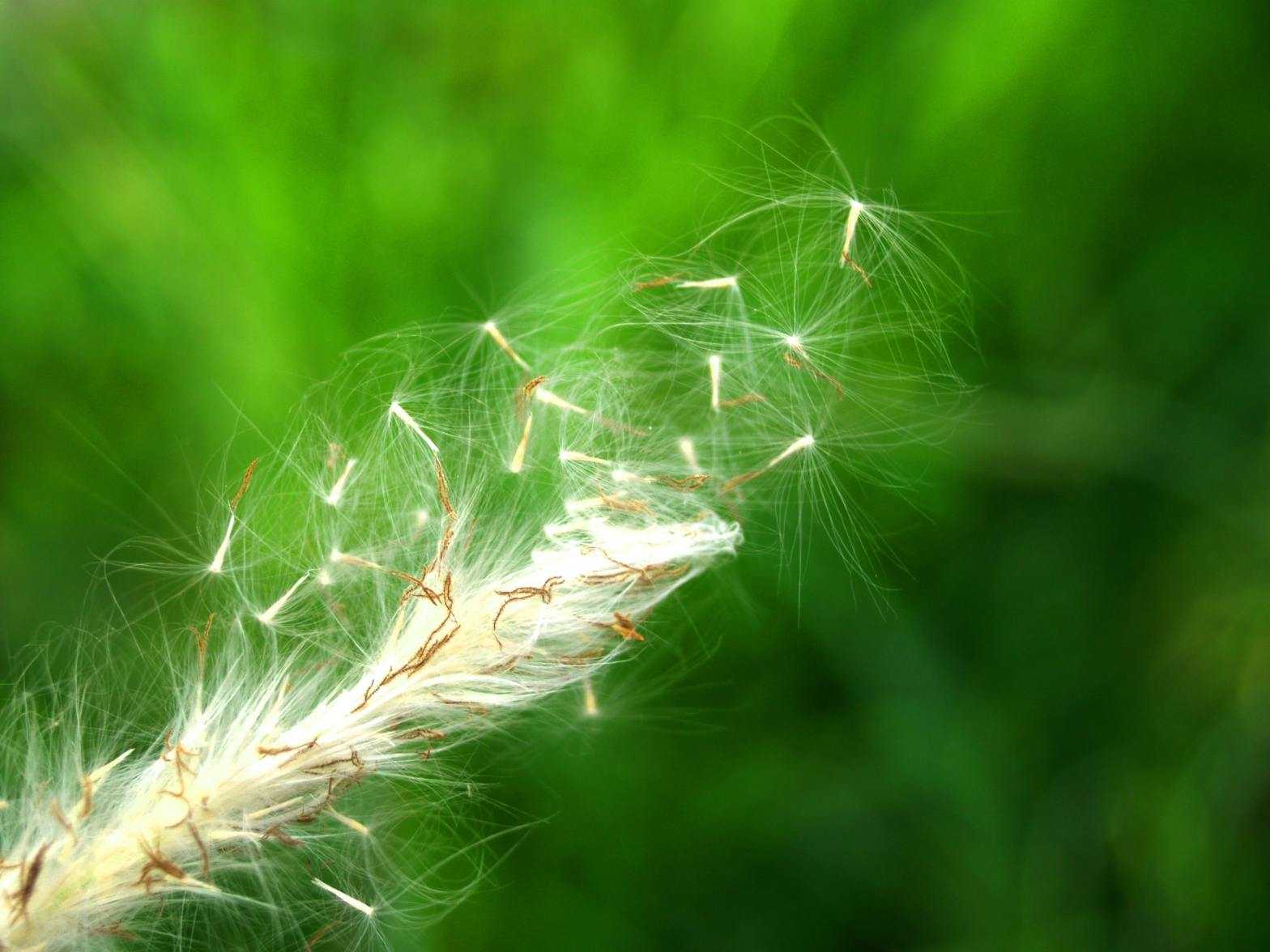The vibrant colours, fascinating shapes and abundant life of a coral reef create a unique habitat that no other Earth habitat can rival. Capturing this kaleidoscope of colours is a remarkable and engaging activity! Here are some awesome art projects that can inspire your child's creativity. Art is a powerful tool to send a strongContinue reading "Coral Art Projects"
May in the Nature Classroom
Save the Rhino Day - May 1st Save the Rhino Day, celebrated globally on May 1, highlights ways to help this fantastic ecosystem engineer. There has been a sharp increase in poaching activity and illegal trade of rhino horns. Today many subspecies of rhinos have been declared extinct and the entire rhino population is listedContinue reading "May in the Nature Classroom"
Coral Reef Ecosystem Engineers
Coral reefs provide a beautiful as well as crucial ecosystem for life underwater. Coral reefs act as ecosystem engineers, shaping their surroundings and influencing the entire ecosystem. If an ecosystem engineer disappears, the whole ecosystem may collapse. Coral reefs grow extremely slowly, consequently, it is vital to care for and protect these areas. It isContinue reading "Coral Reef Ecosystem Engineers"
Earth Day 2024!
The plastic crises facing our Earth are enormous, yet, biomimicry design offers a hope-driven approach to problems. Earth provides us with stunning landscapes and diverse wildlife. Take some time this Earth Day to breathe in our planet's beauty and ponder the delicate balance between enough despair to move us to action and hope for aContinue reading "Earth Day 2024!"
Fantastic Coral Reef Books for Kids
Coral reefs! I will never forget my first encounter with one of the world's natural wonders. It had been a rough boat trip but nothing could spoil this joyous moment. The Great Barrier Reef was a magical place brimming with beauty and life even on a cloudy and grey day. Sadly, coral bleaching worldwide isContinue reading "Fantastic Coral Reef Books for Kids"
Creative Activities to Explore Native Australia & New Zealand & Wildlife
Below are links to resources I have created inspired by New Zealand and Australia's unique and wonderful wildlife. Learn about Australia's unique and endemic wildlife, from iconic koalas to spiny, ant-eating echidnas and the duck-billed egglaying platypus. The focus is on learning about the life cycle and using the remarkable animals as inspiration for creativeContinue reading "Creative Activities to Explore Native Australia & New Zealand & Wildlife"
The Role of Glowing Corals in Reefs Conservation: Unveiling the Role of Underwater Gardens
A glowing fluorescent coral reef might initially sound like something beautiful, yet it is a sign of a last desperate move by corals to survive. Coral reefs are magnificent and magical underwater gardens. A reef is the underwater equivalent of the Amazon Rainforest supporting a huge variety of animals. A coral reef is made ofContinue reading "The Role of Glowing Corals in Reefs Conservation: Unveiling the Role of Underwater Gardens"
Home by Isabelle Simler
"The octopus makes its home in a beautiful stony villa, the bowerbird decorates his incredible blue pavilion. Tireless beavers build their lodge, and the elf owl hides, safe in the hollow of a cactus." Come on a journey into the world of talented homemakers. Explore inside their dream homes and imagine life, through the eyesContinue reading "Home by Isabelle Simler"
The World’s Plastic Pollution Crises in Our Oceans
Earth Day is celebrated globally on April 22nd. In 2024, the theme is Planet vs Plastic, and the aim is to shift our attitudes and actions concerning plastic usage. Reducing plastic pollution is vital since it is becoming clearer the devasting impact that plastic pollution has on human and animal health, and the overall ecologicalContinue reading "The World’s Plastic Pollution Crises in Our Oceans"
Animals Making Tools – The Fascinating Case of the Coconut Octopus
A walking octopus with a coconut shell on its head looks very stylish! The name Coconut Octopus sparks lots of ideas. Images of a giant octopus living on a tropical island swimming around among floating coconut shells might flash through your mind. Although this is not true, the truth is still mind-boggling and fascinating. WhileContinue reading "Animals Making Tools – The Fascinating Case of the Coconut Octopus"
Giraffologist!
Say the word "Giraffologist" slowly and imagine what it would be like to spend your days studying these gentle giants with long necks and big hearts. The book Anne And Her Tower Of Giraffes: The Adventurous Life of the First Giraffologist by Karlin Gray, illustrated by Aparna Varma explores the life of the world's firstContinue reading "Giraffologist!"
April in the Nature Classroom
"Nature is one of the first sparks to light the flame of wonder in a child, and indeed is the spark that can allow someone who has lost a sense of wonder to recover." Catherine L'Ecuyer National Find a Rainbow Day - April 3rd April showers not only bring flowers in May but also enchantingContinue reading "April in the Nature Classroom"
Unveiling the Secrets: How the Smell of Coral Reefs Reveals Insights into Heat Stress?
Have you ever wondered what the smell of a coral reef can tell us about its well-being under heat stress? Do vibrant and healthy coral reefs emit a scent? If they do, what does it smell like? Smell plays an interesting as well as important role in our lives. It has a huge impact onContinue reading "Unveiling the Secrets: How the Smell of Coral Reefs Reveals Insights into Heat Stress?"
Awesome Nature Books for Curious Kids
From a lovely story about nature's greatest escape artist - the smart octopus to antifreeze fish and shimmering lagoons in the Okavango Delta to Rewilding stories at Bedtime, here is our favourite list for Spring reading. Let's Save the Okavango Delta: Why we must protect our planet by Catherine Barr & Jean Claude Big topicsContinue reading "Awesome Nature Books for Curious Kids"
What is Great about Antifreeze Arctic Bumblebees?
Inspired by the arctic bumblebee, we made a poster with a drawing. We added interesting things about the bumblebee. We used this video as inspiration. https://www.youtube.com/watch?v=3Vm7T4M7t-Q
Can You Spot Seahorses?
Pygmy seahorses are a special species of seahorses - they range in size between 13 to 27 mm between the tip of the tail to the end of the snout. They have adapted for their small size and they are notorious for their clever camouflage. Pygmy seahorses live in coral reefs. It was only ratherContinue reading "Can You Spot Seahorses?"
Sea Otters Babies’ Swimming Lessons
Swimming Lessons for Sea Otter Babies! The sea otter can live its entire life without leaving the water but their babies cannot swim when they are born. So the baby has to learn to swim and the learning starts shortly after birth when the mother otter introduces the pup up to the water. From theContinue reading "Sea Otters Babies’ Swimming Lessons"
How have the Arctic Bees Adapted to a Cold Climate? What happens when the Climate Changes?
How can a bumble bee survive in the cold Arctic Summer? Bombus polaris and Bombus pyrrhopygus, known as the arctic bumblebee, live in Northern Scandinavia, Canada, Russia and the US state of Alaska. These are cold places and surviving in these places requires a greater effort to regulate their temperature. This insect might be aContinue reading "How have the Arctic Bees Adapted to a Cold Climate? What happens when the Climate Changes?"
March in the Nature Classroom
World Seagrass Day - March 1st March starts with World Seagrass Day. This day was introduced in 2022 by the UN's General Assembly. Seagrasses are flowering plants that are found in shallow waters from the tropics to the Arctic Circle. Seagrasses are biologically rich habitats that provide food and shelter to thousands of species of fish, seahorsesContinue reading "March in the Nature Classroom"
What is a Key Stone Species? – Sea Otters, Kelp Forests & Sea Urchins
In our book, Orla's Golden Blanket: Sea Otters’ Secret to a Bright Blue Future, we explore how keystone species like sea otters have a big impact on an ecosystem. Keystone species, also called ecosystem engineers can be animals, plants or microorganisms. Wolves, elephants, seastar and corals are examples of keystone species. In the video below,Continue reading "What is a Key Stone Species? – Sea Otters, Kelp Forests & Sea Urchins"
Watercolour Sea Creatures
Inspired by a blog post on the blog Mud + Bloom, we made some sea creatures that Orla, the sea otter, might encounter while diving in the underwater kelp forest. We blew watercolour paint around through a paper straw. Be generous with the amount of water that you use. After the paint had dried, weContinue reading "Watercolour Sea Creatures"
Orla’s Golden Blanket: Sea Otters’ Secret to a Bright Blue Future
An otterly lovely gift for every nature lover Go ahead, dive in! It’s pleasurable, really. You’ll explore golden kelp forests and learn about the importance that sea otters play in maintaining the balance of ecosystems. Sea otters are playful and always hungry. They love kelping and playing in the underwater forests. But how can aContinue reading "Orla’s Golden Blanket: Sea Otters’ Secret to a Bright Blue Future"
Trees are Important for Cities! – Inspirational Videos
Trees are important for our cities! By 2025, it is estimated that two out of every three people will be living in cities or other urban centres (UN report). It is also estimated that by 2030 there will be 43 so-called megacities, cities with more than 10 million inhabitants. Today there are 31 megacities. MostContinue reading "Trees are Important for Cities! – Inspirational Videos"
February in the Nature Classroom
While February is known to be full of paper hearts and chocolate, it is also bursting with early signs of Spring. Snowdrops have adapted to midwinter flowering and the delicate white flowers are welcome when they push through the hard, frosty ground. It might still be cold and windy but what will the Spring weatherContinue reading "February in the Nature Classroom"
Sea Urchins & Kelp Forests
Below are a couple of videos about sea urchins. These global and spiny echinoderms are often very pretty and they come in a variety of colours. They can be found on the sea beds of every ocean. Like most things in nature - balance is vital - and too many sea urchins can severely influenceContinue reading "Sea Urchins & Kelp Forests"
Treescrapers for Kids
Yesterday, I posted a blog post, rather long about Treescrapers. Here are some of our ideas. It is winter here so not much materail to collect in the garden. But we used what we found and after all it is the learning and ideas that are important.
How to Design a Future Green City with Treescrapers
Treescrapers are a skyscrapers that works like a tree. The scrapers make oxygen, distill water, and produce energy. Let's design a City with Treescrapers. In a previous blog post Cities that help save the planet, two examples of green ideas for cities were explored - the Gardens by the Bay in Singapore and Bosco VerticaleContinue reading "How to Design a Future Green City with Treescrapers"
January in the Nature Classroom
Kick off the New Year by getting outside. Weather permitting there is amazing wildlife that you can explore. The 5th of January is National Bird Day. A special day dedicated to celebrations of birds. In the UK, there is also the Big Garden Birdwatch - between 26 and 28 January you can record the birdsContinue reading "January in the Nature Classroom"
How Patterns in Nature Inspire Designers
Happy New Year! Imagine 2024 buzzing with ideas for exciting designs and inventions and ways to solve problems. Using nature as inspiration for projects in your classroom can result in not only engaging children but also spark curiosity and creativity! Let's start with a favourite topic - patterns in nature. Looking for patterns may be funContinue reading "How Patterns in Nature Inspire Designers"
What is Watermelon Snow?
Snow is white or whiteish, right? Wrong! There is yellow, orange, grey, green, black, blue and even red snow! Some of the colours come from dust and dirt, while others come from algae. Watermelon snow is also known as blood snow, pink or red snow. You find this snow in mountains and polar regions. TheContinue reading "What is Watermelon Snow?"
Amazing Students’ Biomimicry Designs to Deal with Extreme Heat
A couple of months ago, I posted a blog post about using Snails as inspiration for ideas. Look and marvell at this team of high school students in Pakistan using inpiration from the shell of the desert snail's and the Saharan silver ant. These animals have unique biological strategies that help them survive in hotContinue reading "Amazing Students’ Biomimicry Designs to Deal with Extreme Heat"
Cities that help saving our planet
The video from Planet Earth 11 is so inspiring! Love the Gardens by the Bay in Singapore. And the project in Milan is awesome. These ideas show that it is possible to design cities that are friendly to wildlife, more energy efficient, and more sustainable. We can design cities for the future! Cities for theContinue reading "Cities that help saving our planet"
Inspiration from Ridiculously Cute Sea Otters
There is so much more to sea otters than being ridiculously cute. They are regarded as key stone species in their ecosystem - ecosystem engineers. Sea otters eat sea urchins, which help the underwater kelp forests to flourish. They look almost comical when their faces are bobbing up and down in the waters. They loveContinue reading "Inspiration from Ridiculously Cute Sea Otters"
Kelp’s role in our Ocean
Underwater kelp forests are among the most productive places on Earth. The forests supports a range of marine life and they are one of the most biodiverse places on our planet. Here you'll find squid nurseries, crabs, seals, whales, and sea otters. Kelps are not plants, they are algae. Some species form large underwater forestsContinue reading "Kelp’s role in our Ocean"
Birds’ Third Eyelid – Inspirational Video
What an extraordinary slow-motion video by Japanese photographer Fumihiko Hirai. The video shows close-up of the nictitating membranes in action. The third eyelid protects the eye, moistening it, and may potentially aide in camouflage. This translucent or opaque membrane is also found in found in reptiles, and certain mammals. Take your time and watch thisContinue reading "Birds’ Third Eyelid – Inspirational Video"
Sponges! How to design flood-resistant cities.
What is a sponge city? Sponges are known for their exceptional ability to absorb water. Sponges cities are designed to imitate the natural water cycle. The aim is to use green infrastructures to slow water and enhance ground absorption of water. By using, for example, green roofs, rain gardens, bioswales, parks and wetland the ideaContinue reading "Sponges! How to design flood-resistant cities."
Reasons why it’s important to be Curious about Patterns in Nature
Nature is filled with ingenious designs - from the way a leaf grows to spots on a leopard, and spirals of shells to bubbles used by snails. Studying patterns can be a wonderful activity, yet, making sense of wonders is not always easy. The purpose of patterns can range from camouflage, warning signals to regulatingContinue reading "Reasons why it’s important to be Curious about Patterns in Nature"
Observing Changes in Seasons
"In that earliest childhood, we get those invisible glasses through which we look at the world all our lives, and these glasses color our views."Lainšček, 2020 The end of Autumn! Observing the changes in the weather and the seasons is fascinating. But often, we do not take the time to watch and ponder over theContinue reading "Observing Changes in Seasons"
How to be Animal-Friendly this Spooky Season?
Spooky celebrations can be such fun! Creating a ghost-like atmosphere in the garden or classroom is something that many of us take very seriously. We challenges our readers to think about: How can you decorate without using materials that can harm animals. What animals can get stuck in decorations? What animals eat decorations? What materialsContinue reading "How to be Animal-Friendly this Spooky Season?"
Super Mushroom & Fungi – Innovative Ideas
You can download this poster for free and use it in your classroom to inspire creative thinking using mushroom and fungi. Hope your kids get lots of glowing ideas! mushroom-innovative-ideas_flattenDownload Click here for blog posts about fungi.
The Rhino in Me
The ideal gift for every animal lover Enter the exciting and challenging world of friendship, milk lollies and poaching. Do you have a little animal lover at home who simply can’t get enough of animal stories? This easy-to-read book deals with compassion for nature and is sure to captivate and educate young readers about rhinos.Continue reading "The Rhino in Me"
Four Rhino Biomimicry Projects – Feet, Horns, Skin and Ecobiomimicry
A biomimicry project using rhinos as inspiration can spark off great ideas and provide insight into ways to solve tricky design problems. Biomimicry can be classifies at three levels: form, process and system. Rhino are ecosystem engineers and they can be used as inspiration for system biomimicry also called ecosystem biomimicry. Let's start with theContinue reading "Four Rhino Biomimicry Projects – Feet, Horns, Skin and Ecobiomimicry"
Why are Rhinos Important?
Rhinos are ecosystem engineers! They help to shape the wilderness so that other species may thrive. Thus, the loss of rhinos will have an impact on several other species. These remarkable animals play a vital role in maintaining and creating a balanced and healthy ecosystem. No species should go extinct due to human impact, andContinue reading "Why are Rhinos Important?"
What does a Baby Rhino Sound Like?
Baby rhino makes the most unexpected sound. The most adorable sound - a cross between a whale and puppies or kittens. What do these baby rhinos sound like to you? Elephants might have been my first love! And there are so many memorable Hippo stories, but the more I learned about rhinos they more IContinue reading "What does a Baby Rhino Sound Like?"
The Story behind the Story – The Rhino In Me
Earlier this year I attended a workshop about animal communication. One of the speakers was Helena Kriel the Founder and Board President from Baby Rhino Rescue. The book "The Rhino In Me: A Story of Friendship, Protection and Milk Lollies" was inspired by her story about a baby rhino and a sheep. This book hasContinue reading "The Story behind the Story – The Rhino In Me"
The One and Only Ruby
Tuskday! This brilliant sequel to Katerine Applegate's The One and Only Ivan, and The One and Only Bob is certain to steal kids' heart. It deals with complex and emotional and extremely important issues, yet, the adorable Ruby manages to provide hope for the conservation of elephant populations. I love the included elephant glossary ,Continue reading "The One and Only Ruby"
Woodpeckers Fantastic Long Tongue and Amazing Skull
Learn how to draw a woodpecker. Pause the video and follow the step to step instructions. You can also draw a sketch of the woodpecker's skull. Where does the woodpecker keep its long tongue? https://www.youtube.com/watch?v=9aJult_q5A0 Use the drawing to explore amazing biological strategies that the woodpecker is using.
Amazing Creatures to Spot in Autumn
Built-in hammers! During autumn you can see not only squirrels collecting acorns. Woodpeckers love acorns! The acorn woodpecker is famous for hoarding acorns. In our garden, we occasionally have a visit from green woodpeckers. This is a stunning green bird with red crown and the male has a black moustache. Growing up I remember spendingContinue reading "Amazing Creatures to Spot in Autumn"
September Sound Mapping
"The day will come when man will have to fight noise as inexorably as cholera and the plague." Robert Koch, 1905 Nobel Prize Winning Bacteriologist The city is filled with noises - loud monotone sounds. Often in today's world, silence is difficult to find and create. Quiet is good not only for us humans butContinue reading "September Sound Mapping"
Aye-aye – Endangered, Misunderstood and Remarkable!
Do your kids love animals that look a bit creepy? Meet the scary-looking nocturnal lemur with freaking fingers. This unique primate has the face of a possum, the tooth of a mouse, and a bat’s ears. Its scientific name is Daubentonia Madagascariensis and the lemur is found in Madagascar. It is an endangered and misunderstoodContinue reading "Aye-aye – Endangered, Misunderstood and Remarkable!"
How everyone can be inspired by how nature solves problems
Interested in using Biomimicry but unsure how to use nature as inpiration? Here is a FREE guide to Biomimicry. You can also purchase the book Biomimicry with Theo & Tuva: Nature spotting inspires wild ideas. "Join Theo and Tuva on their nature walks and be inspired by their observations using a biomimicry lens of theContinue reading "How everyone can be inspired by how nature solves problems"
Managing Heat – Inspiration from Nature
This summer might have been cold, wet and windy where I live, but the summer has been marked as another year with record-breaking heat right across the globe, from China to North Africa and North America to parts of Europe. July was the hottest month on record since 1880, see also NASA. Thus, thus theContinue reading "Managing Heat – Inspiration from Nature"
Think, think, think nature!
A short video that encourages and inspires you to think nature! Enjoy! https://www.youtube.com/watch?v=3IMUew8SaZ8
Climate Change – What would Nature do?
Climate change is upsetting the balance - the balance in nature. When systems that have run smoothly on our Earth for hundreds and even thousands of years are facing an imbalance, nature deal with the challenges. Sometimes nature uses mutations, sometimes nature adapts to the changes. Animals and plants are 'shapeshifting' around the world, theirContinue reading "Climate Change – What would Nature do?"
Green Growing Robot Project
Kids deserve resources that challenges them to explore new ideas. Here the newest ideas in robotics have inspired the making of a booklet for kids. Creating a robot that grows like a plant is indeed mind-boggling, but I believe kids have original ideas and that they can indeed change the world. Ideas come from lookingContinue reading "Green Growing Robot Project"
Anglerfish Project
Do your kids love animals that look a bit scary? Meet the creepy-looking deep-sea anglerfish with built-in nightlights as well as an invisibility cloak. Anglerfish like to live at dark and chilly depths – around 500 m to 5 000 meters below sea level. Our knowledge about the deep sea is still very limited. SomethingContinue reading "Anglerfish Project"
Brilliant Nature Books for Curious Kids
From stories about birds to creatures who inspire our homes, here's our list of favourite children's reading this summer. The Bowerbird by Julia Donaldson & Catherine Rayner Found an empty nest on your nature walk? Or spotted some fledgings? Birds are great inspirations for young biomimicrists. Birds build all sorts of interesting nests. The bowerbirdsContinue reading "Brilliant Nature Books for Curious Kids"
Unique & Remarkable – Shoebills
Sometimes you need something remarkable to capture kids' interest, especially towards the end of the school year. Few kids cannot help being fascinated by the goofy-looking shoebill. Shoebills are a unique prehistoric-looking tall bird with a large beak resembling a Dutch clog. The beak is perfect for catching and carrying large fish. Shoebills make clatteringContinue reading "Unique & Remarkable – Shoebills"
What is a River? By Monika Vaicenavičiené
The book "What is a River?" by Lithuanian illustrator and storyteller Monika Vaicenavičienė is a beautiful prose poem about the things a river is and can be. It is also part encyclopedia and curious young biomimicrists will find lots of things to ponder over. Facts about famous rivers and the animals and people who liveContinue reading "What is a River? By Monika Vaicenavičiené"
Inspirational Video – Birds
Check out this amazing mural created by the artist Jayne Kim. She brought 270 species of birds alive on wall space at the Cornell Lab of Ornithology‘s Visitor Center. In greyscale along the staircase, she has painted some bird species that are extinct - so this mural is covering a span of about 350 millionContinue reading "Inspirational Video – Birds"
Elephant Tiles and Other Amazing Biomimicry Ideas
Majestic and beautiful with their characteristic wrinkled grey skin. Elephants have inspired several innovative ideas. Projects about Africa or Asia often include learning about elephants. You can use biomimicry cards in the classroom to further enhance learning about these fantastic animals. Elephants are well known among kids for their unique appearance with their swinging flexibleContinue reading "Elephant Tiles and Other Amazing Biomimicry Ideas"
Chameleons – Biological Strategies
The colour-changing ability of chameleons is fascinating! These remarkable creatures are perfect for introducing biological strategies to young children. Exploring how the change colour at will is something that will capture kids' imagination. Yet, the colour changing is only the start. Chameleons’ tongues can be twice as long as its body. The tongue can extendContinue reading "Chameleons – Biological Strategies"
Biomimicry Design Projects for Homeschool Students
Biomimicry Projects for Homeschool Students As homeschoolers, we have enormous advantages when it comes to bringing nature into the homeschool room. Introducing biomimicry into your home is a great opportunity not only to take out the magnifying glasses, and binoculars but also the art supplies. A wonderful opportunity to mix science and art. A biomimicryContinue reading "Biomimicry Design Projects for Homeschool Students"
Biomimicry Design Inspired by Tree Observations on a Frosty Morning
I love frosty mornings when everything is covered with sugary ice. The garden reminds me of Sleeping Beauty. The world has gone into a long much-needed rest to breathe and gather strength. But there is actually plenty of life, beauty and wonder even on a frosty cold winter morning. The core of biomimicry is toContinue reading "Biomimicry Design Inspired by Tree Observations on a Frosty Morning"
Mermaid Purses
Beachcombing along the shoreline is exciting. You never know what you might find. If you are lucky enough you might find a real treasure - a mermaid's purse hiding among the seaweed. It is a bit mind-boggling to imagine that a shark or skate might have emerged from the egg case. The little pouches areContinue reading "Mermaid Purses"
Glowing Platypus – Biomimicry Journal
Platypuses are remarkable creatures that have a beak and lay eggs. They are not classed as a bird, they are known as monotremes - mammals that lay eggs. They are also biofluorescent animals, which is different from bioluminescence, where the animal either produces the light itself or hosts other organisms that shine. Various plants, fungi,Continue reading "Glowing Platypus – Biomimicry Journal"
Echidna’s clever way to stay cool – Snot Bubbles
Exciting news about this remarkable monotreme mammal. Echidnas use their own mucus to stay cool. Echidnas cannot sweat, pant, or lick to keep their bodies cool. But they have an impressive tolerance to heat. Now, scientists have discovered how they do it. Echidnas stay cool by blowing mucus bubbles through their snout. The bubbles burstContinue reading "Echidna’s clever way to stay cool – Snot Bubbles"
Echidna Super Cool Snout
Echidnas are super cool! This spiky mammal lays eggs. There are five monotremes - four of them are echidnas and the other mammal is the fascinating platypus. Echidnas have hard flat eyes and the claws on the hind limbs are curved backwards to help them dig burrows. https://www.youtube.com/watch?v=9w9hULrUO1o https://www.youtube.com/watch?v=4YB6mVWadKQ https://www.youtube.com/watch?v=m2XfF1hWICc&t=50s Yet, their snout, sometimes calledContinue reading "Echidna Super Cool Snout"
New Year Poem
I found this beautiful video this morning and I thought it would be a great start to the new year. You can read more about the poem and the video here. Have a nature-filled 2023! https://player.vimeo.com/video/673019873?h=f009b2400b&color=ffdb00 The Universe in Verse | Part 1: Bloom from Maria Popova on Vimeo.
Green Robots to explore the Oceans and the Moon! – Design Inspired by Plants
Growing robots may help us explore unknown places like the Moon. Plants use growth to move and explore and even take over the environment. In contrast, animals do not grow to be able to move. Inspired by plants we can design search applications where we do not know what the environment looks like beforehand. WhatContinue reading "Green Robots to explore the Oceans and the Moon! – Design Inspired by Plants"
Growing Robots!
Jumping kangaroo-inspired robots, soft flexible robots inspired by the elephant's trunk. What next? The idea of using animals as inspiration for robots has fascinated me! Yet, pushing the way we design robots even further might require us to look at the world of plants. Plants as the inspiration you might think. Plants are sessile andContinue reading "Growing Robots!"
Mushroom Leather Shoes for Kids – Inspired by Nature
Squirrels love munching on mushrooms and even poisonous ones. You can see them nibbling on the bright red toadstool and for some reason I always thought that the squirrels had stopped eating them and left a bit of a mess on the lawn. But squirrels can eat fungi that are poisonous to us humans. SoContinue reading "Mushroom Leather Shoes for Kids – Inspired by Nature"
How does an animal see colours? Inspired by An Immense World
I love the new book by Ed Young. A mind-blowing journey into how other animals experience our world. This book pushes you to the limit to understand our world. It challenges you to see the world through the eyes of other animals. Changing your perspective when it comes to other people's views is not easy,Continue reading "How does an animal see colours? Inspired by An Immense World"
Summer Reading for Young Curious Nature Lovers
Is there anything better than reading a book and listening to the buzzing bees? At last, summer has arrived and you can sit under a tree in the shade enjoying the endless questions that some books spark. The not bad animals brilliant explores how some animals have been misunderstood. Like the spiders who really areContinue reading "Summer Reading for Young Curious Nature Lovers"
Symmetry in Nature
Ingenious designs! Nature is bursting with patterns and the diversity of patterns is fantastic, from leopards' spots that merge into rosette markings as the cubs grow to shells and bumblebees with their black and yellow stripes. Photo by Thijs van der Weide on Pexels.com Our world is often a confusing place, and we look forContinue reading "Symmetry in Nature"
Inspirational Books for Young Biomimicry Enthusiasts
At the moment we are enjoying these two books. Check them out! The Animal BFFs is written by Sophie Corrigan. Here you can read about different types of Friendships among animals: mutualism commensalism and parasitism. The natural world is filled with strange and unlikely friendships. Odd couples that highlight the idea that sometimes it's betterContinue reading "Inspirational Books for Young Biomimicry Enthusiasts"
Sundance School – Biomimicry Inspired by Sunflowers
Sunflowers have many superpowers. What if children could learn and grow in a Sundance School - a school inspired by this remarkable plant. When you are designing a building using sunflowers as inspiration you can use: Visual inspiration—your design looks like a sunflower plant. Use a principle found in nature, for example, the sunflower movesContinue reading "Sundance School – Biomimicry Inspired by Sunflowers"
Sunflowers – Strength, Peace & Biomimicry Inspiration
Strive for Peace! Build and Nurture a Better world by reaching for the Sun filled with super Sunflower Power! Sunflowers are the national flower of Ukraine. The proud flowers have throughout history been associated with power, strength, warmth and positivity. The strong resemblance to our Sun often puts a smile on our faces. The lastContinue reading "Sunflowers – Strength, Peace & Biomimicry Inspiration"
The Green Planet – Inspiration for Young Biomimicrists
What a spectacular programme! And great accompanying books. New camera techniques have made it possible to dive into the world of plants with images that really make you feel more connected to plants. The Green Planet shows plants like you have never seen them before - new and surprising insights. The series focuses on theContinue reading "The Green Planet – Inspiration for Young Biomimicrists"
Why to we need Biodiversity?
"Is this the biggest tree in the park. . . the forest. . . or the whole world? We may hear kids being impressed by trees, plants and animals and that is great. But we can also support kids to notice and be impressed by the variety of different types of trees, plants, and animalsContinue reading "Why to we need Biodiversity?"
Peter and the Tree Children by Peter Wohlleben
A couple of weeks ago I was looking for books about trees for children. I was so excited when I found a picture book by Peter Wohlleben the author of The Hidden Life of Trees. In that book, he shares how trees communicate, feel and grow. Go here to read a blog post inspired byContinue reading "Peter and the Tree Children by Peter Wohlleben"
Planktonium – A Journey to a Microscopic World
Children are driven by curiosity! What can be more exciting than discovering the microscopic world? A microscope is a super tool for encouraging children to love biology and also to develop their observational skills. Despite a fascination for tiny organisms, I must admit I was not quite prepared for the voyage that filmmaker Jan vanContinue reading "Planktonium – A Journey to a Microscopic World"
Waxcap Fungi – Colourful Inspiration for Biomimicrists
A couple of weeks ago I attended an online session organised by Plantlife about grassland and waxcap fungi. Members of the Hygrophoraceae family, commonly known as waxcaps, are beautiful and often colourful mushrooms. They come in a rainbow of colours from bright rich scarlets and lemon yellow to purples and greens and pink. They glowContinue reading "Waxcap Fungi – Colourful Inspiration for Biomimicrists"
Inspirational Video – Aardvark
The first word in the English dictionary is Aardvark. A charming mammal that looks like they were made from parts of other animals. Aardvarks are nocturnal burrowing animals that are found throughout Africa, south of the Sahara. The aardvark's body and long snout look a bit like a pig and their name comes from SouthContinue reading "Inspirational Video – Aardvark"
Dolphin Sleep Pattern and Other Interesting Things
Sleeping like a dolphin has its advantages! Would it not be wonderful to rest one of your brain hemispheres at a time and to sleep with one eye open. Dolphins are fascinating and they are a wonderful source of inspiration for ideas related to their superpowers whether it is echolocation, communication, streamlined body shape, orContinue reading "Dolphin Sleep Pattern and Other Interesting Things"
Brilliant inspirational nature books för curious kids
The best inspiration apart from spending time in nature is picture books. I am passionate about all sorts of books and children's books are no different. Wonderful pictures, exciting stories, and silly rhymes are the best way to get ideas. The best picture books contain plenty of opportunities for learning, yet it does not feelContinue reading "Brilliant inspirational nature books för curious kids"
Biomimicry Educator – Inspiring Students
A new school term and perhaps time to introduce Biomimicry to your students! “Biomimicry builds off of a child’s natural curiosity, and it allows students to discover how things (evolved into) its current state. It allows students to see the differences and similarities in nature. It allows learners to become heroes of their own learning…Continue reading "Biomimicry Educator – Inspiring Students"
Introducing Biomimicry Life’s Principles for Young Students
Nature works by relying on some deep patterns, and Life's Principles are design lessons from nature. It is a framework that can help us when we are exploring nature. This is done by focusing on one of the six principles at a time. People who work with creating nature-inspired solutions are familiar with these principlesContinue reading "Introducing Biomimicry Life’s Principles for Young Students"
BioThinkDive about Ice-Cream, Beaches, and Travelling
Spring has arrived with bats, butterflies, nest-building! Weekends and school holidays are spent at the beach. Ice creams, sunhats, and sandcastles are part of a visit to the beach. But can a visit to the beach involve biomimicry? Biomimicry is the conscious observation of the natural world. The observations can be used to solve problems.Continue reading "BioThinkDive about Ice-Cream, Beaches, and Travelling"
Why is Biodiversity important for Biomimicry
Fungi to flamingo, plants to animals - the variety of life on our planet is wonderful. Biodiversity is the name we give to the variety of all life on Earth. The term is complex to grasp but it is this complexity that makes our planet the perfect place for us humans as well as plants,Continue reading "Why is Biodiversity important for Biomimicry"
Biomimicry Invention Game – Intriguing Insects
Some projects take for ever but now the Insect Biomimicry Board Game is finished! It is similar to the Mammal and Australian Board Game and the idea is to encourage children to play a non-competive game where the focus is on exploring insects and wild exciting ideas. Photo By Quit007 - Own work, CC BY-SAContinue reading "Biomimicry Invention Game – Intriguing Insects"
Turtle’s View are Fascinating – Book Tips for Nature Lovers
This book looks stunning. It has not been published yet but you can pre-order it. "This beautiful book will help you explore the five oceans on our planet, meeting the creatures who live there and finding out just how their incredible surroundings work. From tides and currents, to migrations and conservation, see our oceans inContinue reading "Turtle’s View are Fascinating – Book Tips for Nature Lovers"
Inspiring Books about Climate Changes for Curious Readers
Below is a selection of books about Climate Change that are perfect to use at home or in the classroom. Biomimicrists believe that it is vital to explore solutions to problems and the focus should always been on exploring how nature can inspire solutions and new innovations. Check out my materials for young children thatContinue reading "Inspiring Books about Climate Changes for Curious Readers"
Inspirational video – Pitcher plants inspires super-slippery materials
Would it not be nice to stop scrubbing every day? How do you keep surfaces clean without using lots of water and chemicals? And how do you save time cleaning your house so that you can enjoy reading books? Pitcher plants are carnivorous plants that have leaves that have been modified to trap prey. TheContinue reading "Inspirational video – Pitcher plants inspires super-slippery materials"
Does it work? Biomimicry in Education
Happy New Year! A New Year's Day tradition is to watch Vienna Philharmonic Concert. At this year's concert the guest conductor Riccardo Muti talks about joy, hope, peace, brotherhood, and "Love" with capital "L,". The world needs to consider culture as one of the primary pre-measure elements to help build a better society in theContinue reading "Does it work? Biomimicry in Education"
The Big Book of the Blue
Wow, loved this book! A big surprised when the parcel arrived because I had not expected a Big Book! I know the clue is in the title but a book can be big in lots of different ways. And this is a book that is large in size as well as big on information. PerfectContinue reading "The Big Book of the Blue"
Inspiration from a Snowy Owl
The pretty cool snowl owl are famous for being a bit magical. Harry Potter's pet owl Hedwig proved over and over again that she was a bit better than the rest of the owls at the wizard's school. There are Paleolithic paintings in the Chauvet cave in France depicting owls alongside prehistoric lions and horsesContinue reading "Inspiration from a Snowy Owl"
The Most Mesmerizing Books for Nature Loving Children
Here is some books about nature that caught our eyes. Books to be cherished for years and enjoying by the whole family. Books filled with prehistoric pets, strange looking animals and plants, lovely poems as well as mesmering spells. Perfect Christmas gifts! From the inspired pairing behind the award-winning The Lost Words comes a luminous hymnContinue reading "The Most Mesmerizing Books for Nature Loving Children"
Penguin Superpowers – Brillant Ways to Survive
Penguins like all animals and plants have developed brilliant ways to survive. Penguins can be found in a cold as well as a warm climate. And they deal with the climate challenges in different ways, penguin chicks in Antarctica learn to skate on the ice whereas Galápagos penguin chicks are masters of sliding on rocks.Continue reading "Penguin Superpowers – Brillant Ways to Survive"
A Life on Our Planet – David Attenborough
"We must rewild the world." David Attenborough's latest book " A Life on Our Planet - My Witness Statement and a Vision for the Future" explores some of the most important challenges that face our planet. He writes about the changes that have taken place during his life and he describes some of the biggestContinue reading "A Life on Our Planet – David Attenborough"

